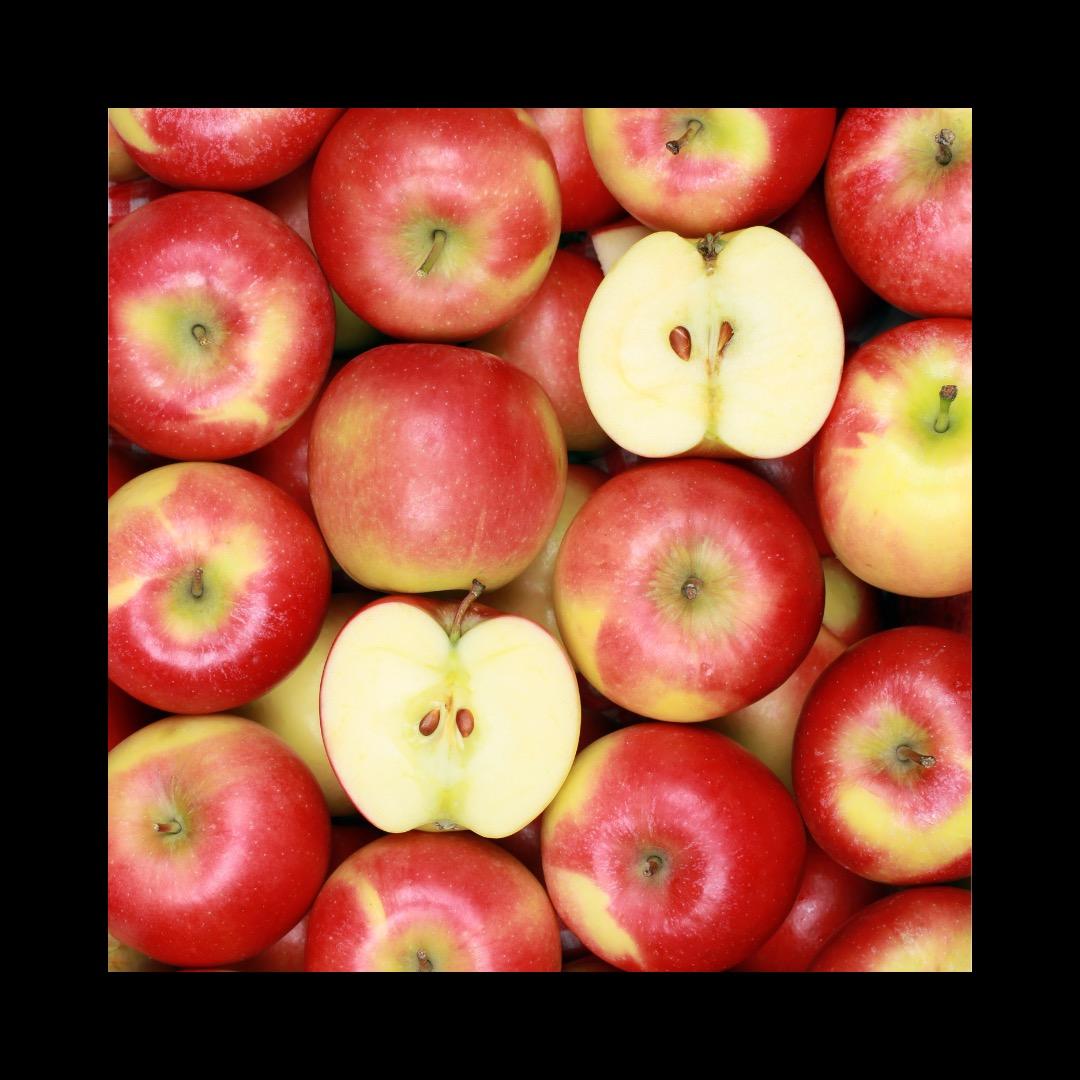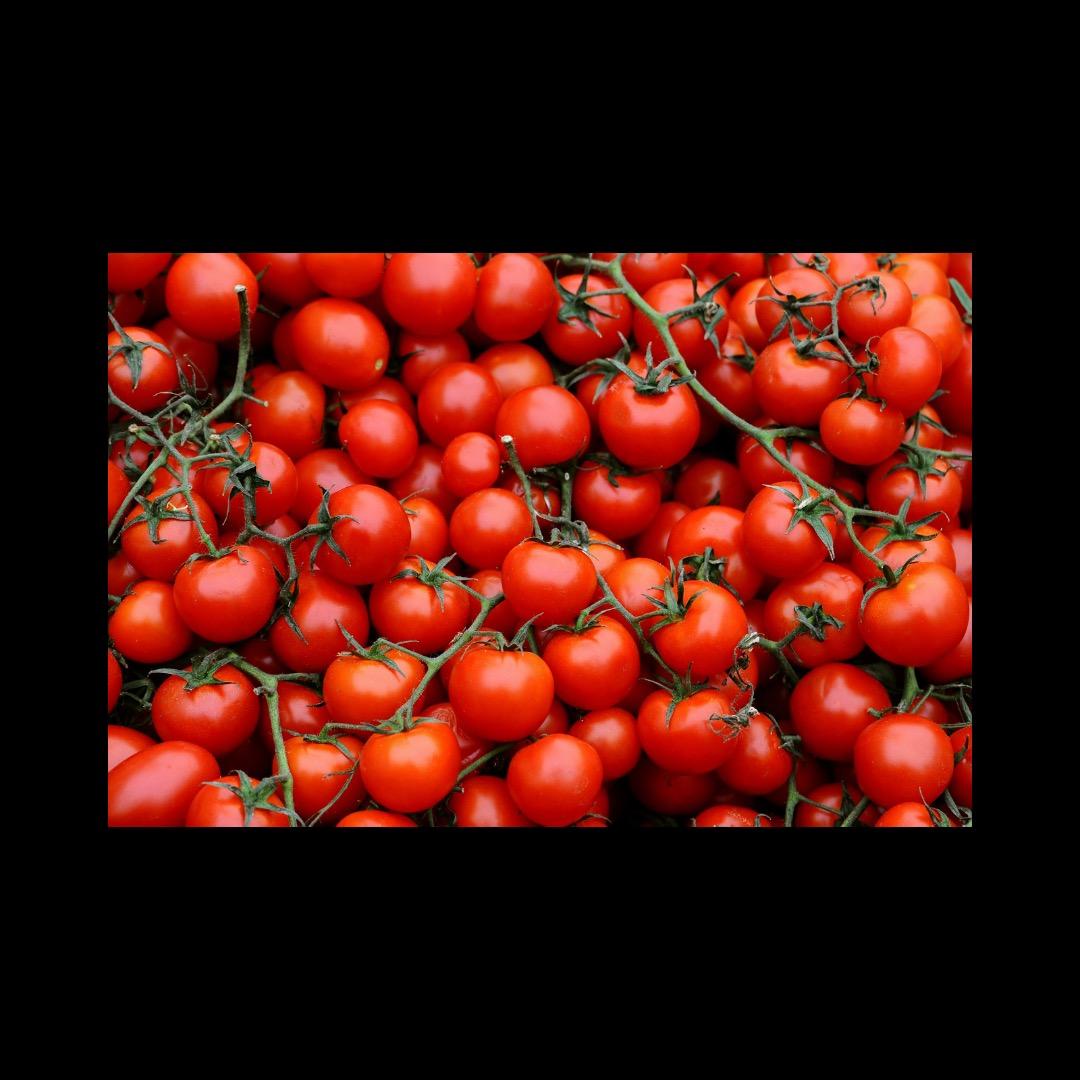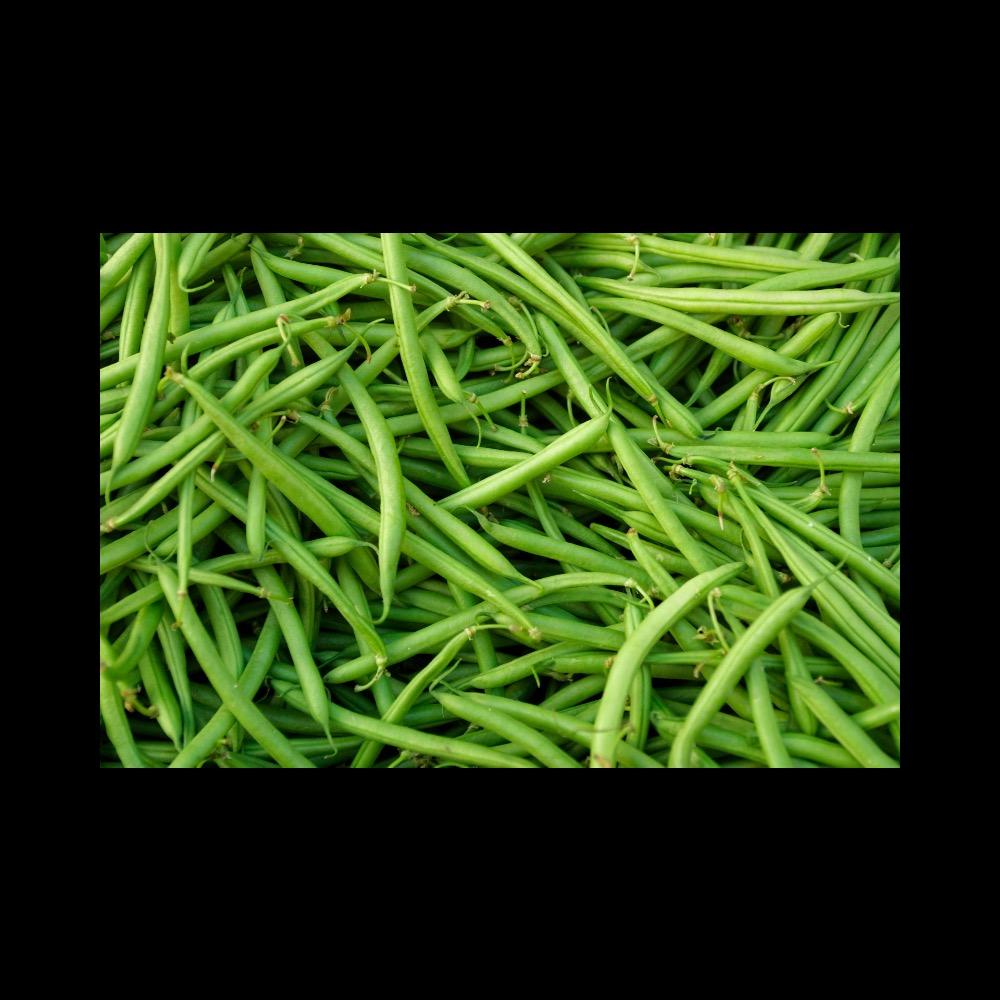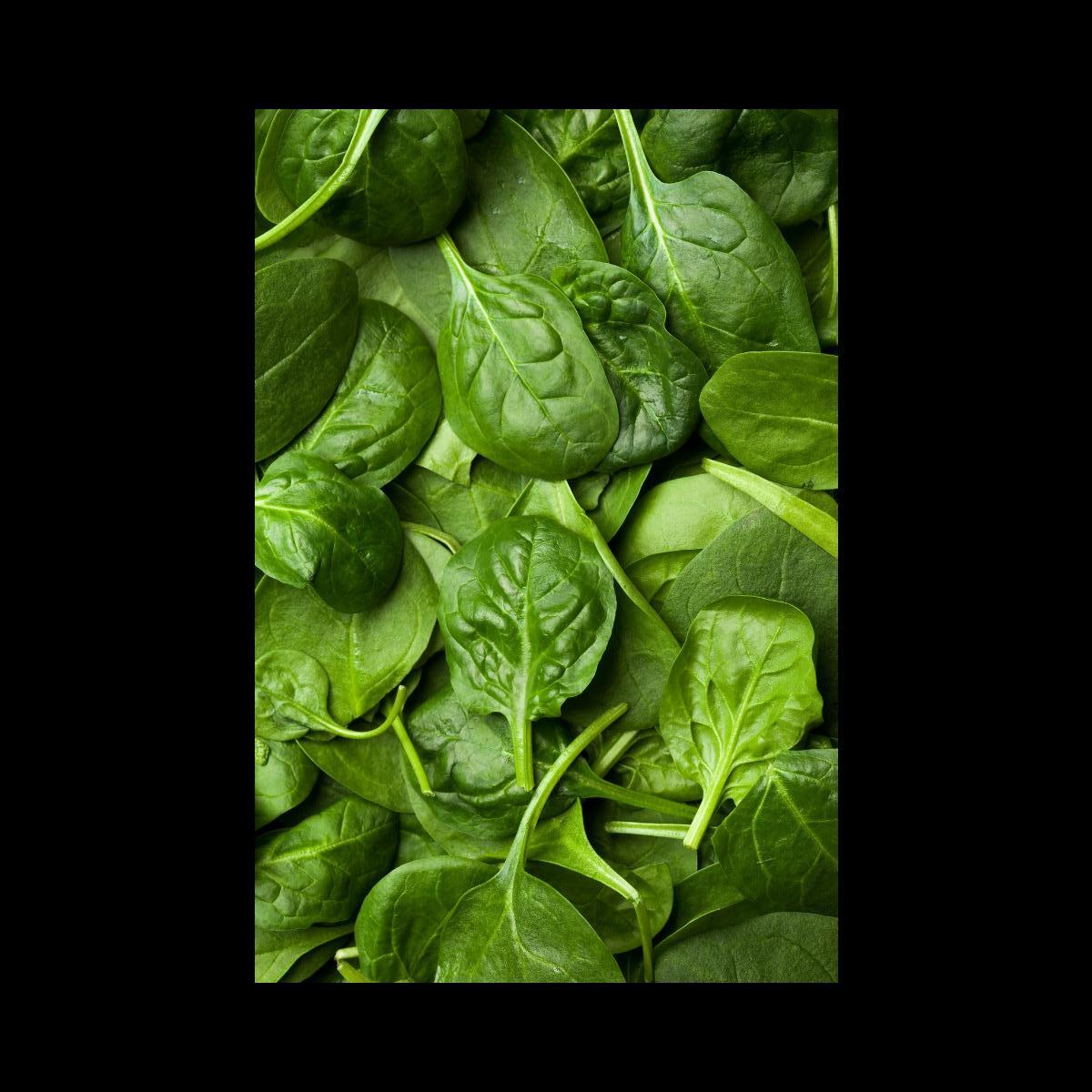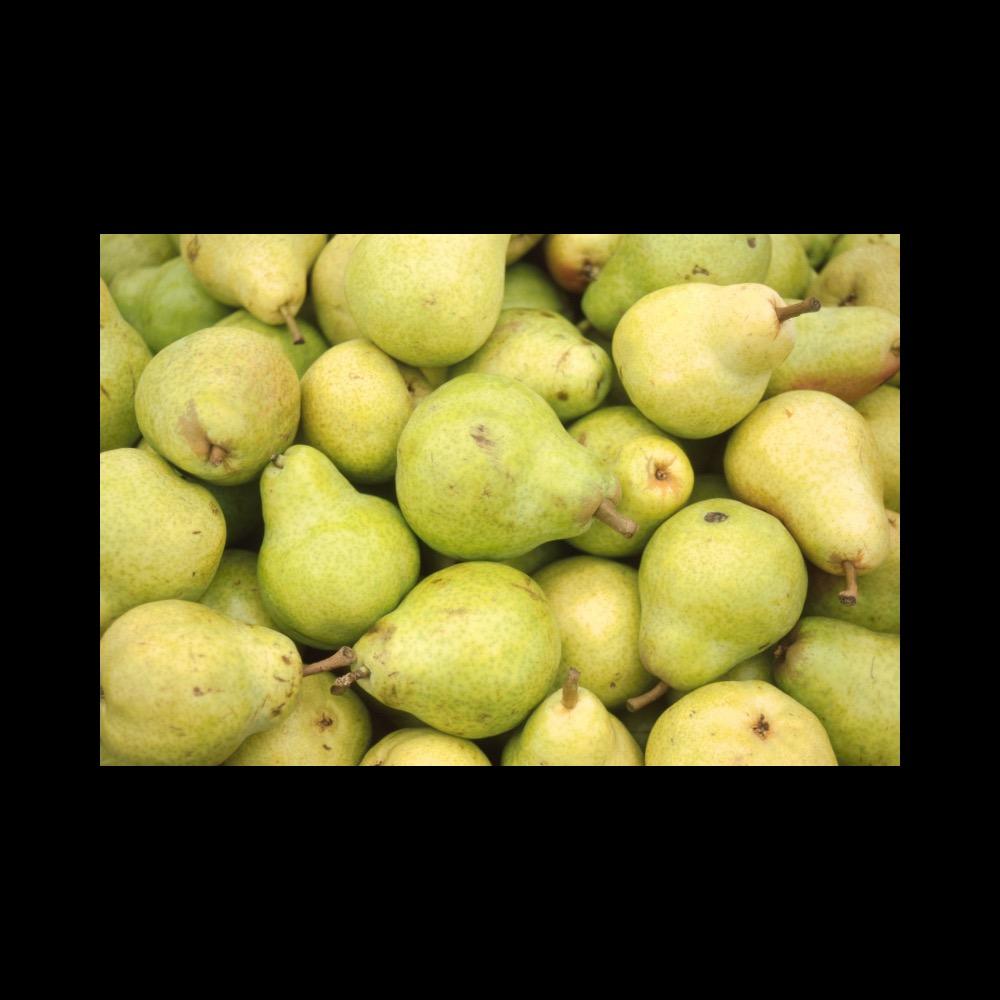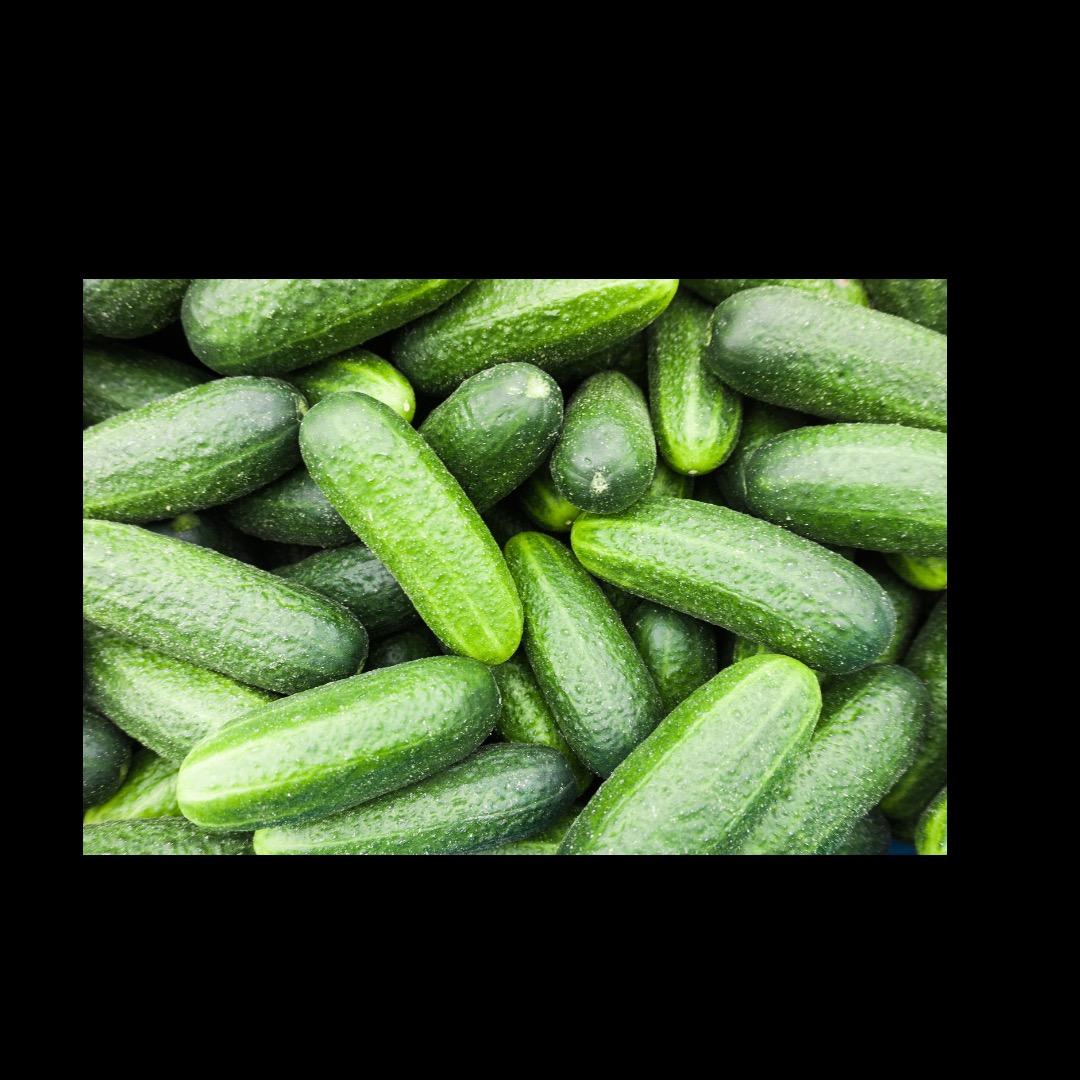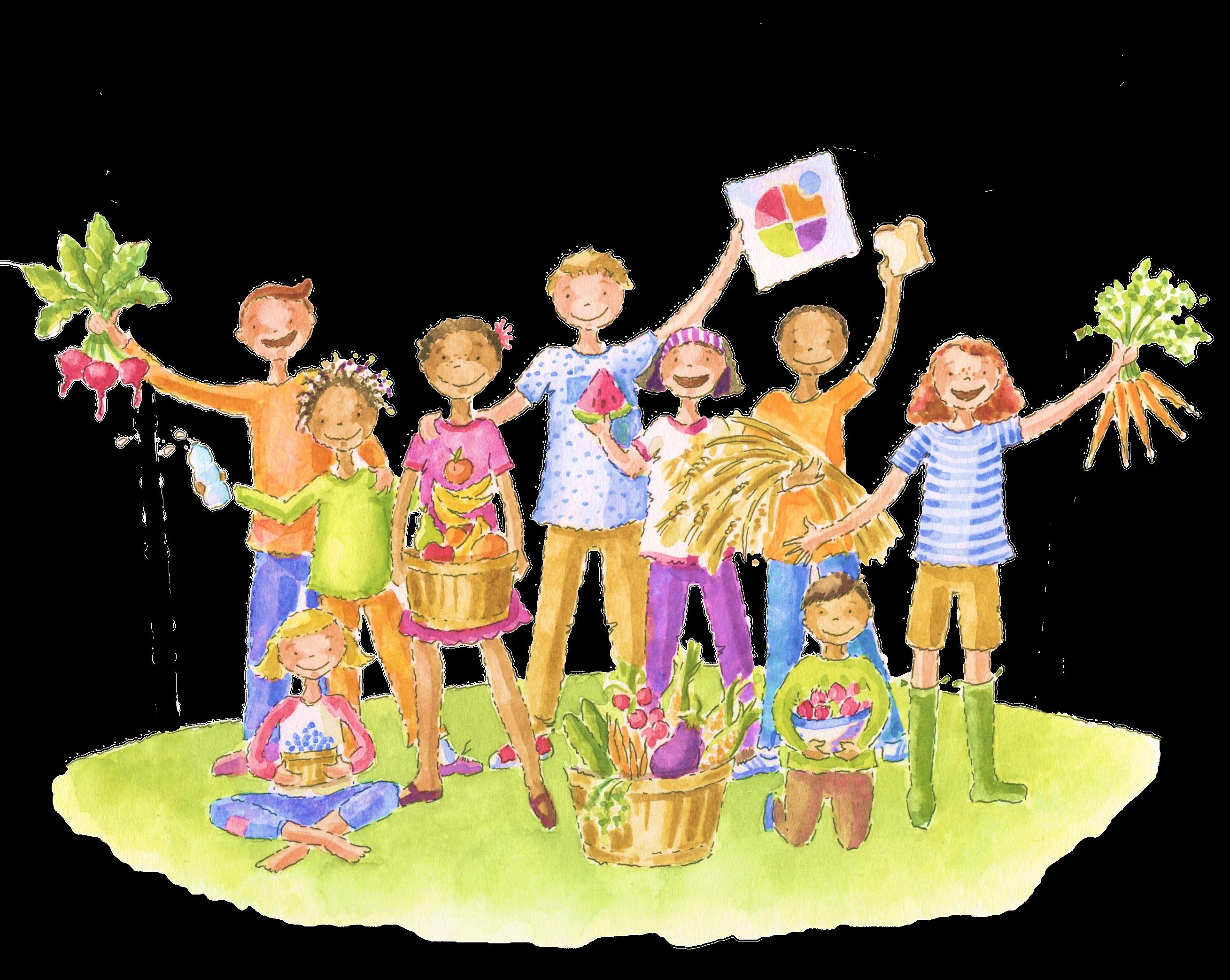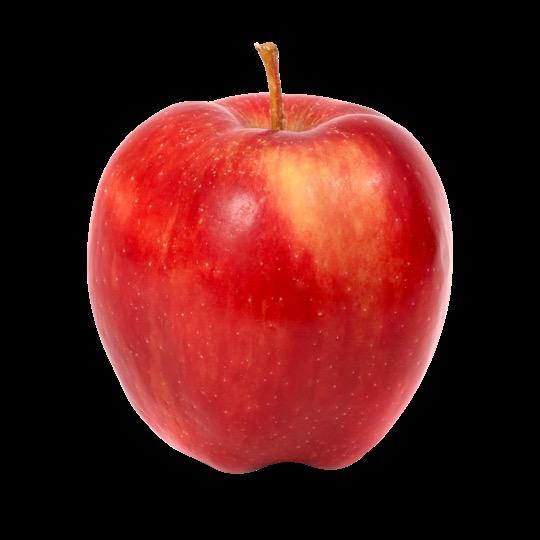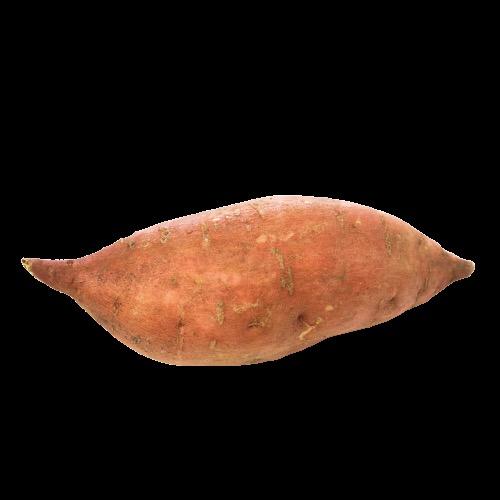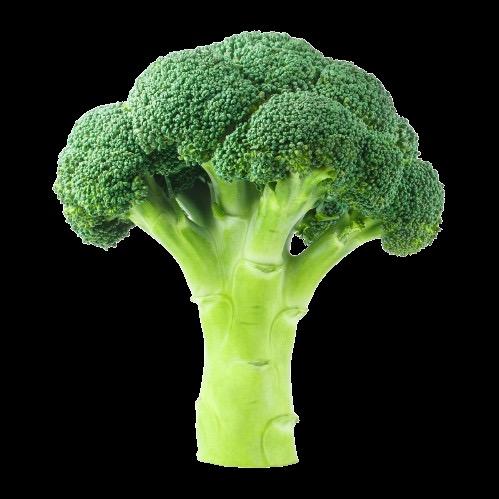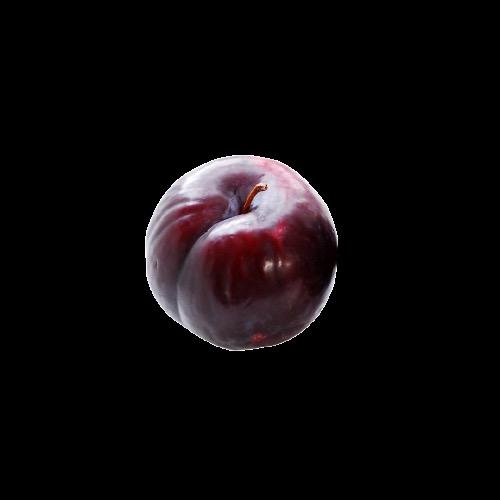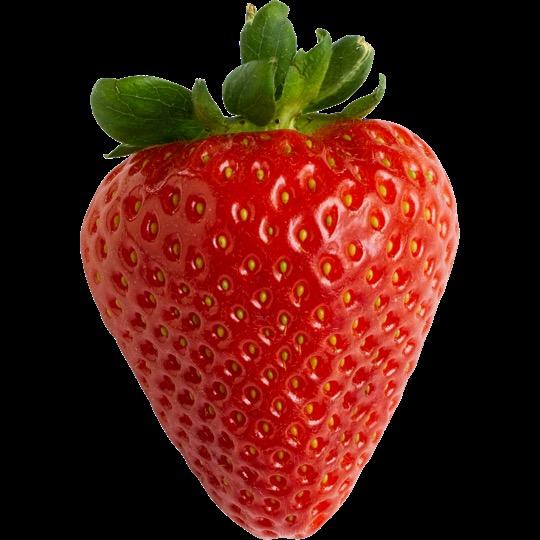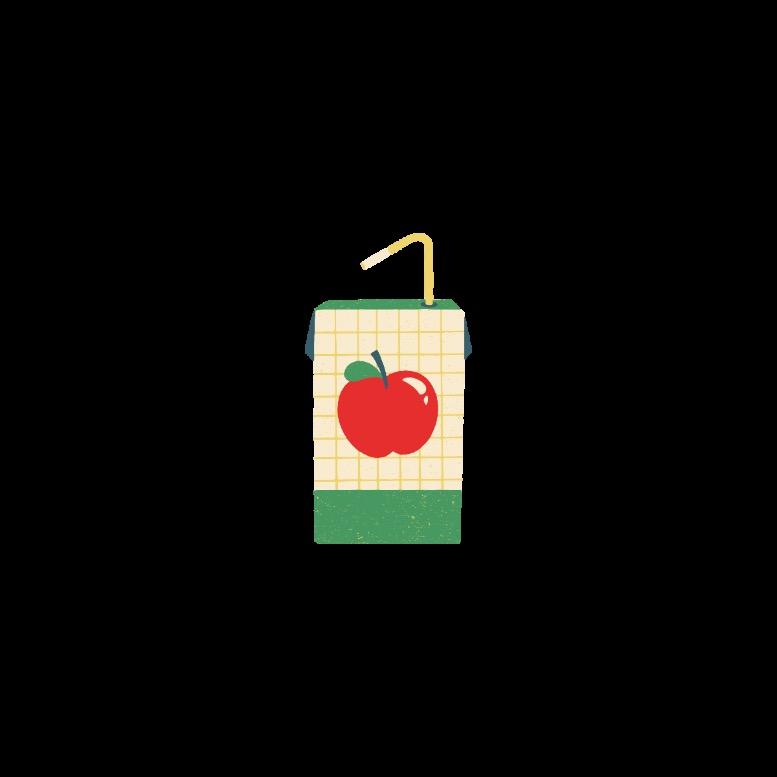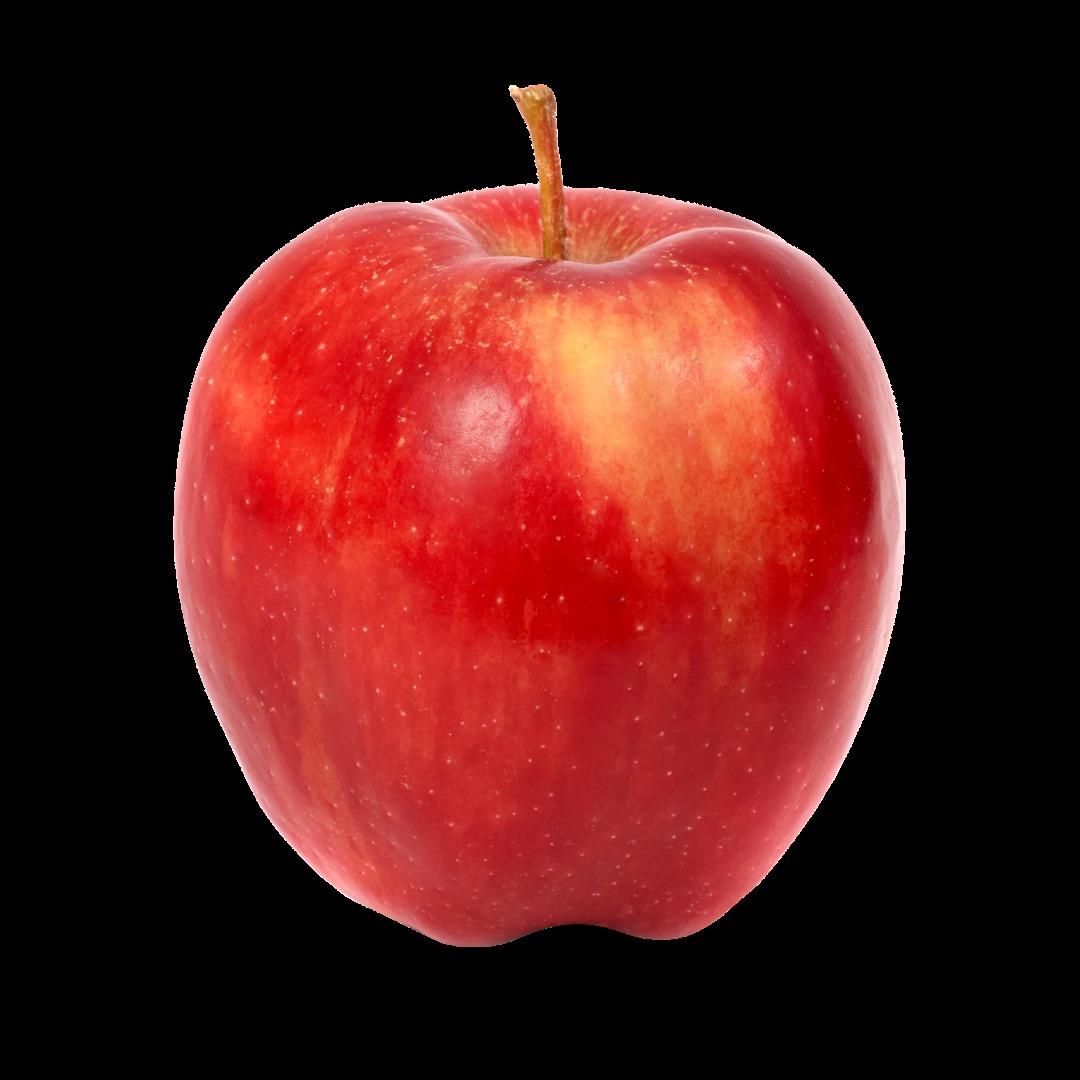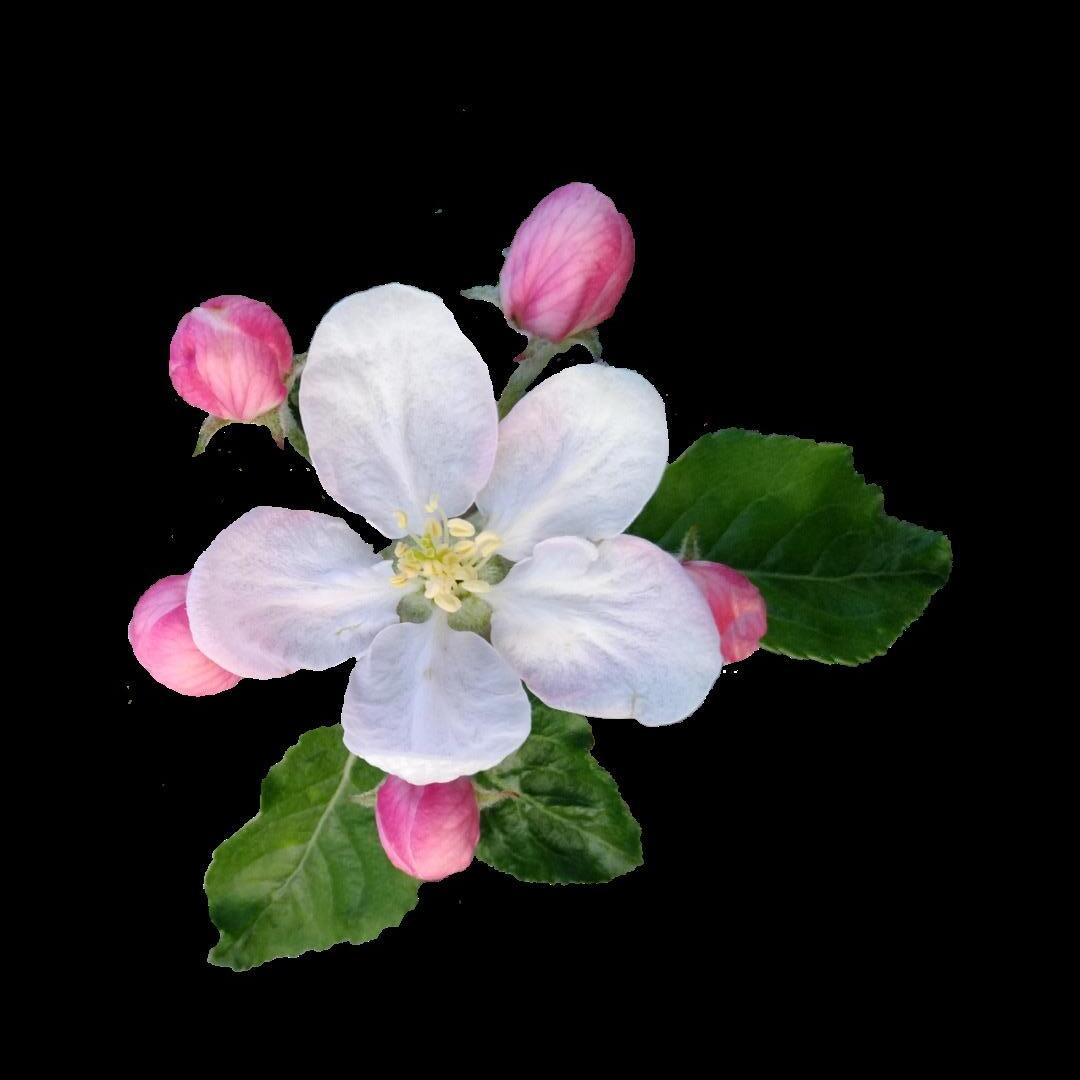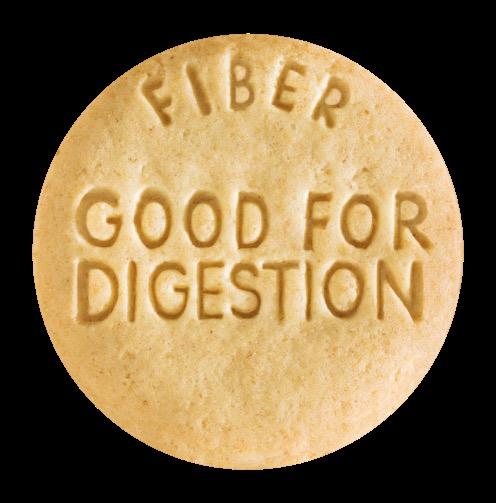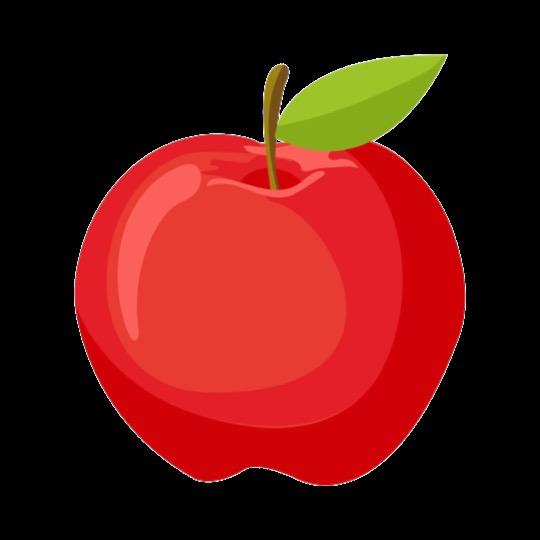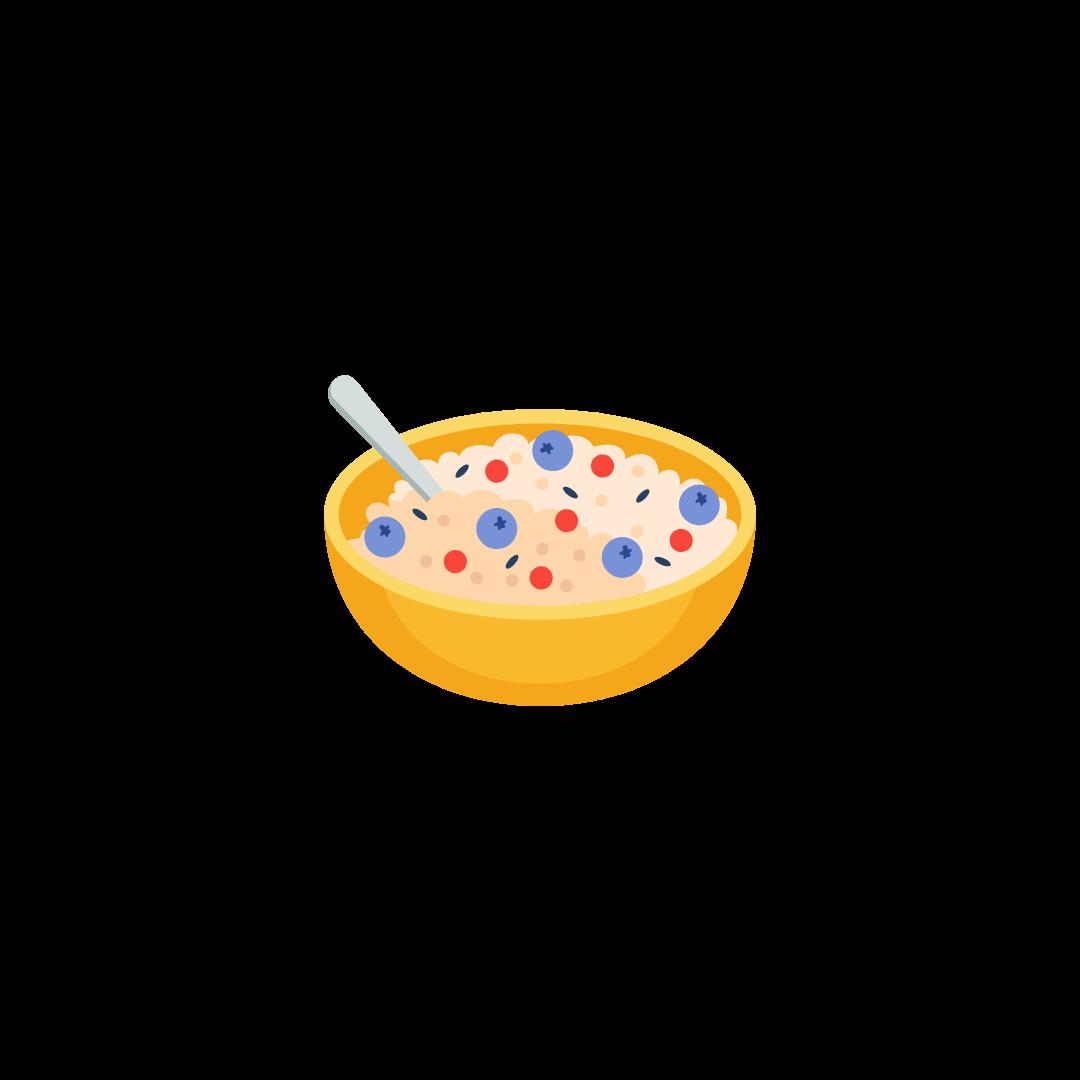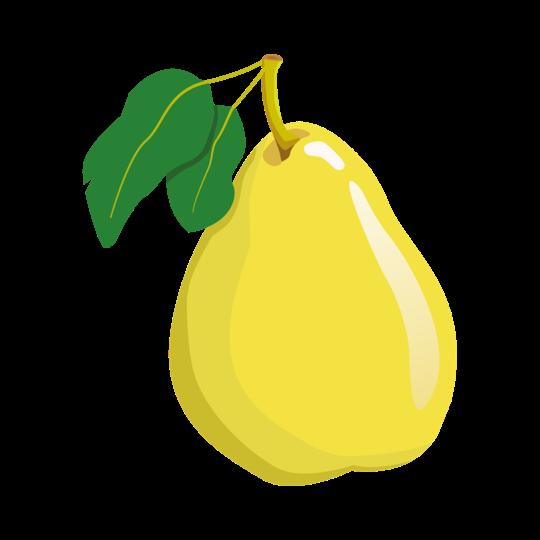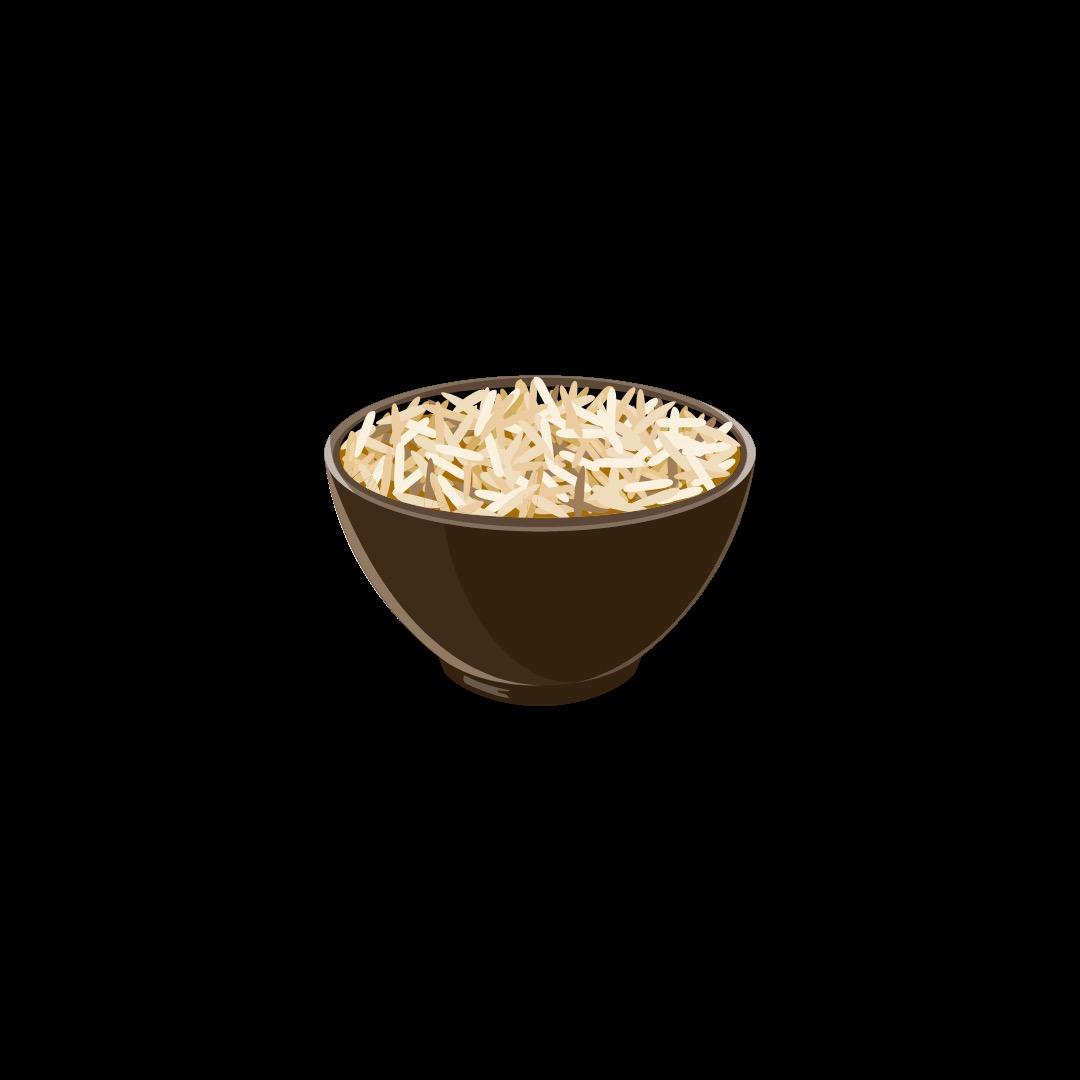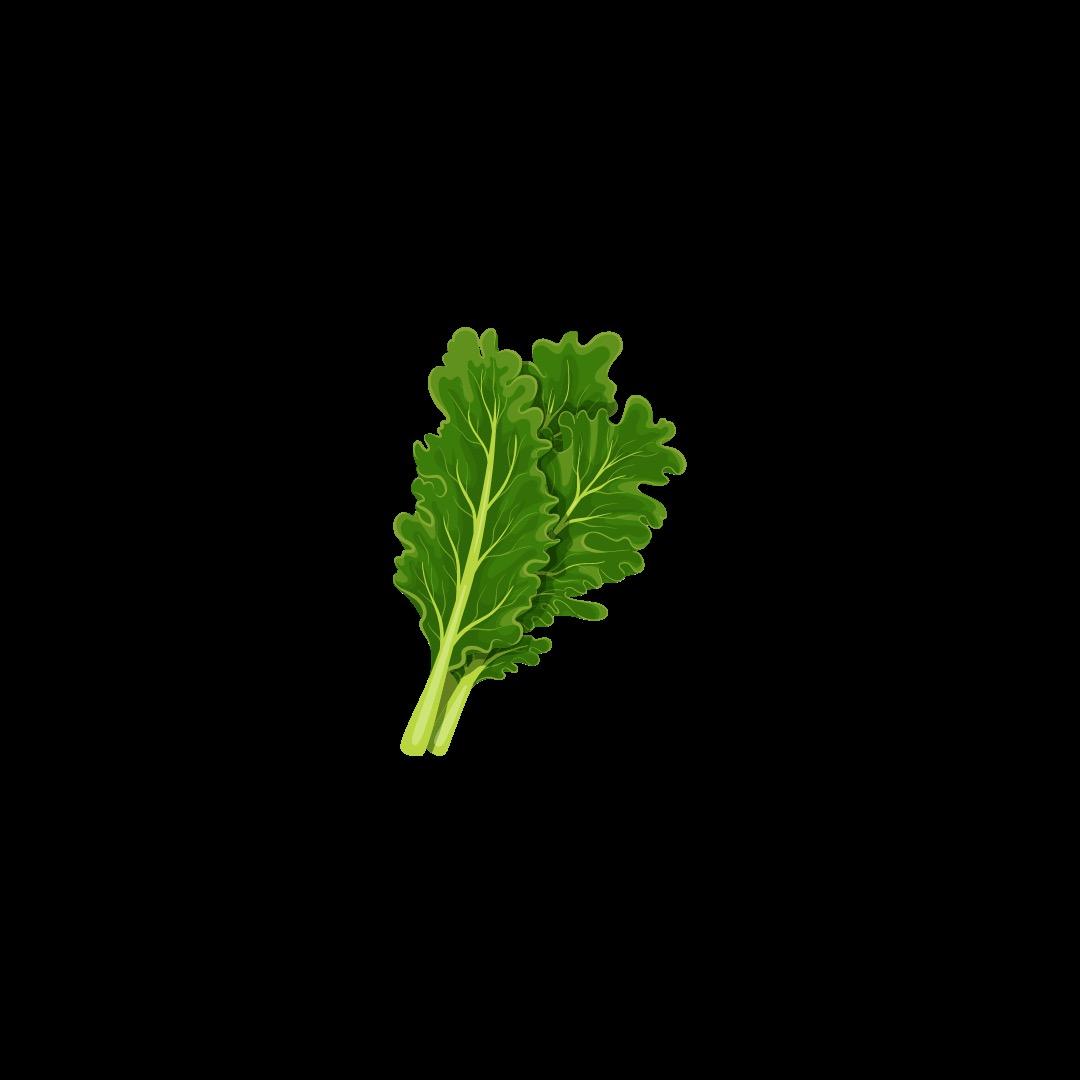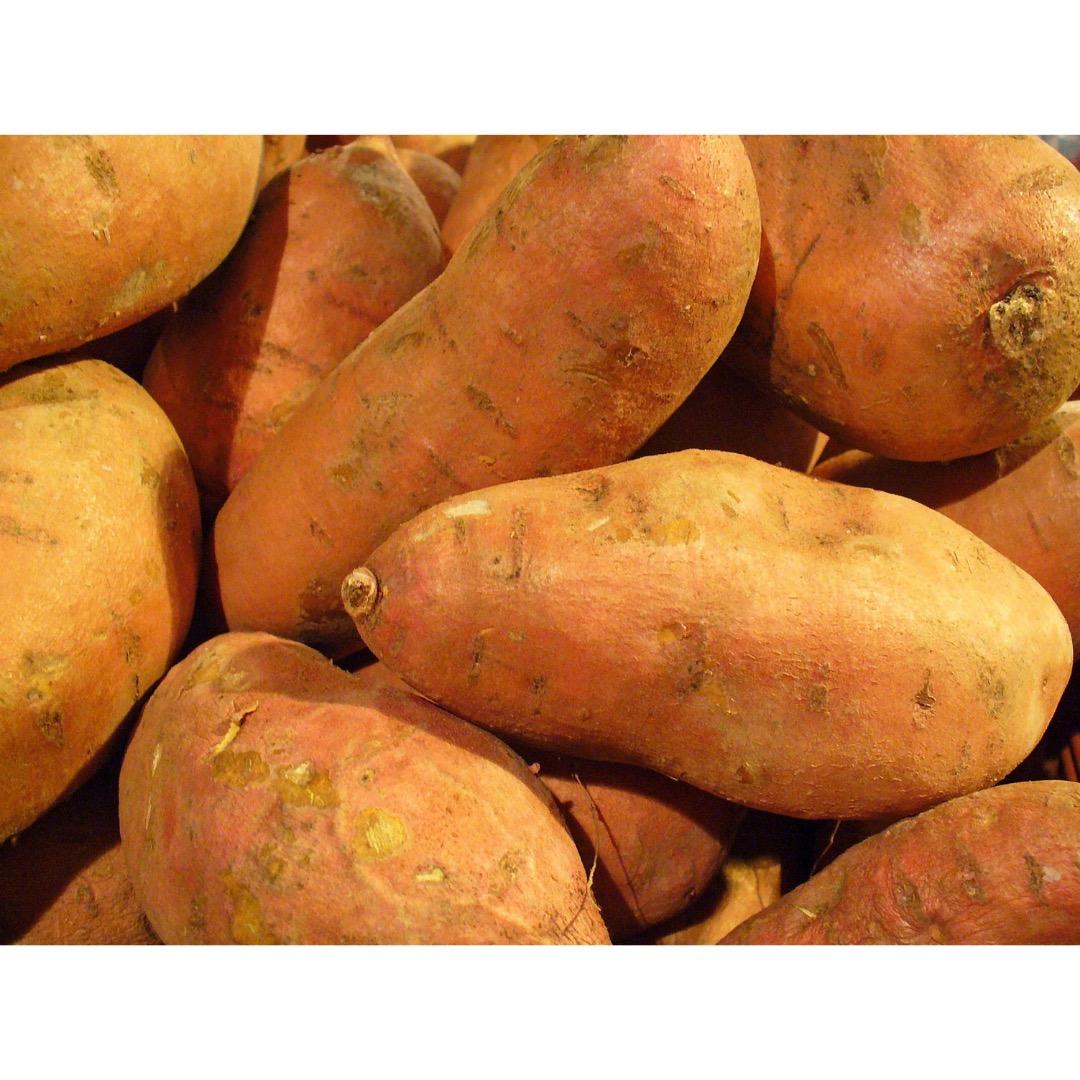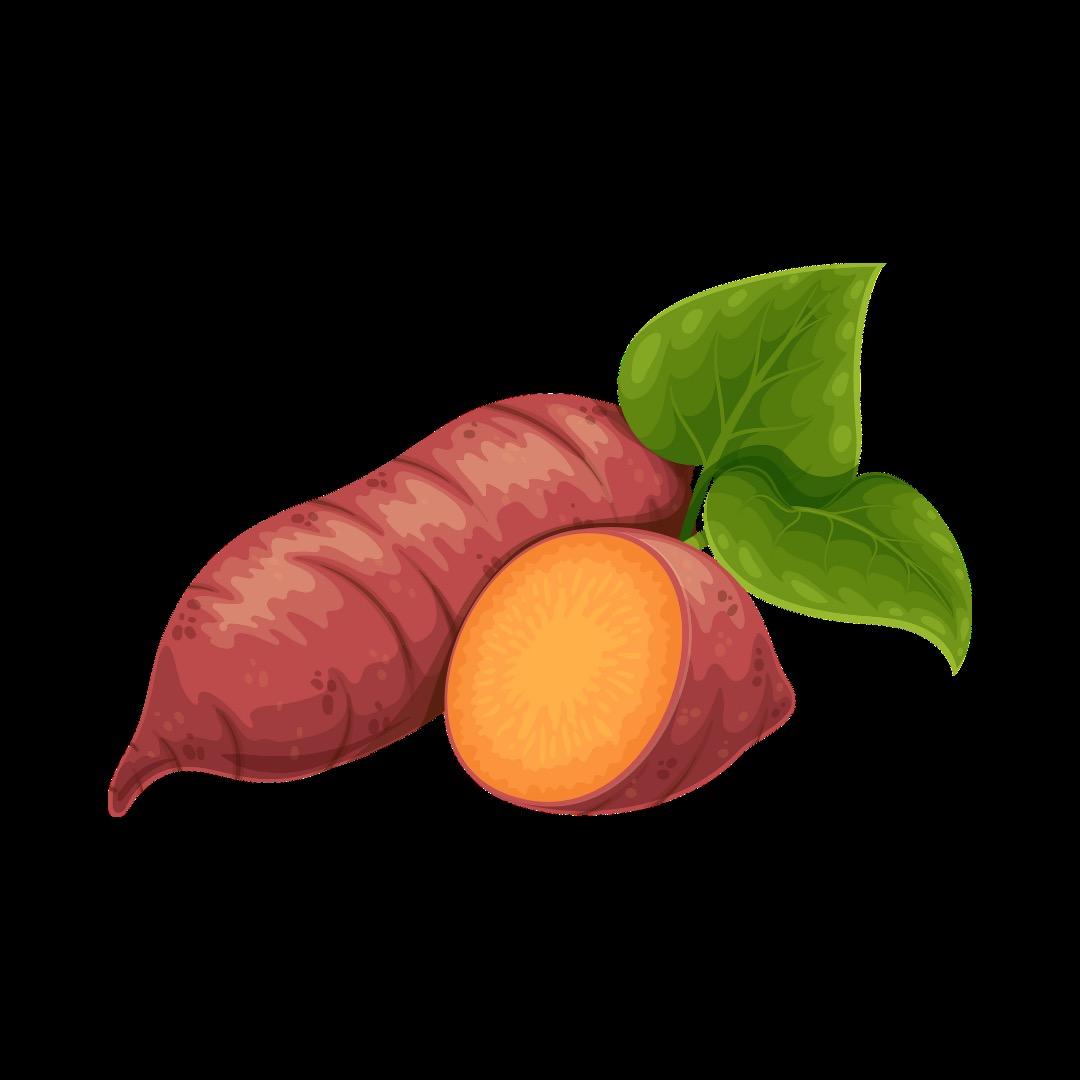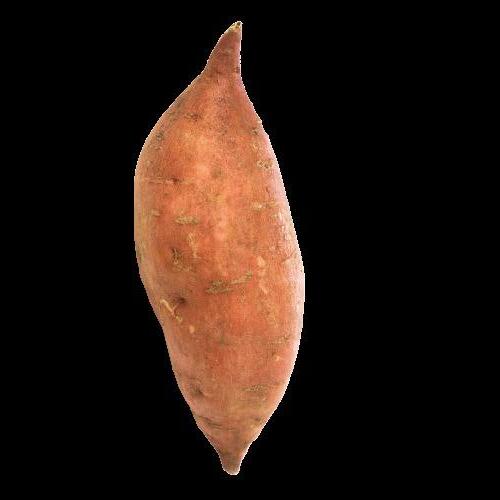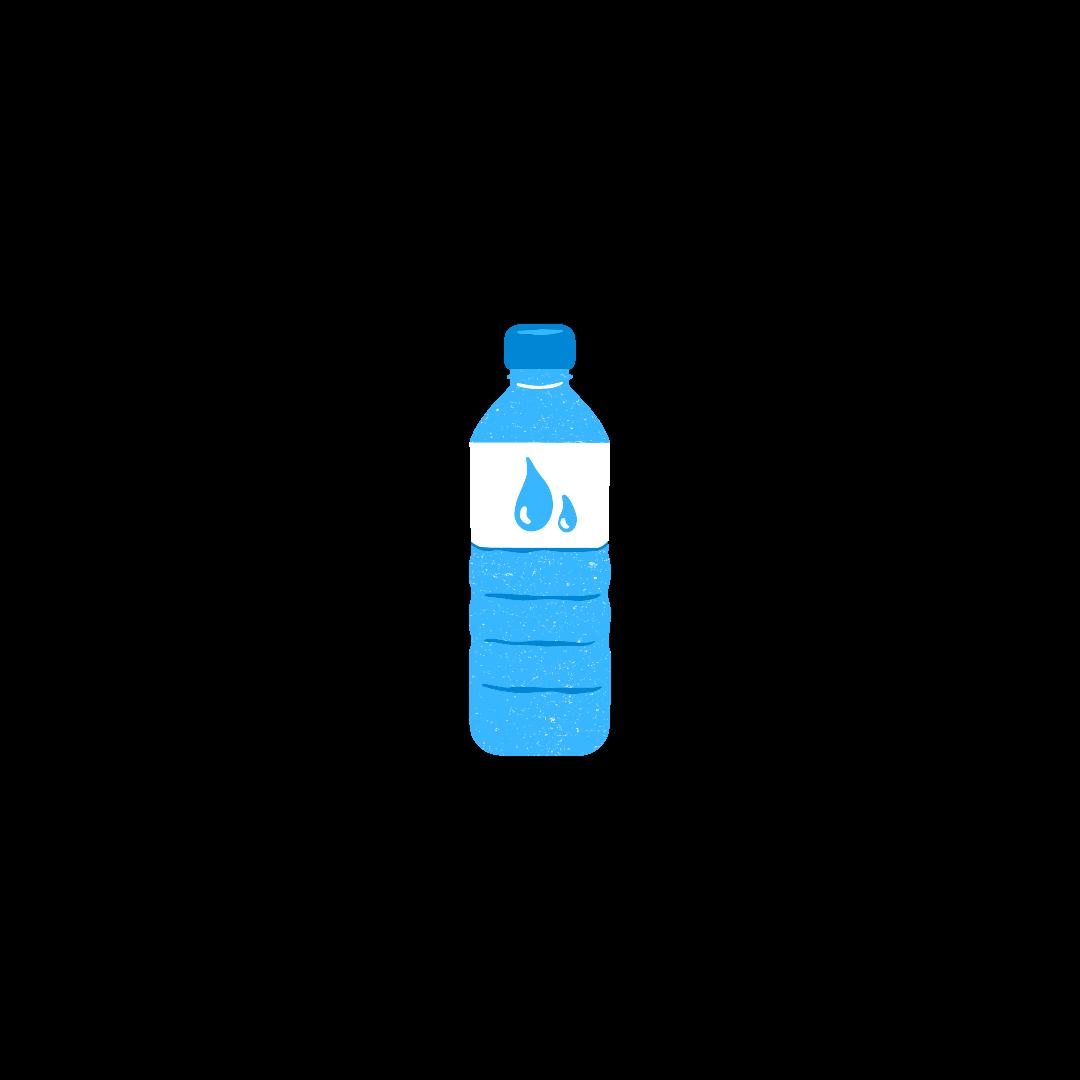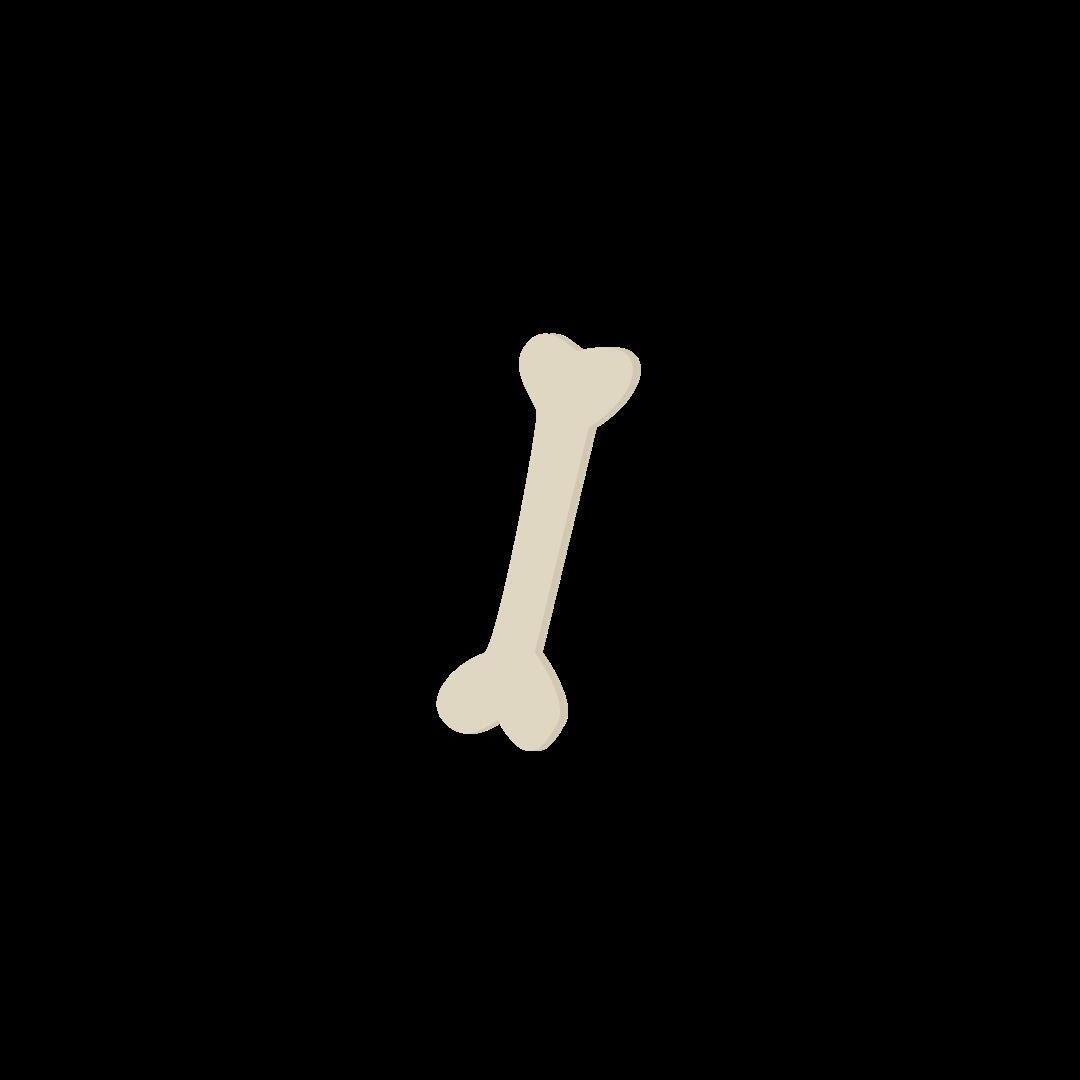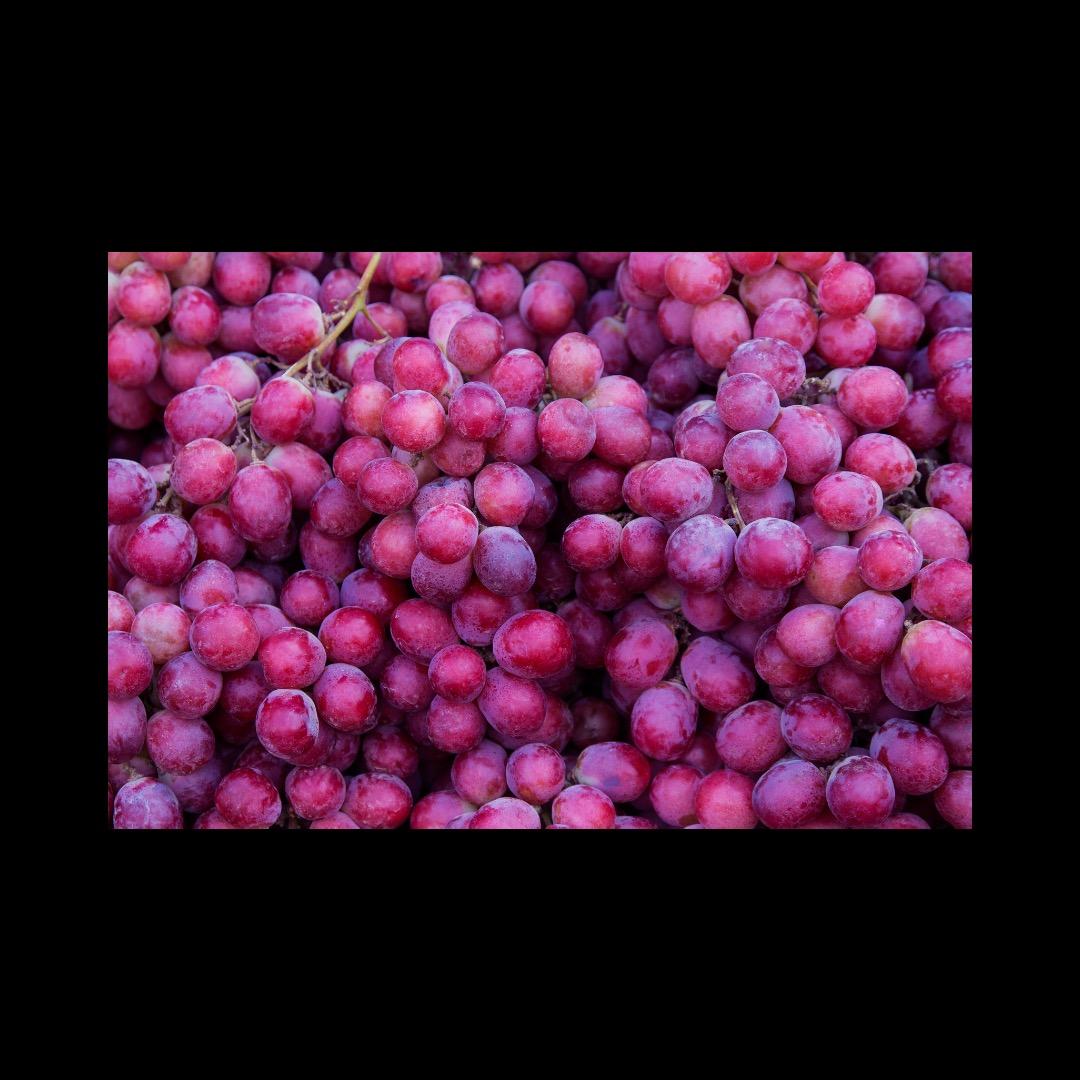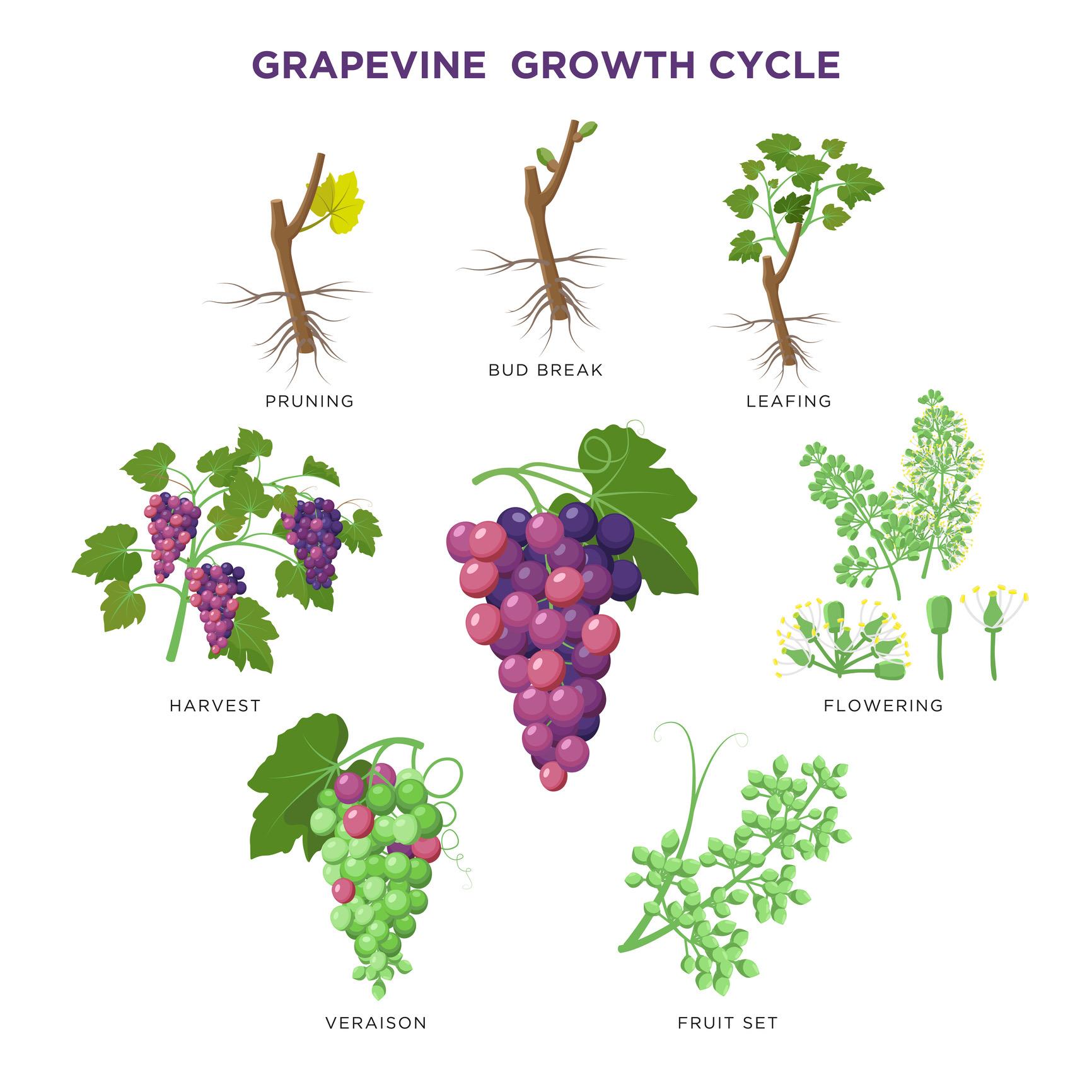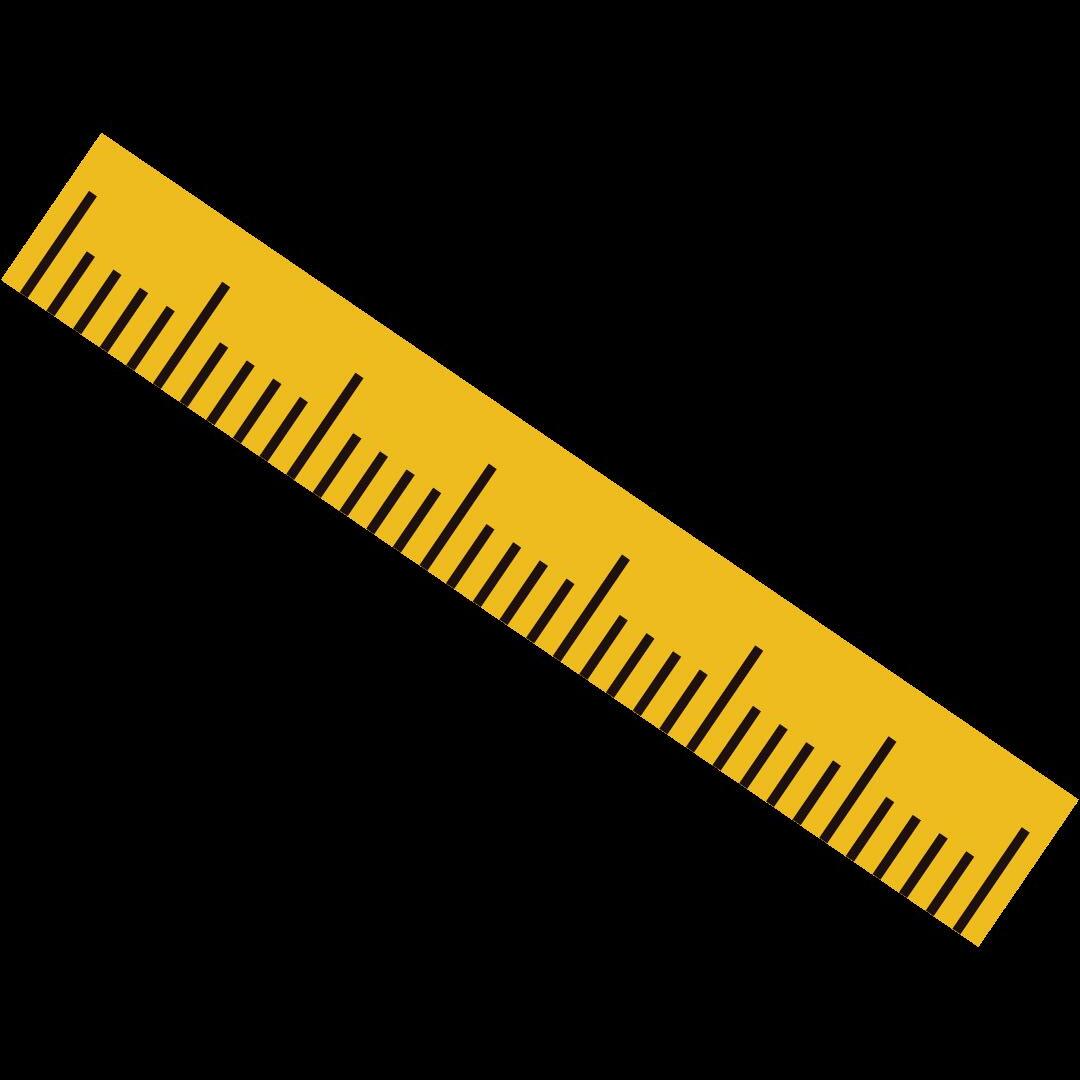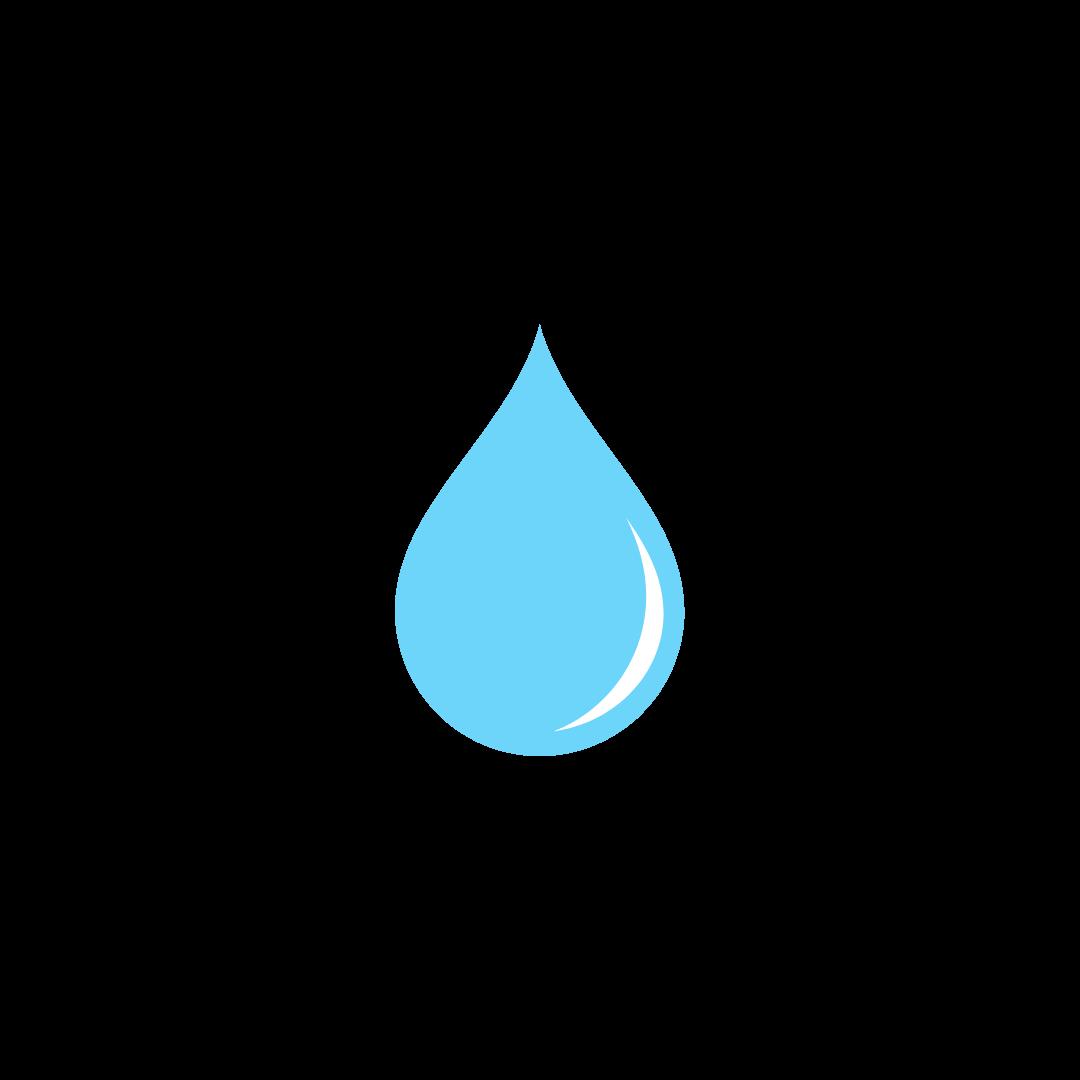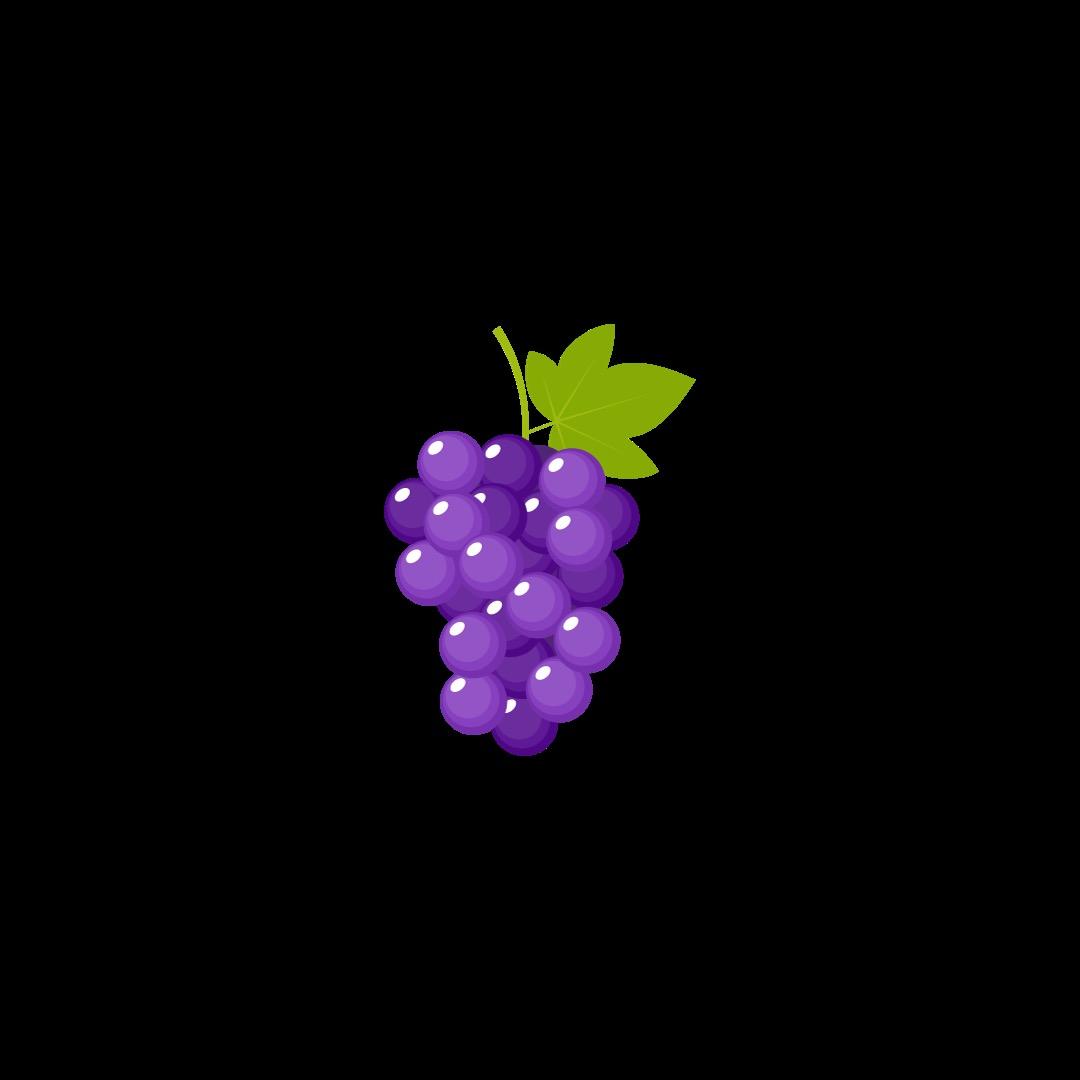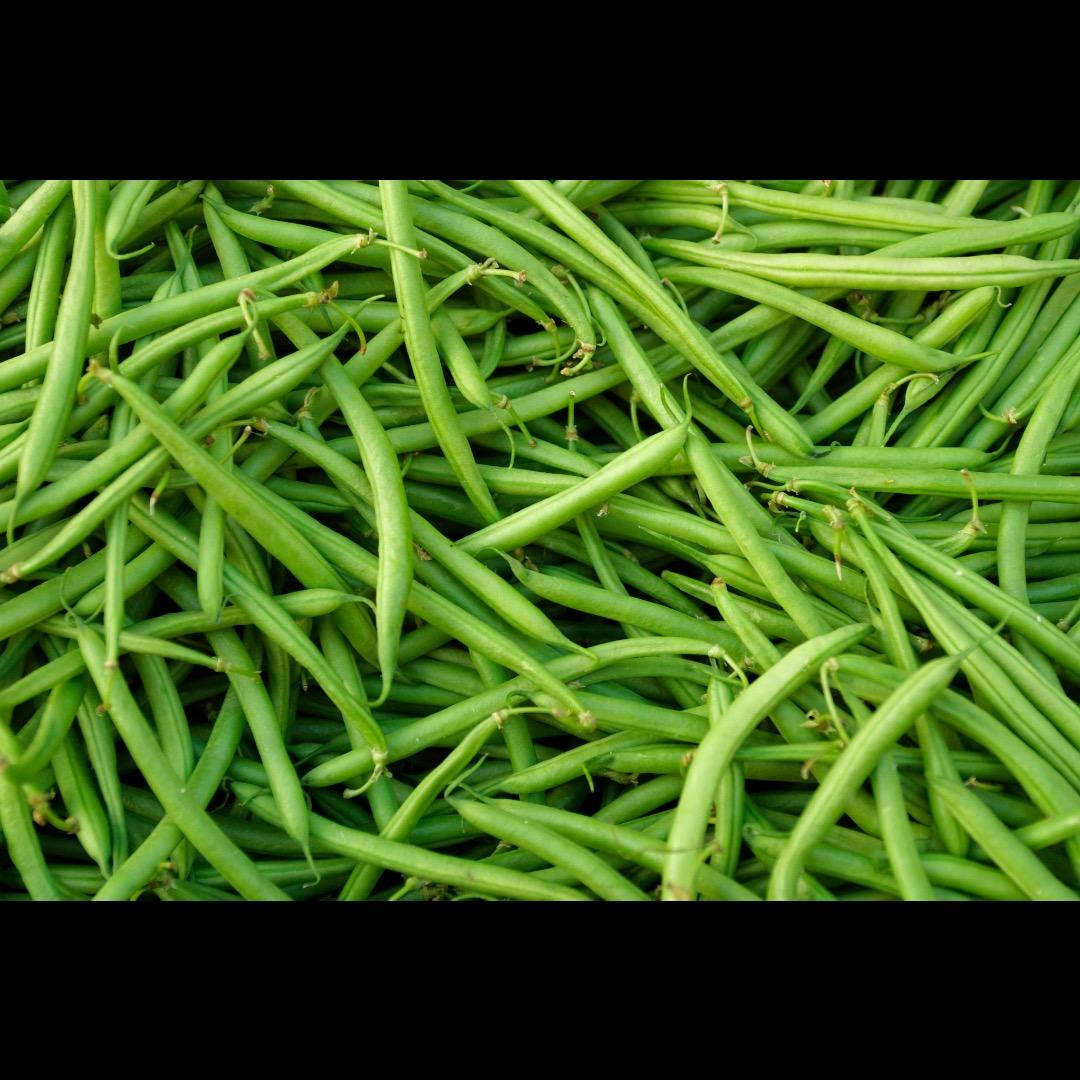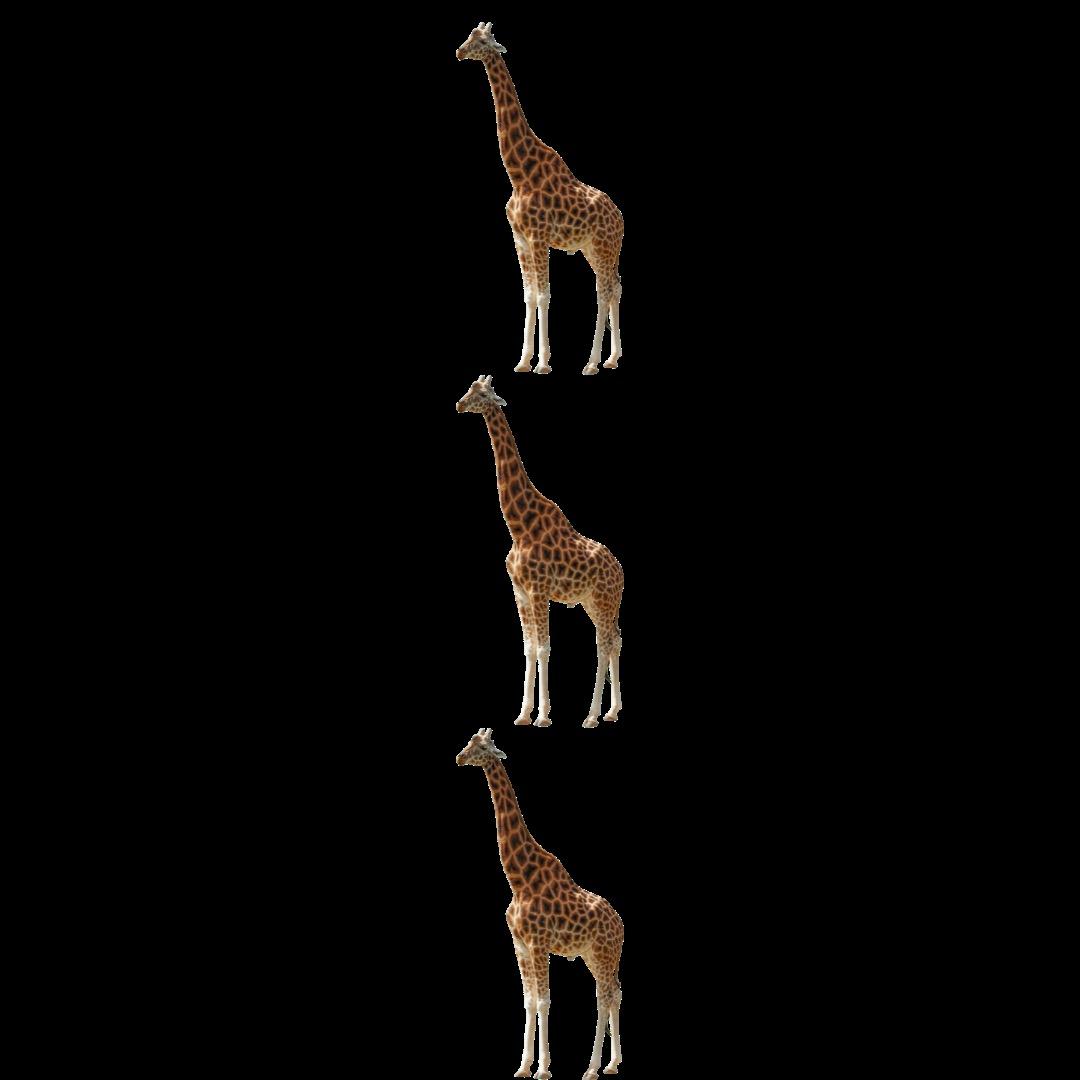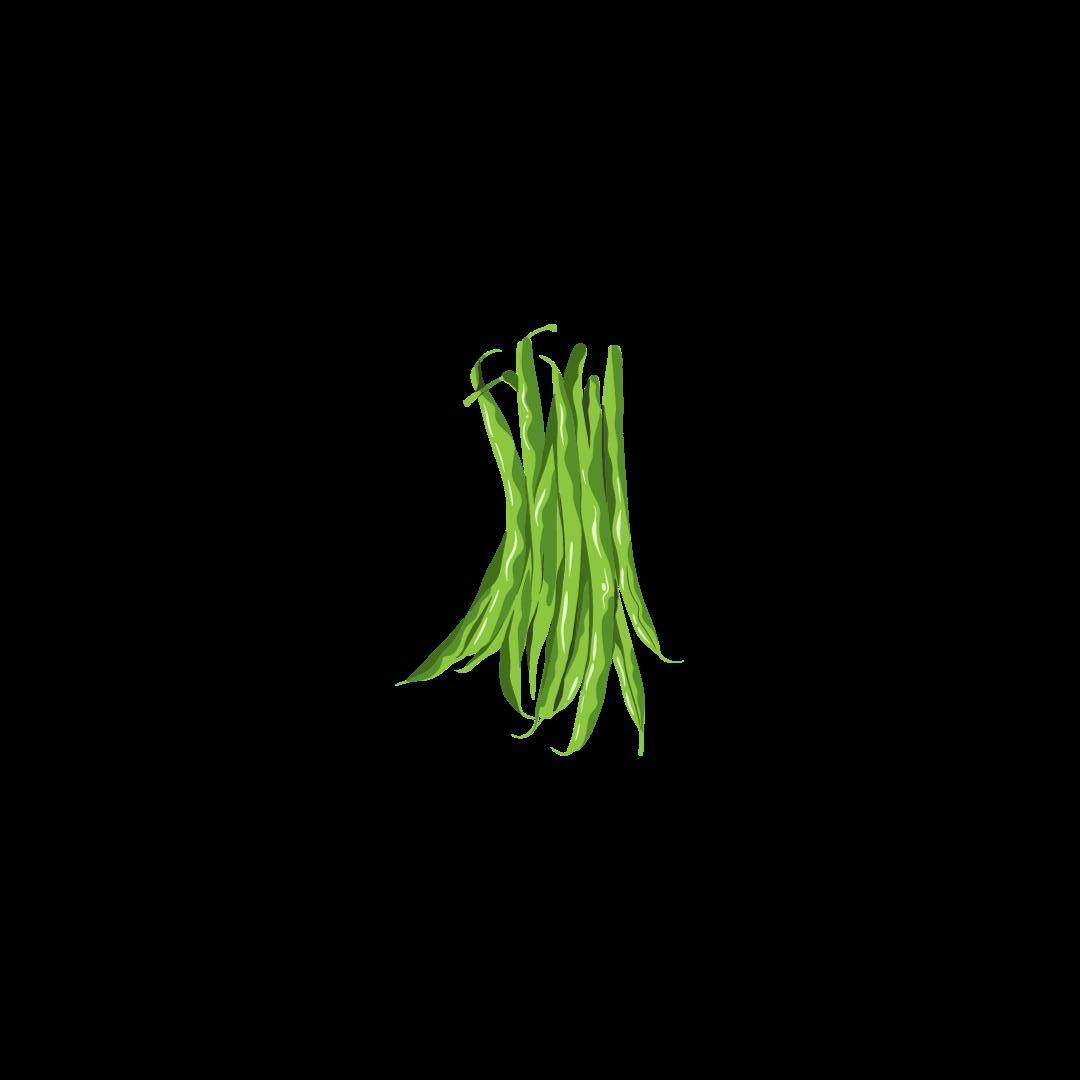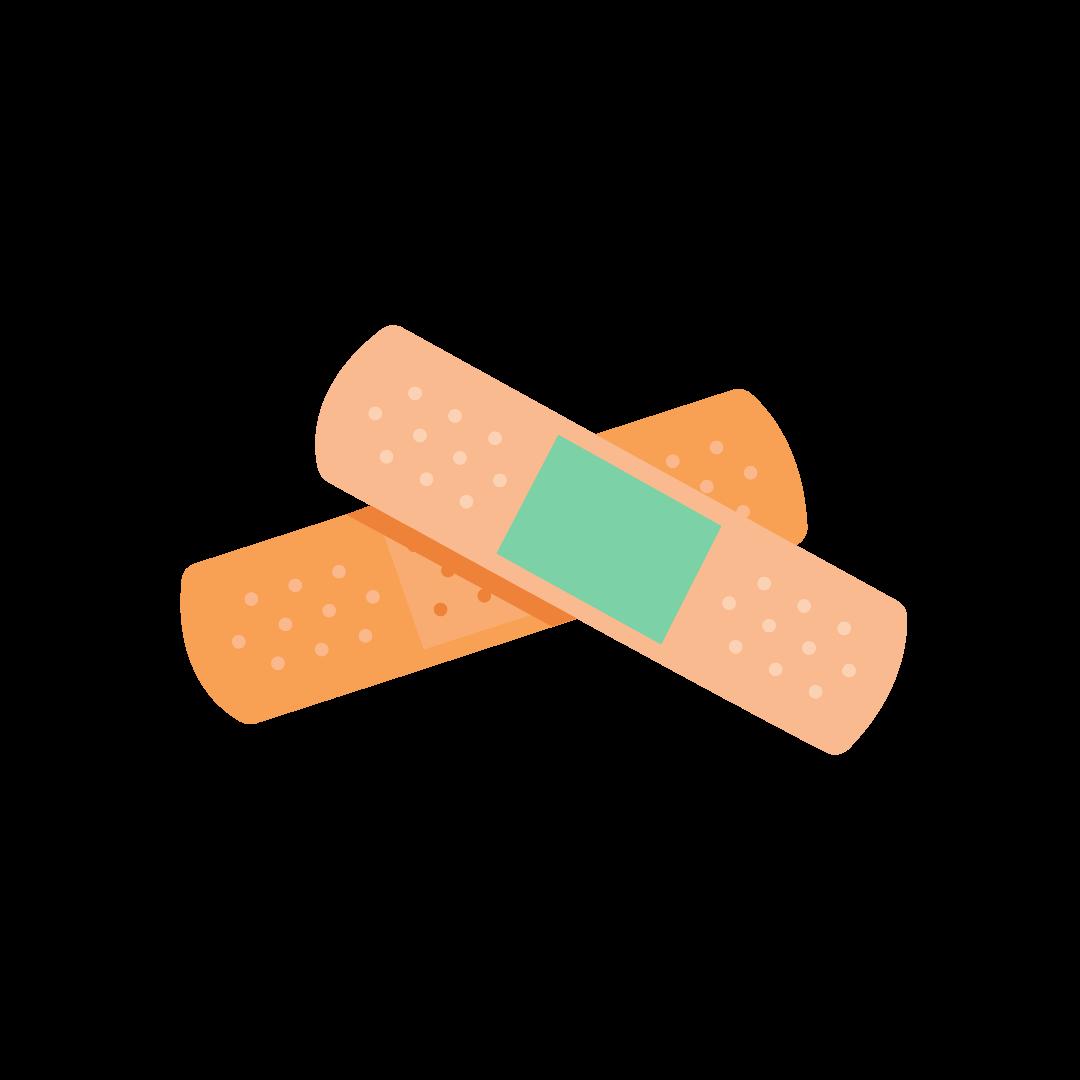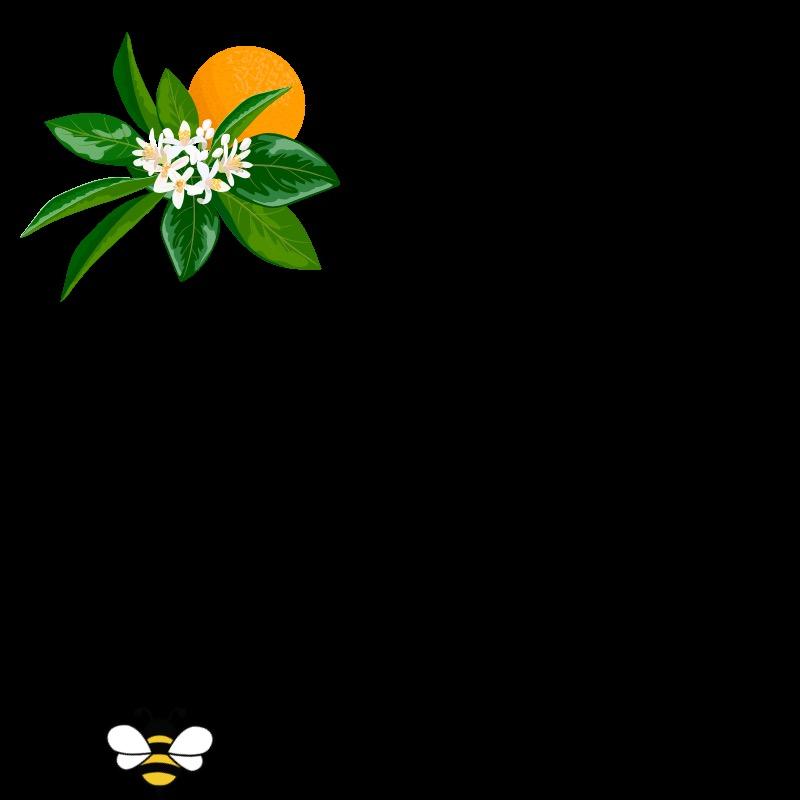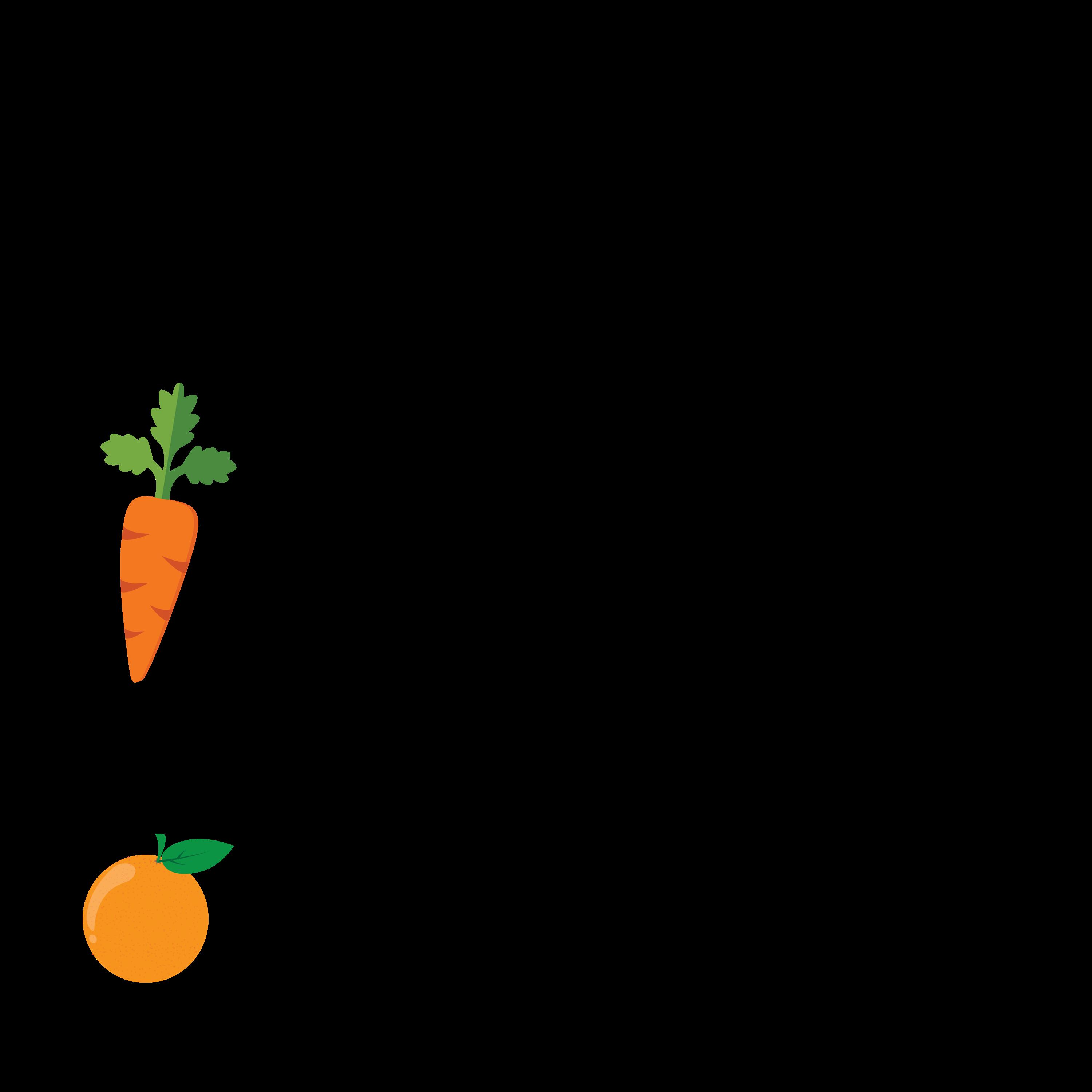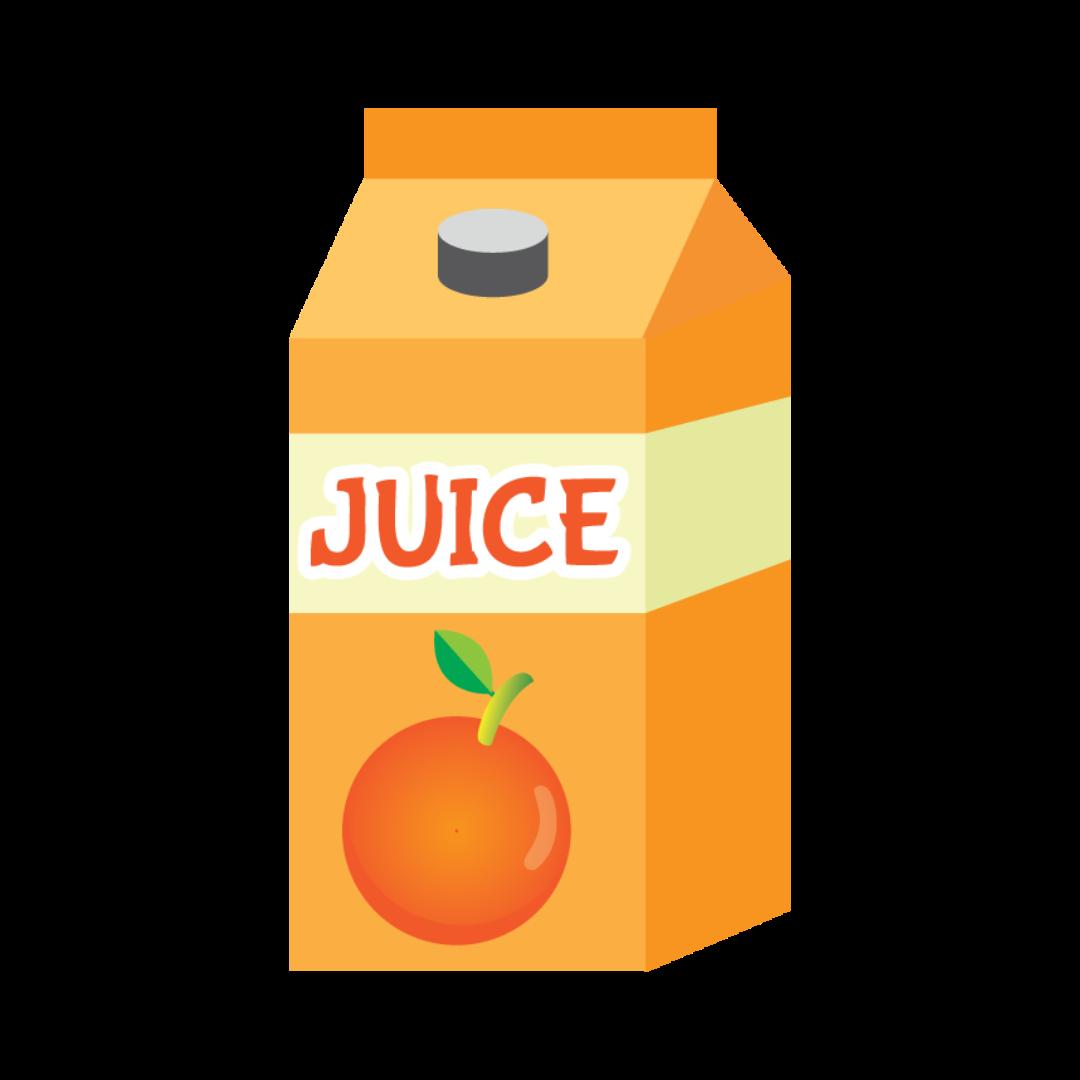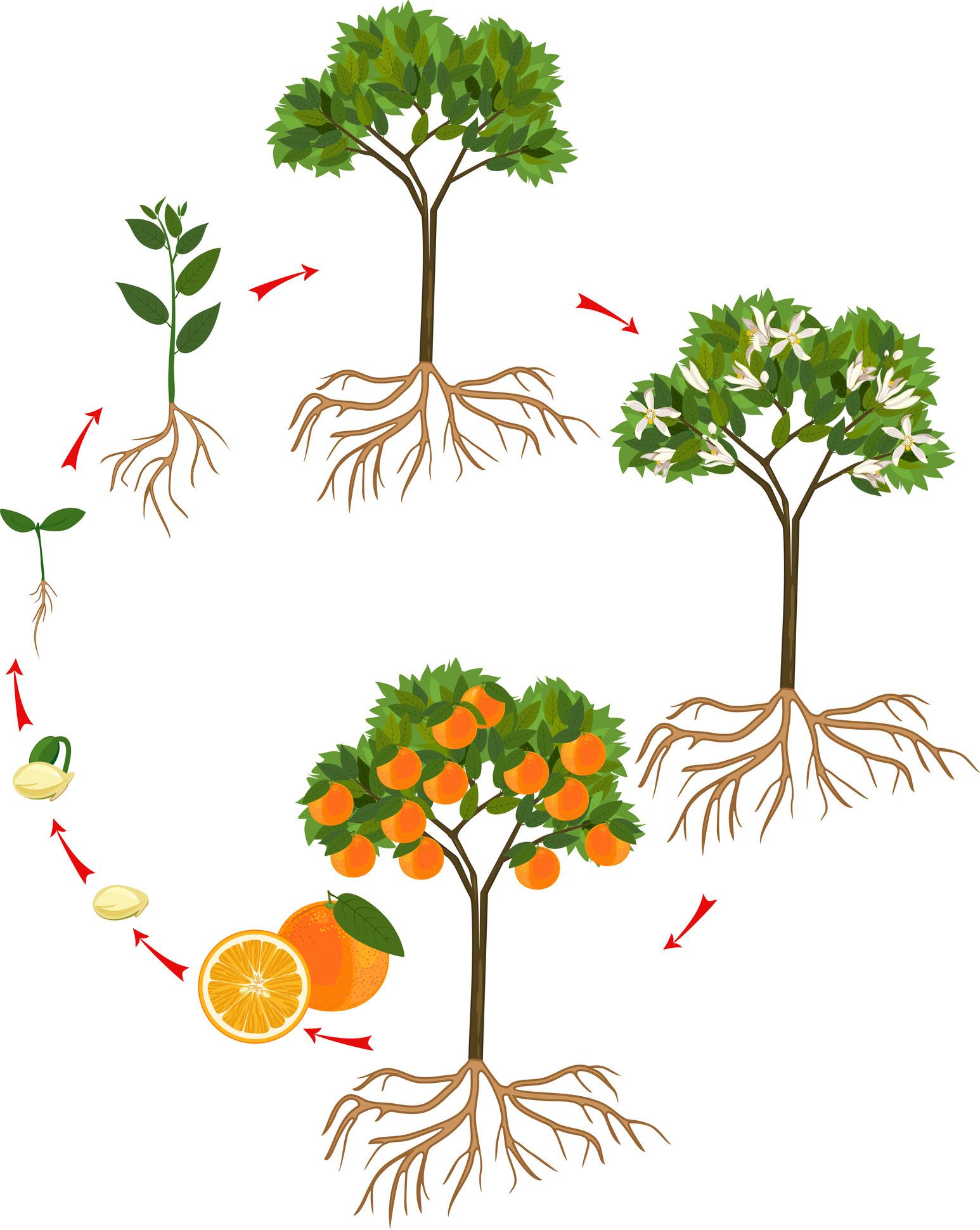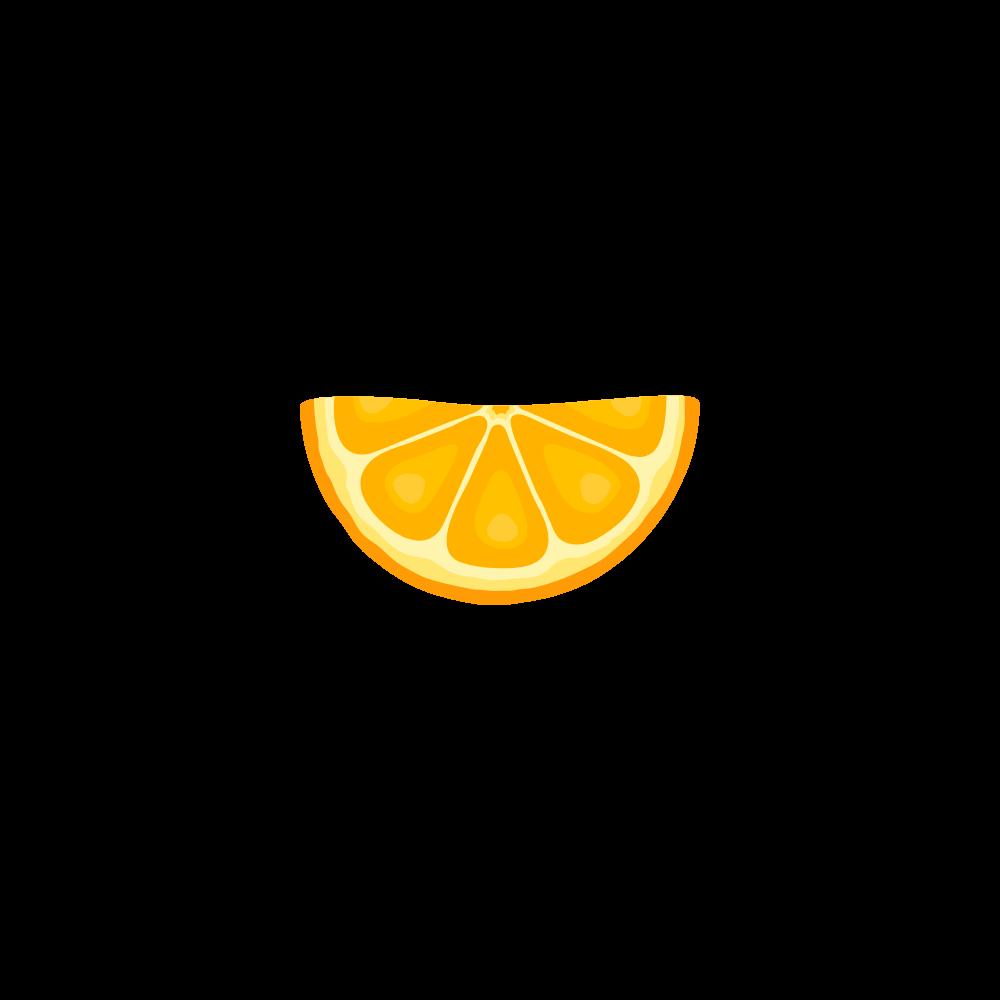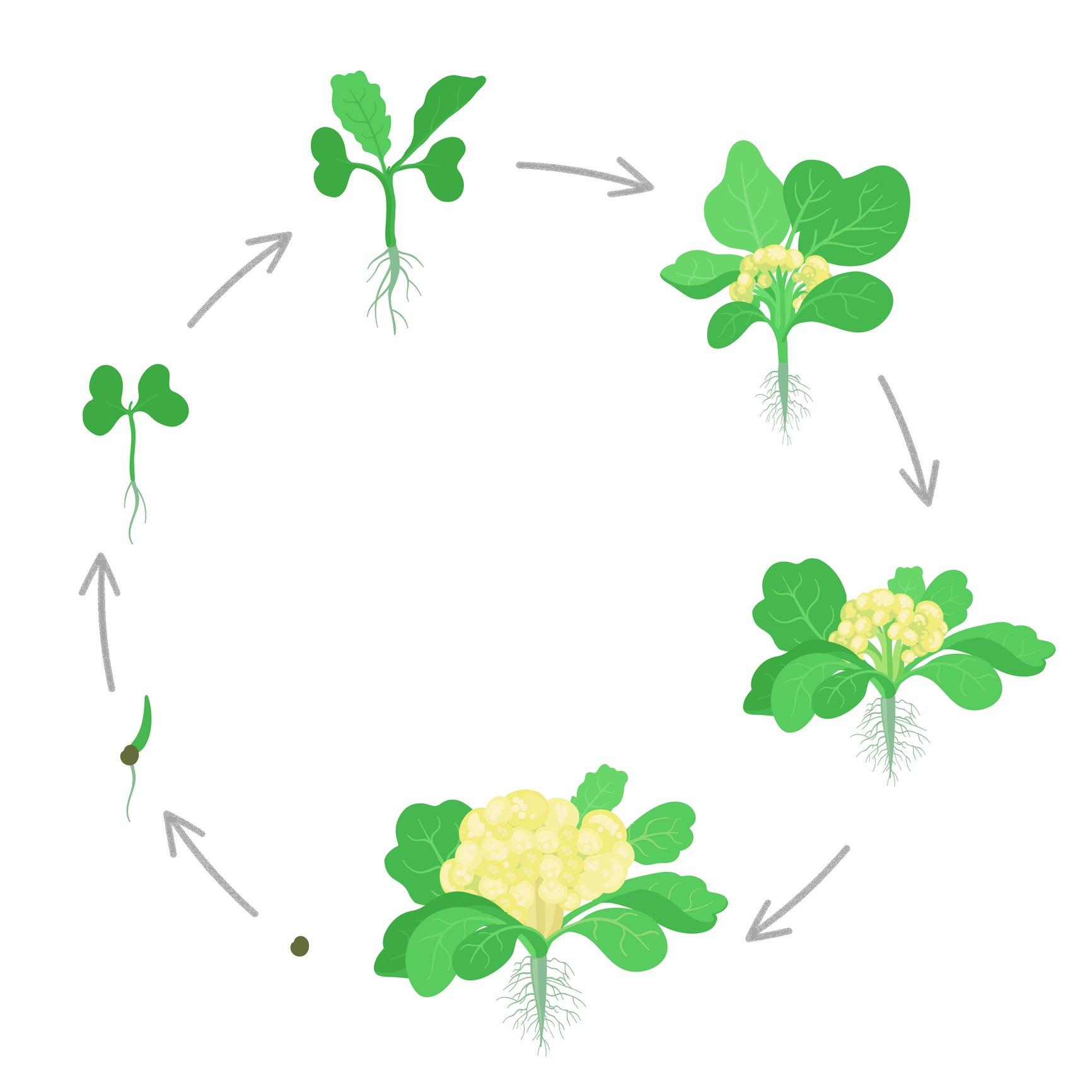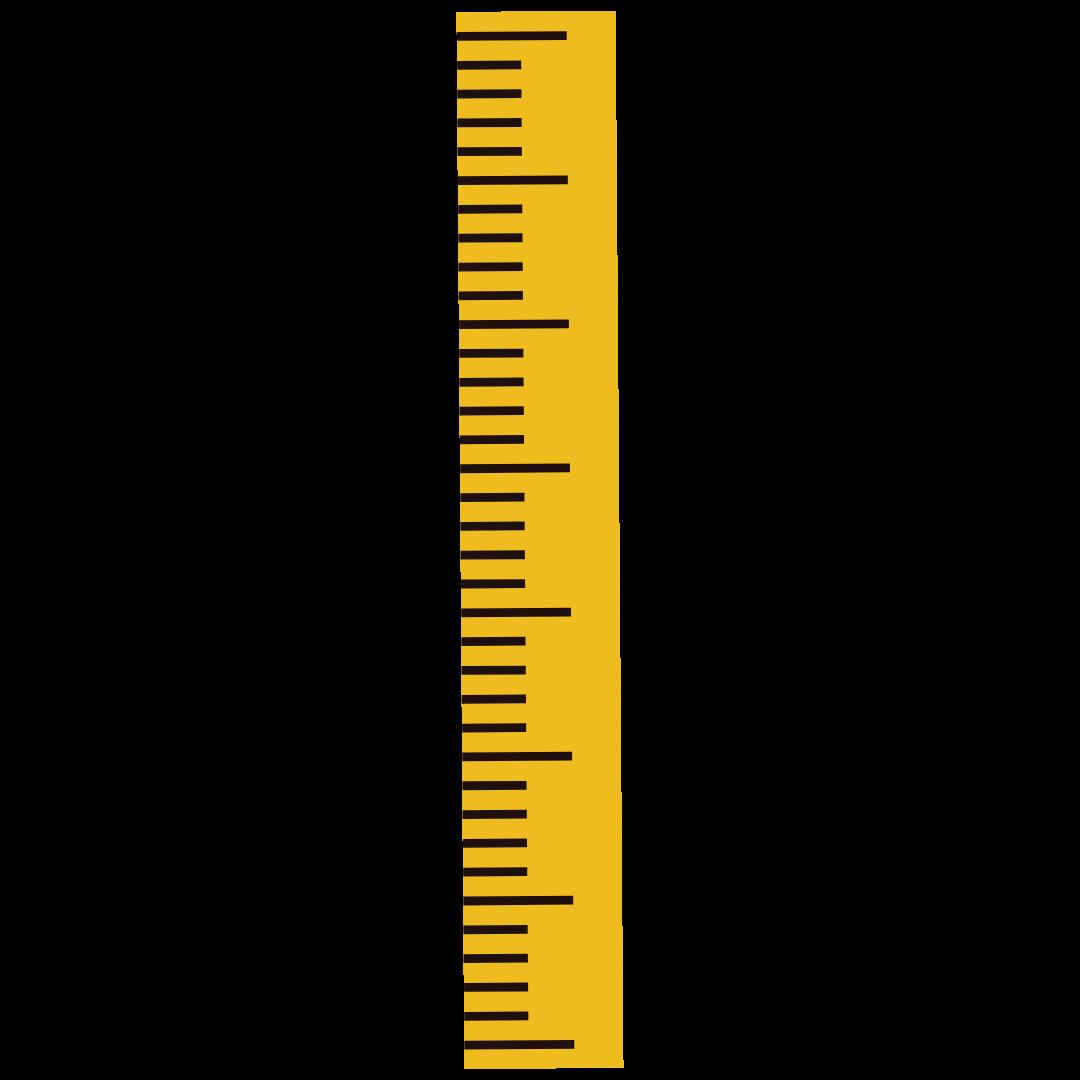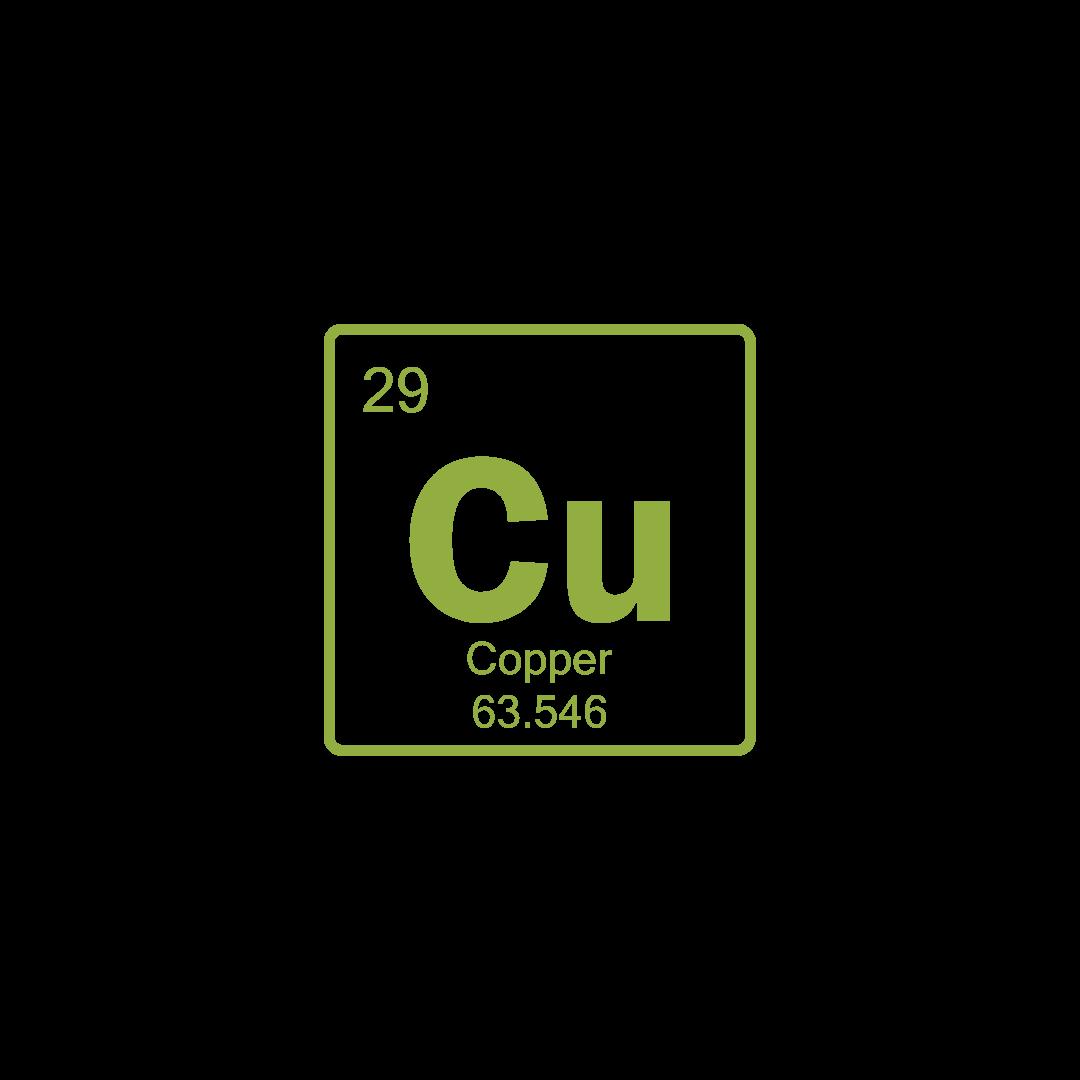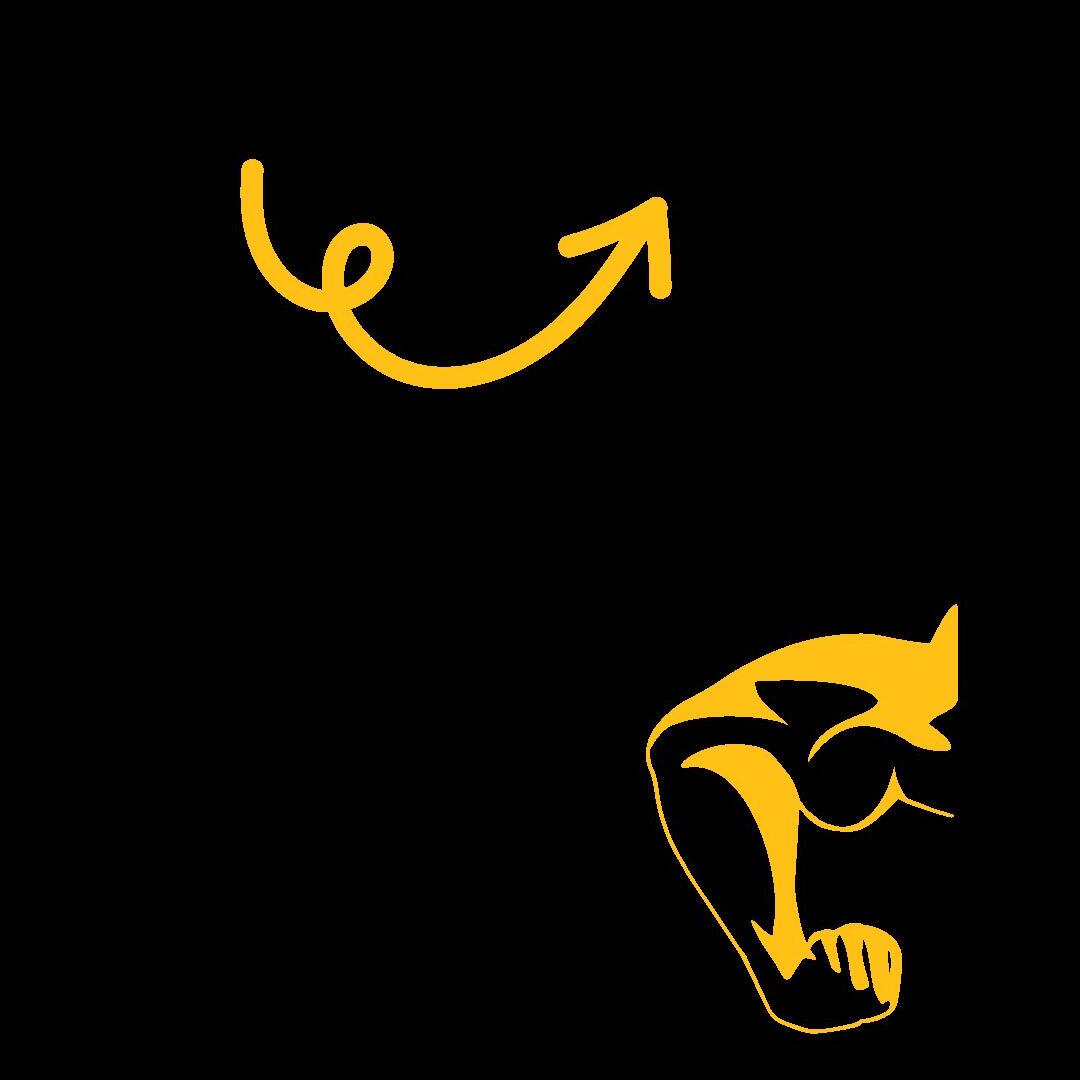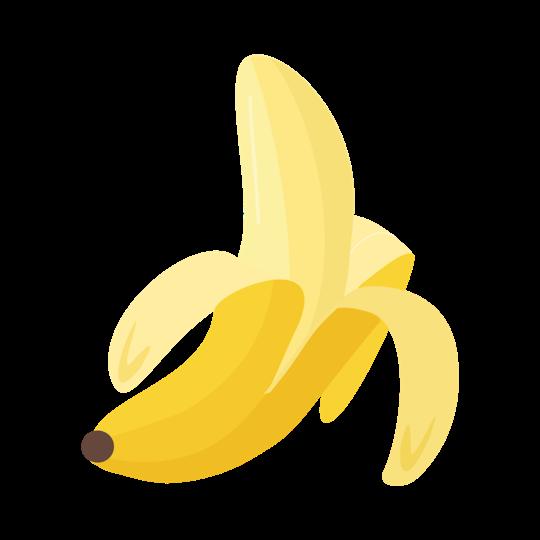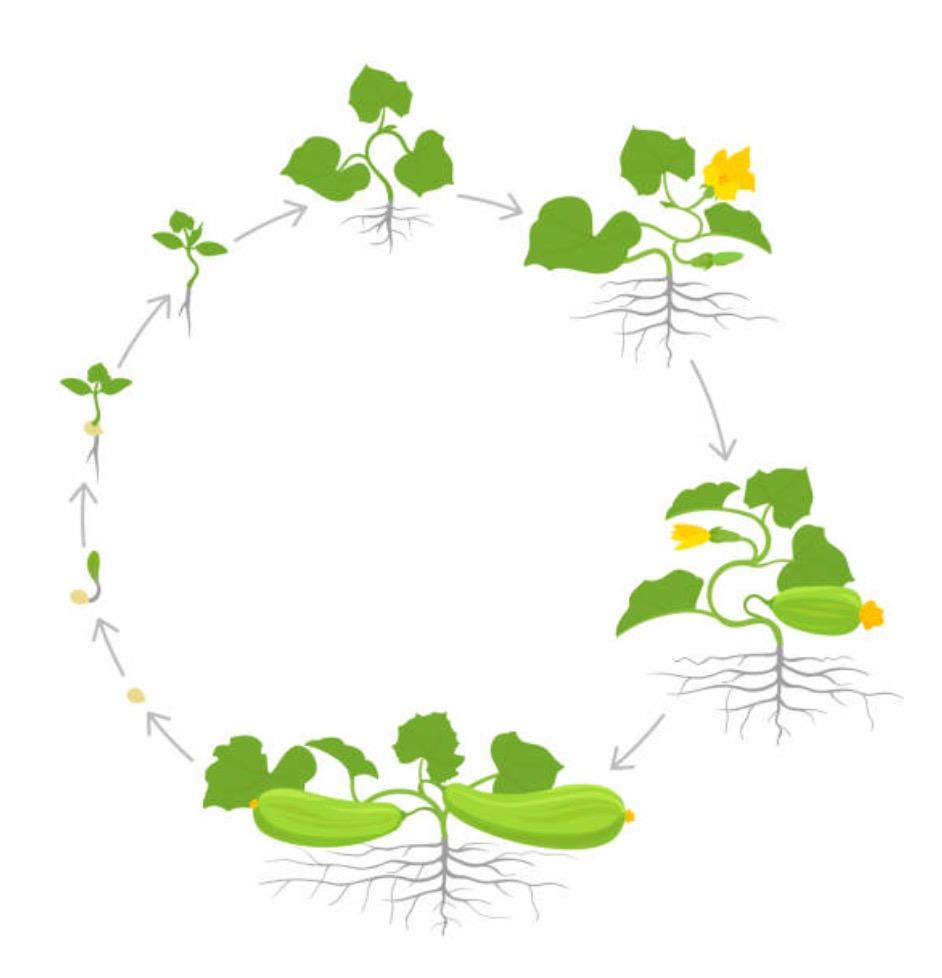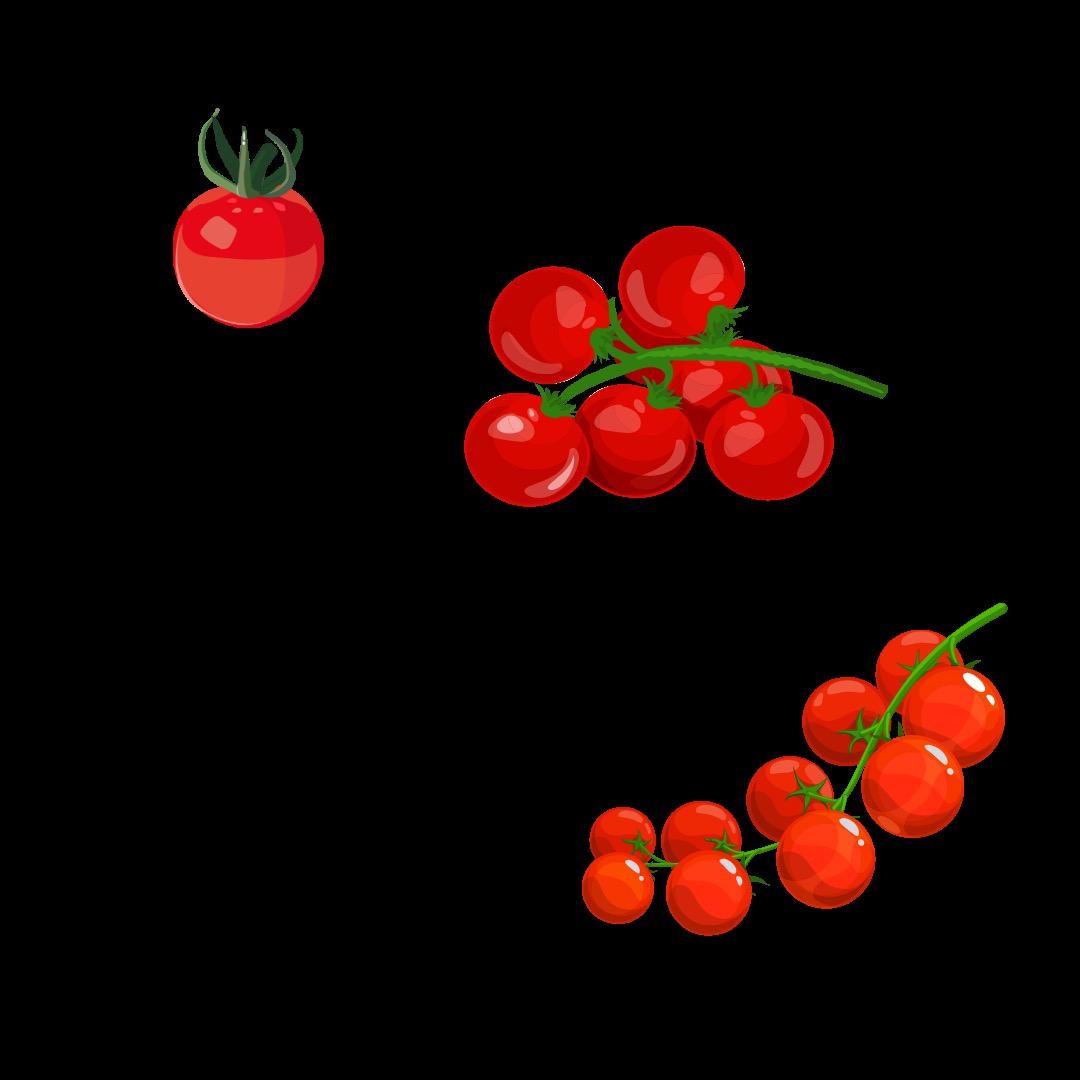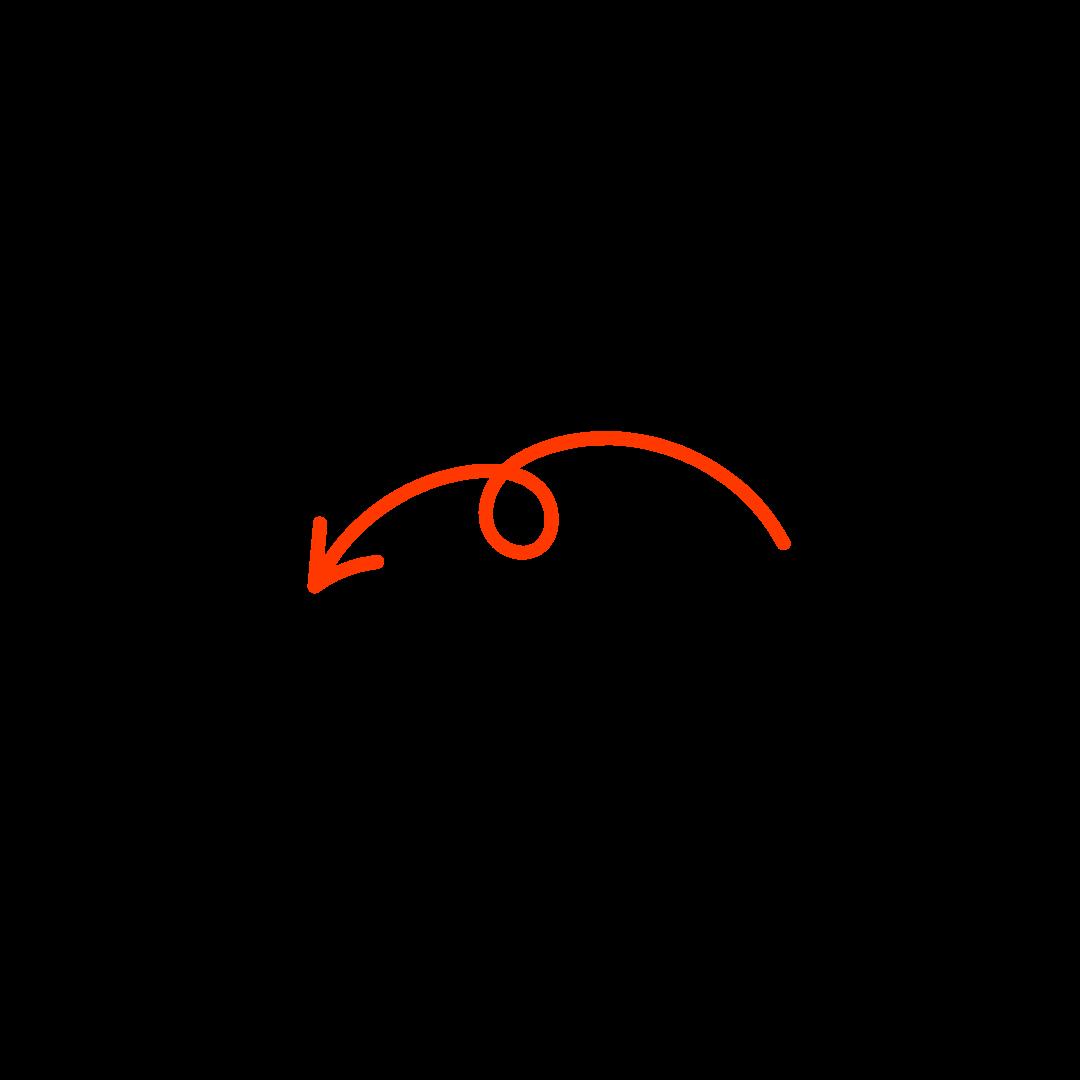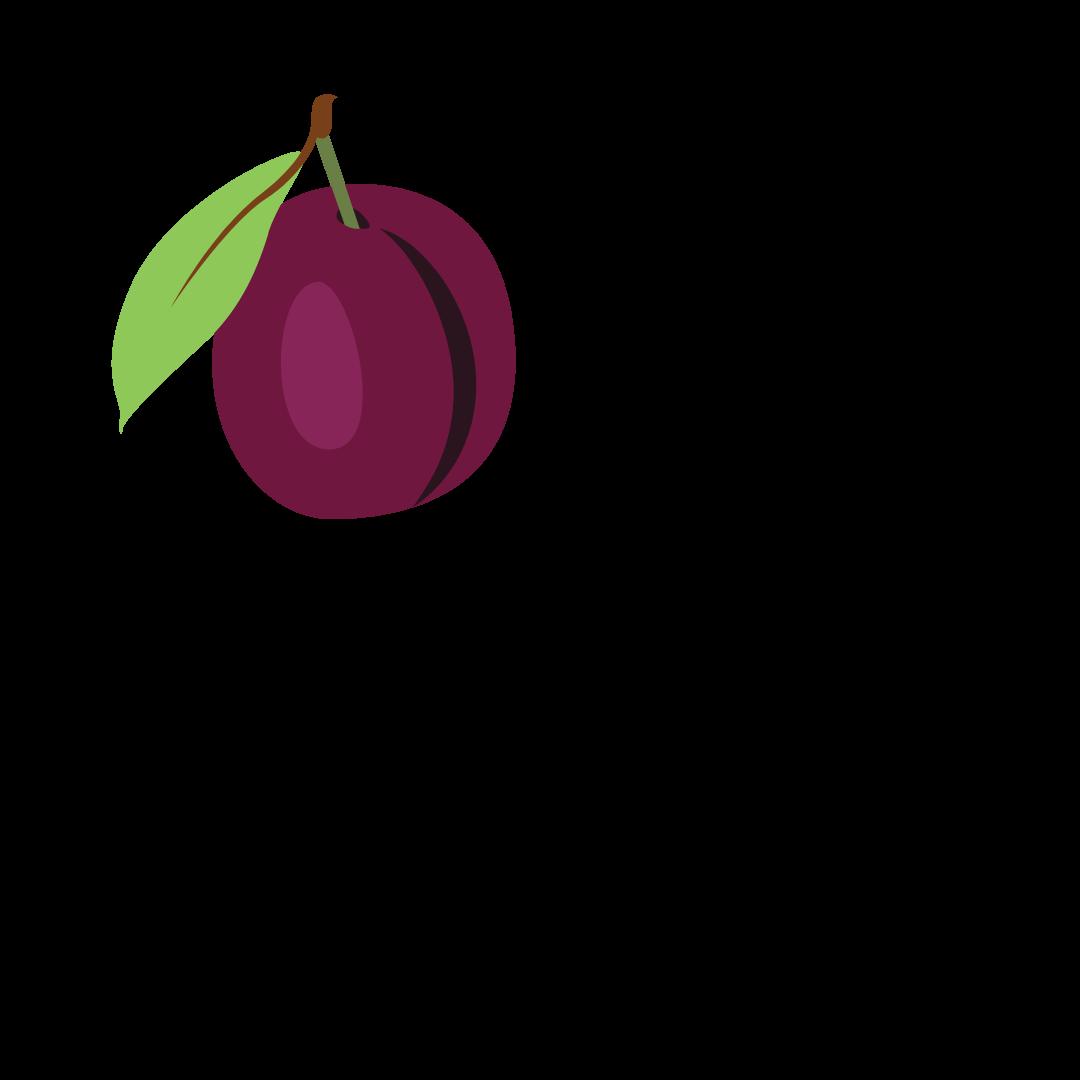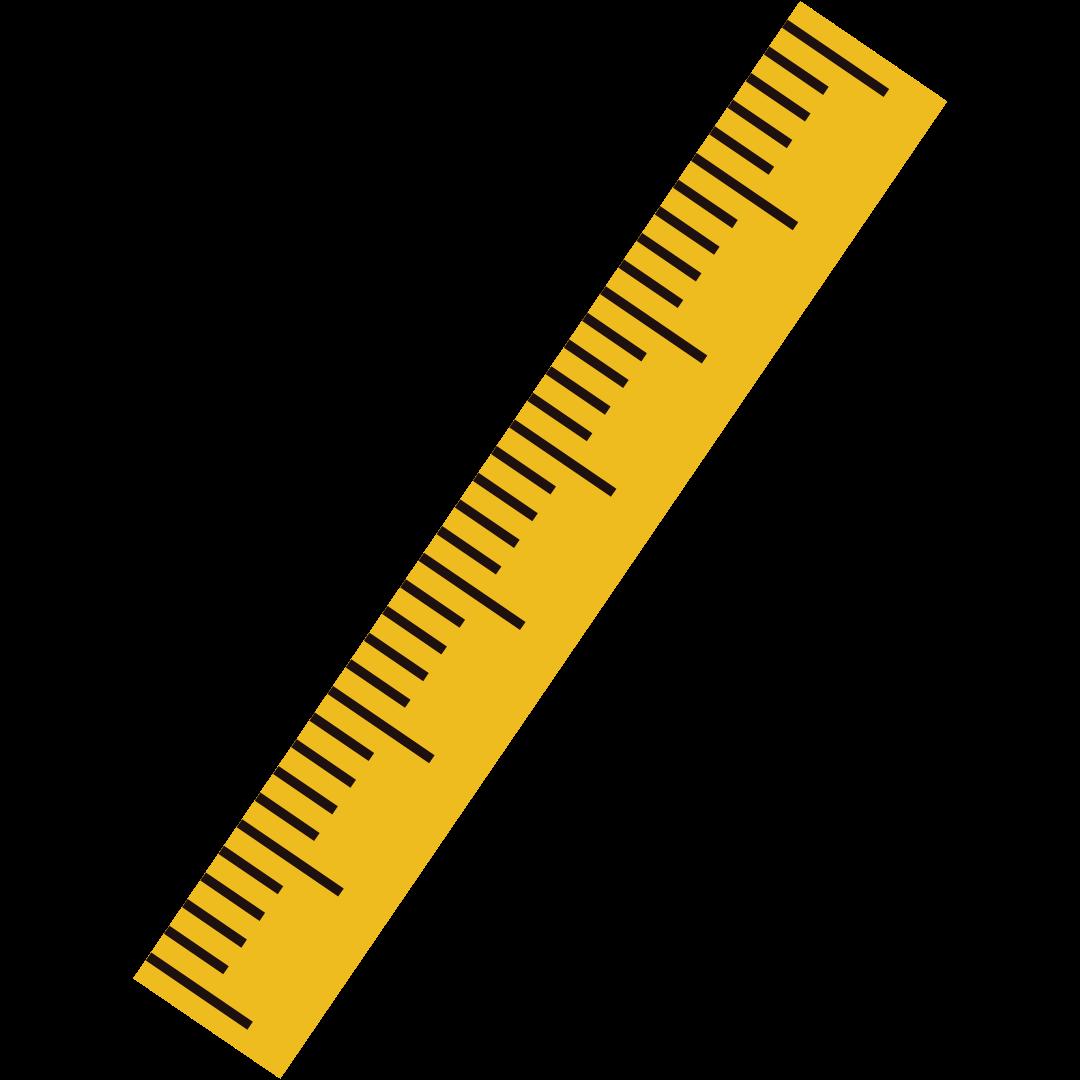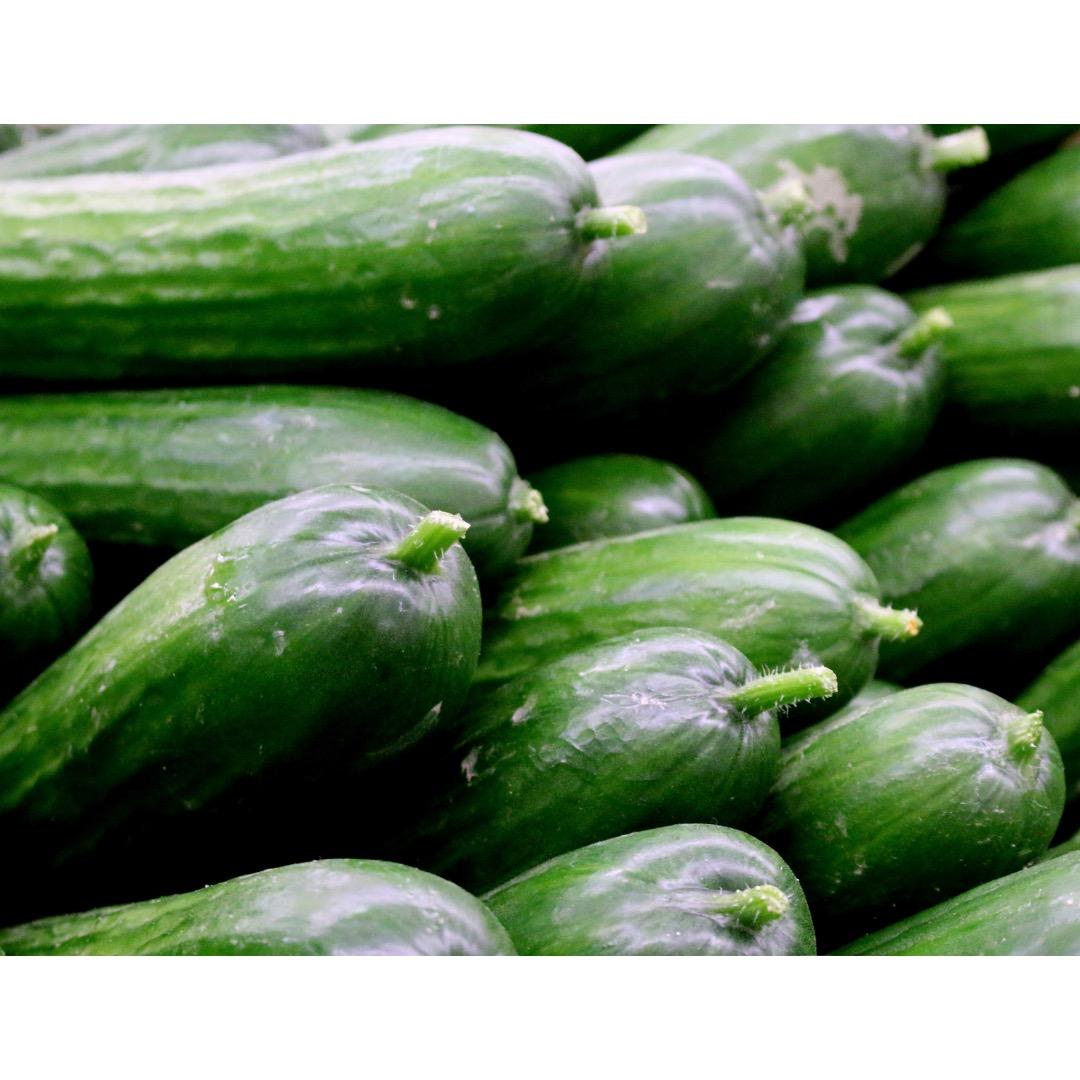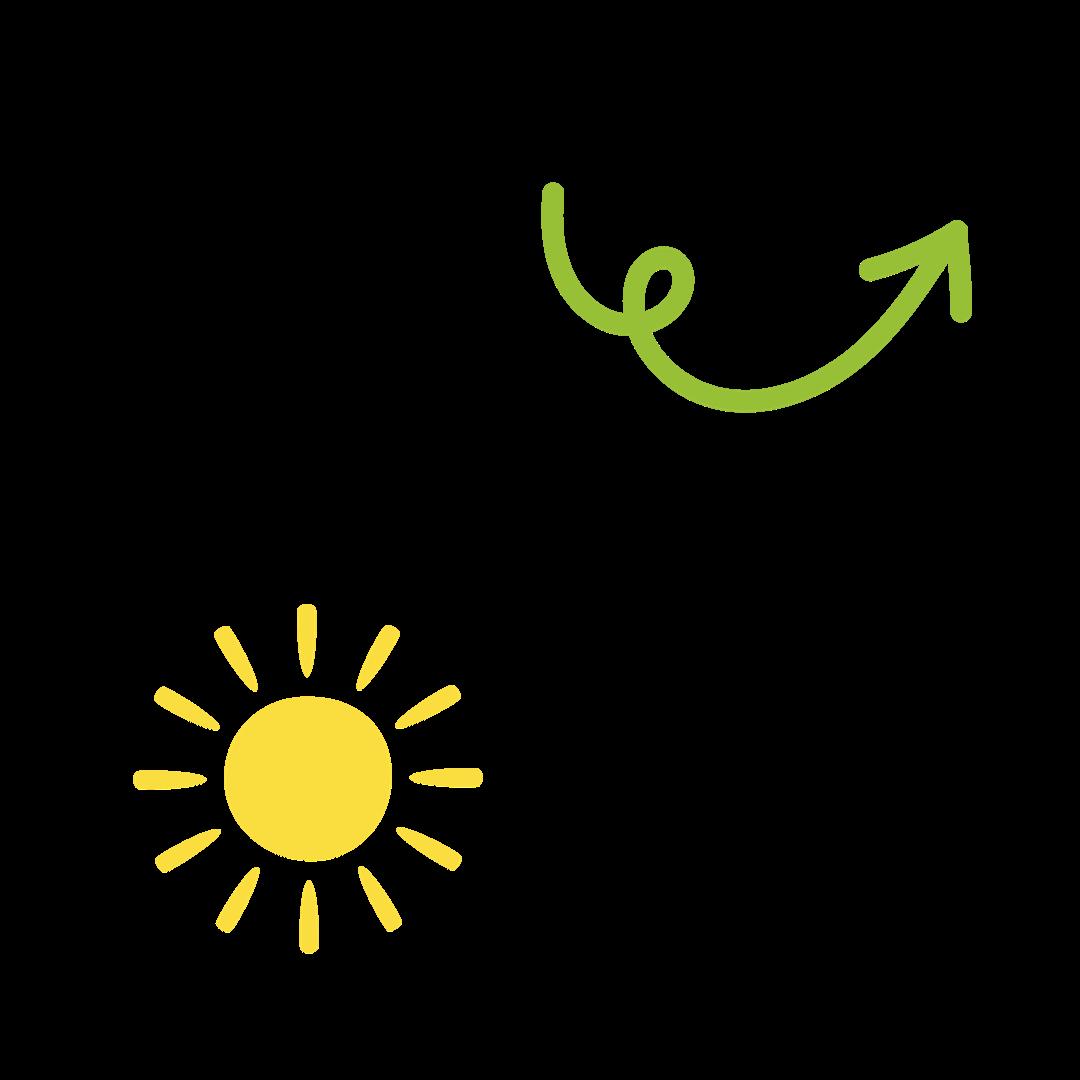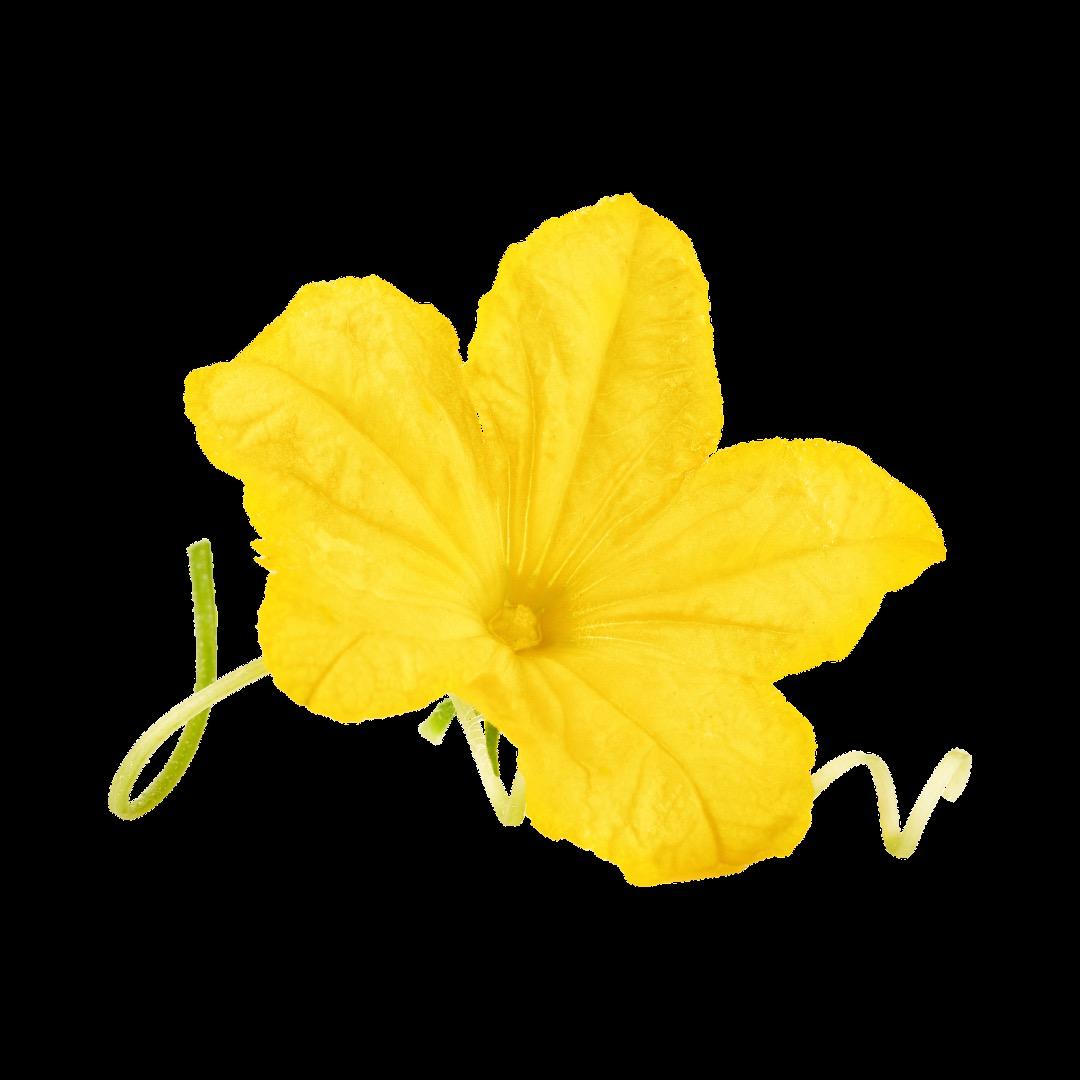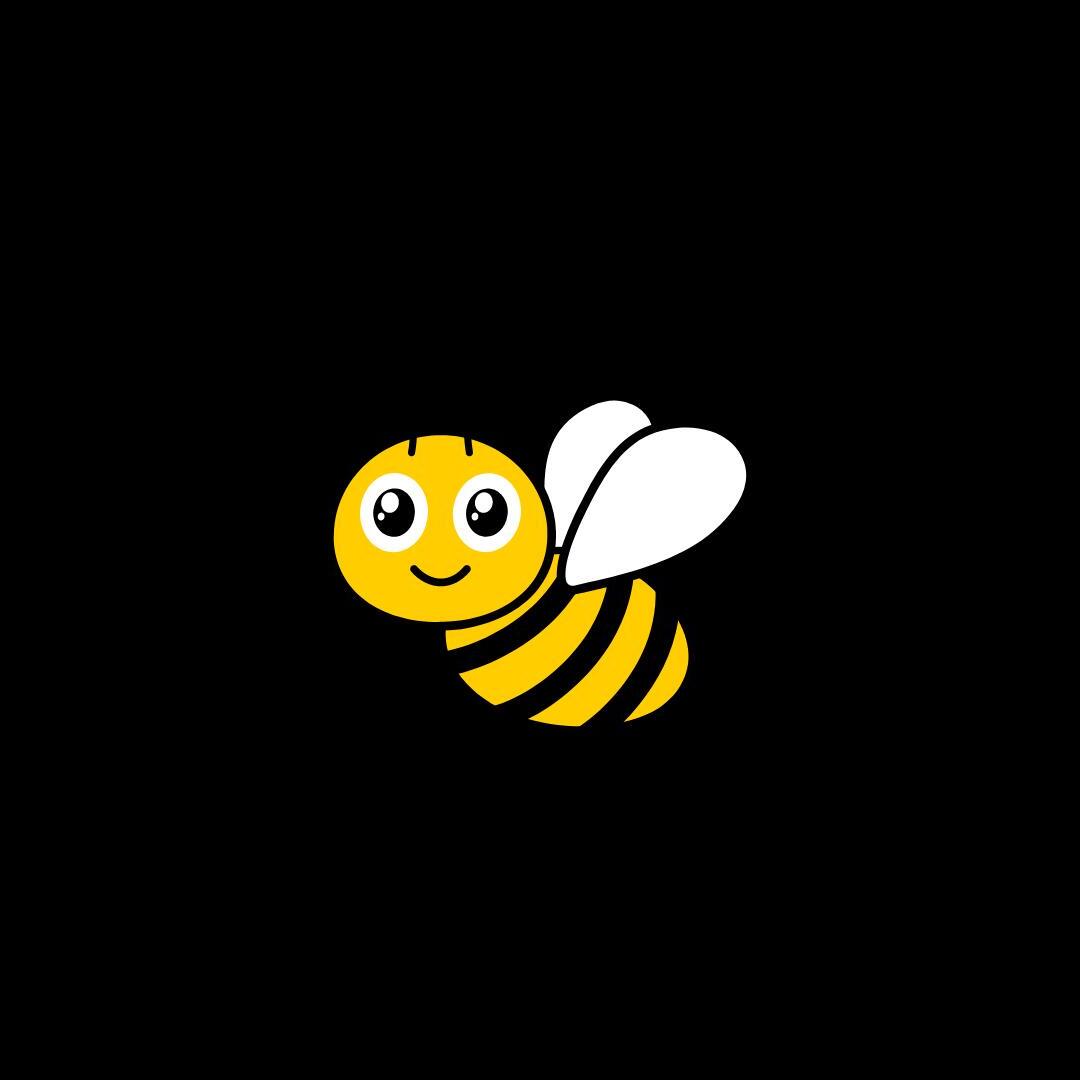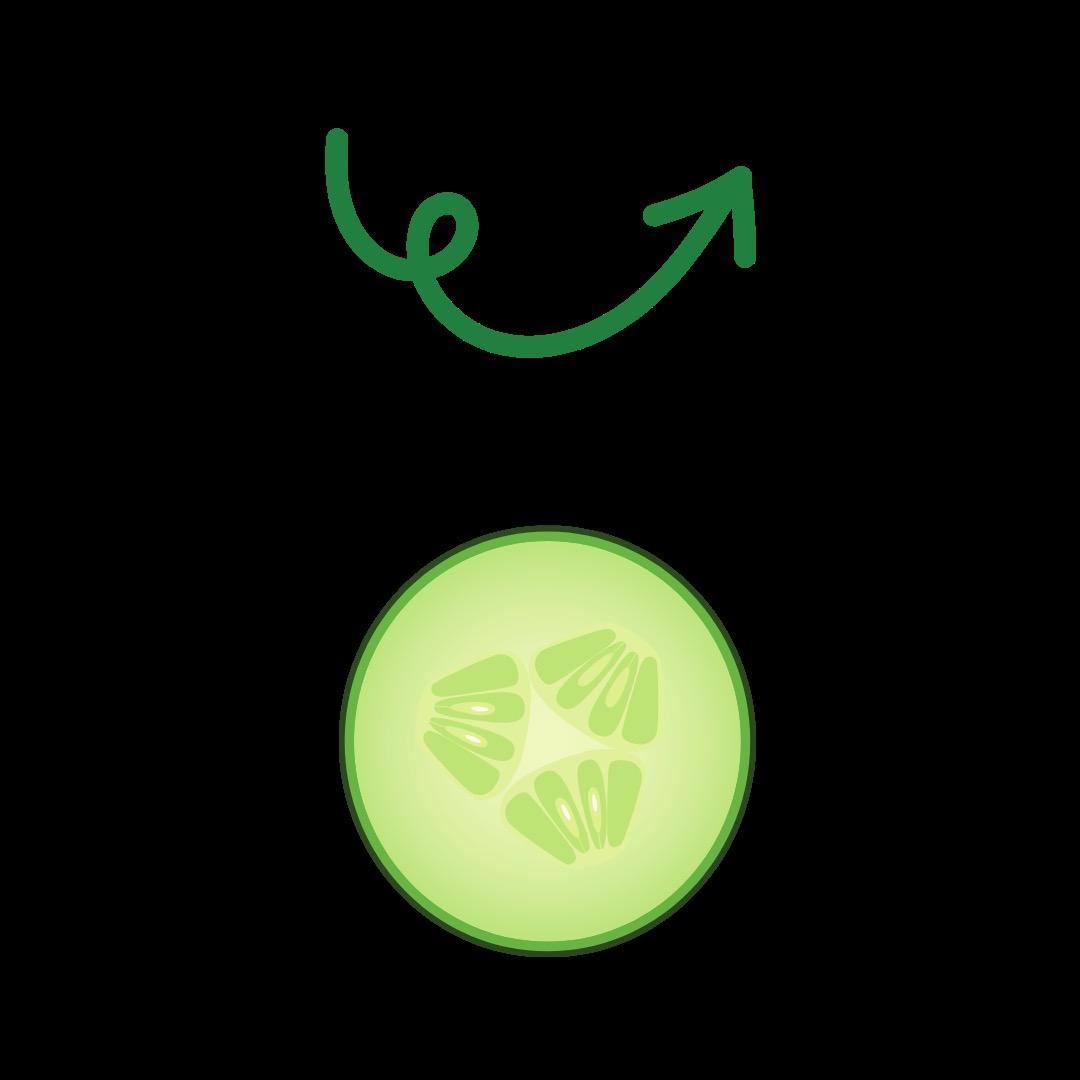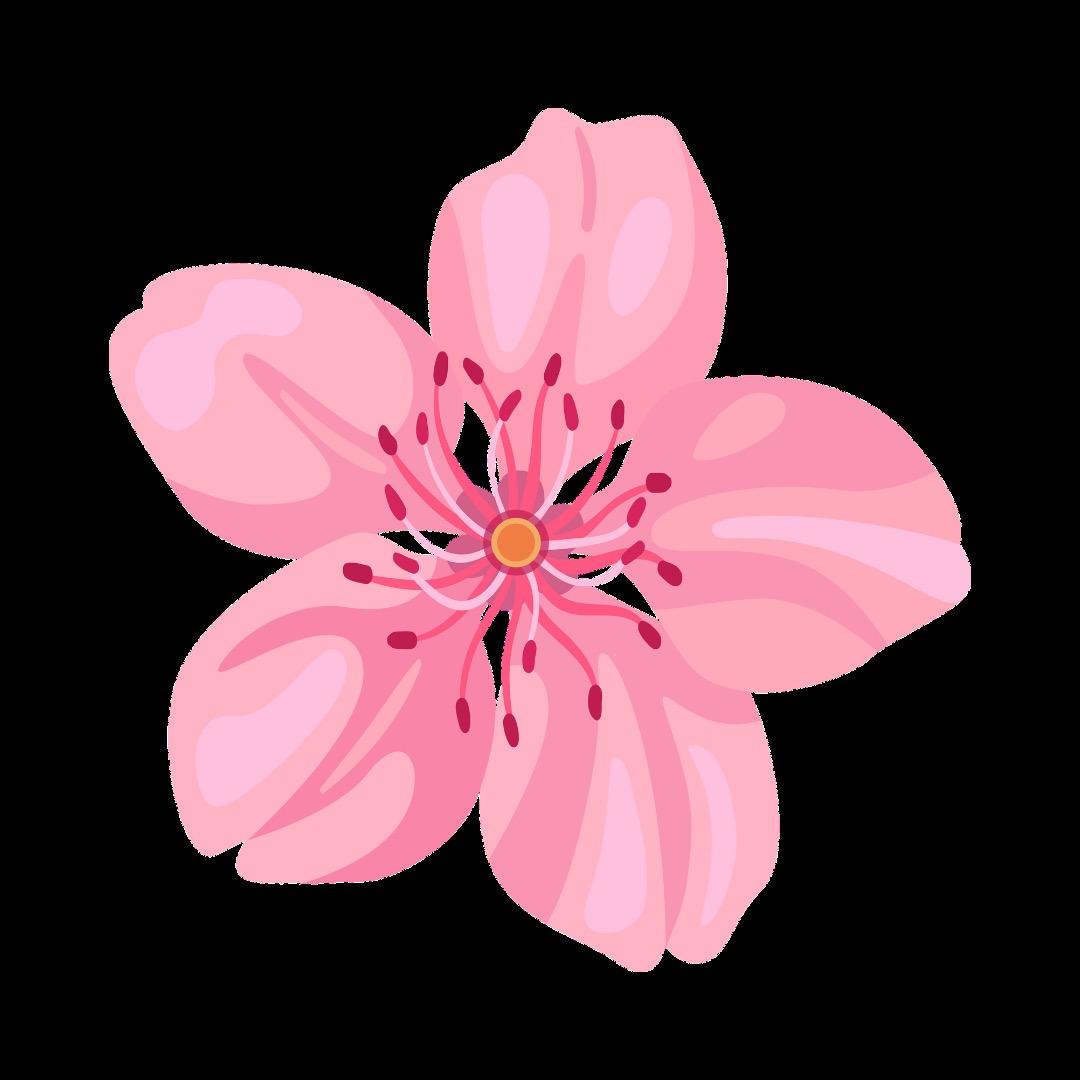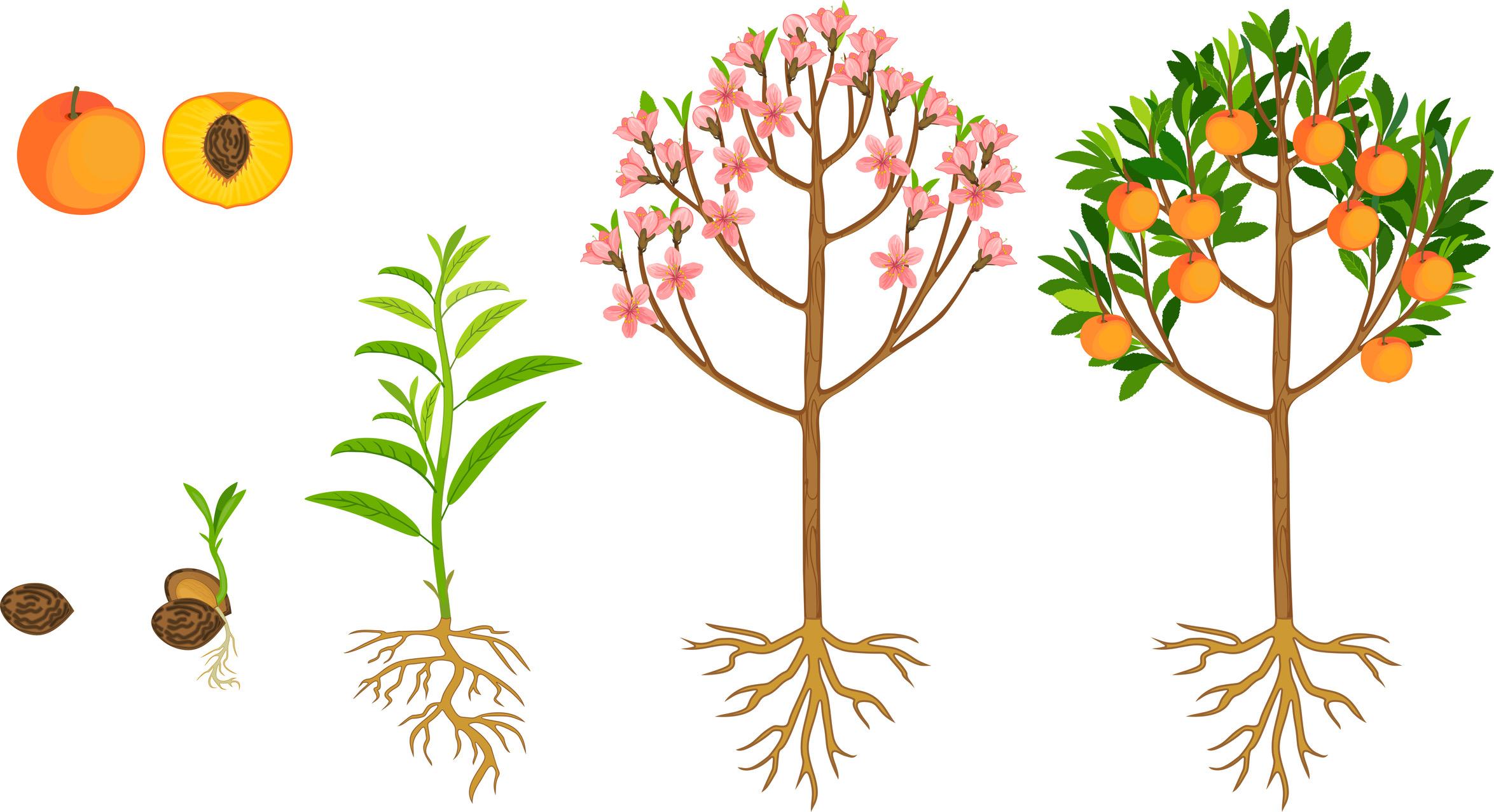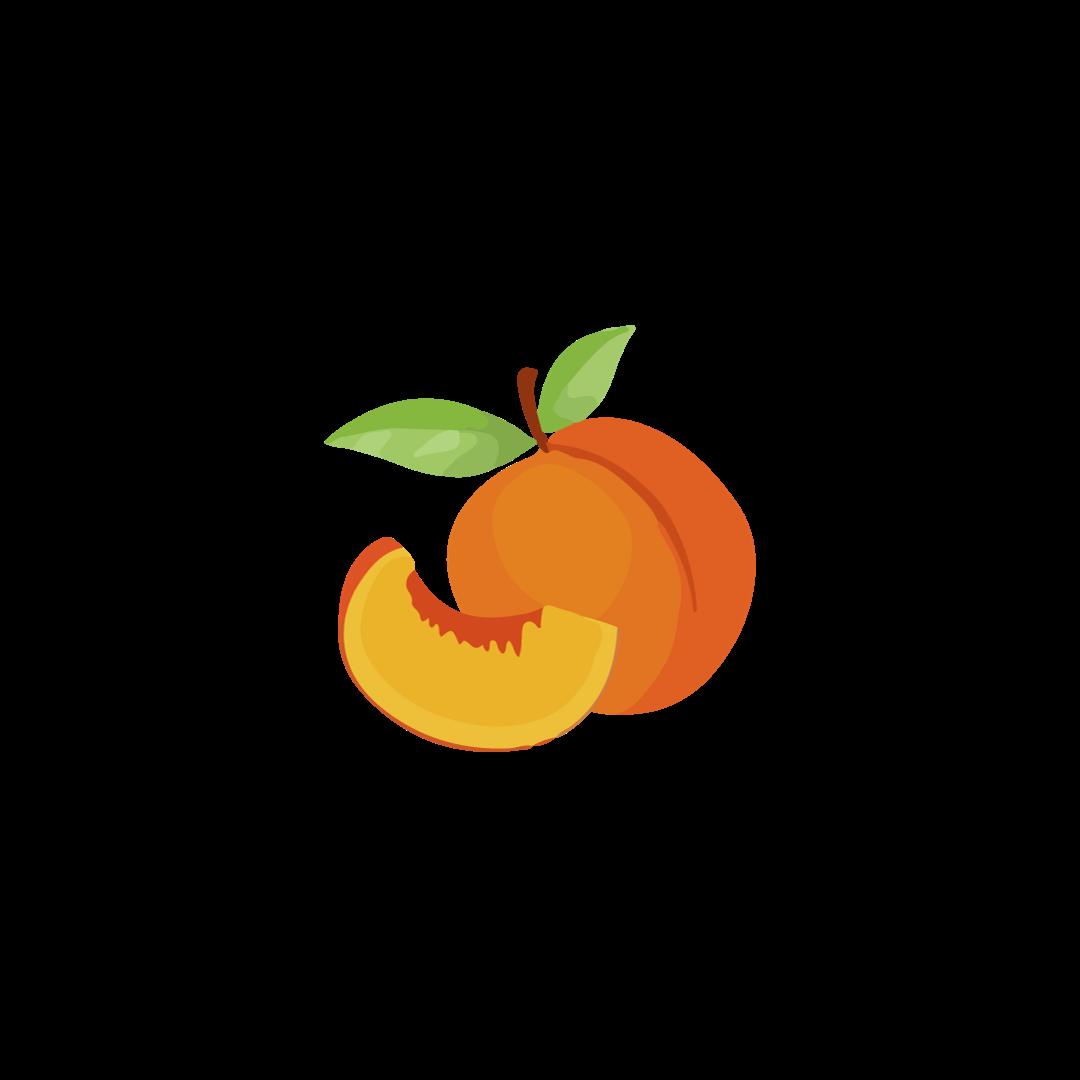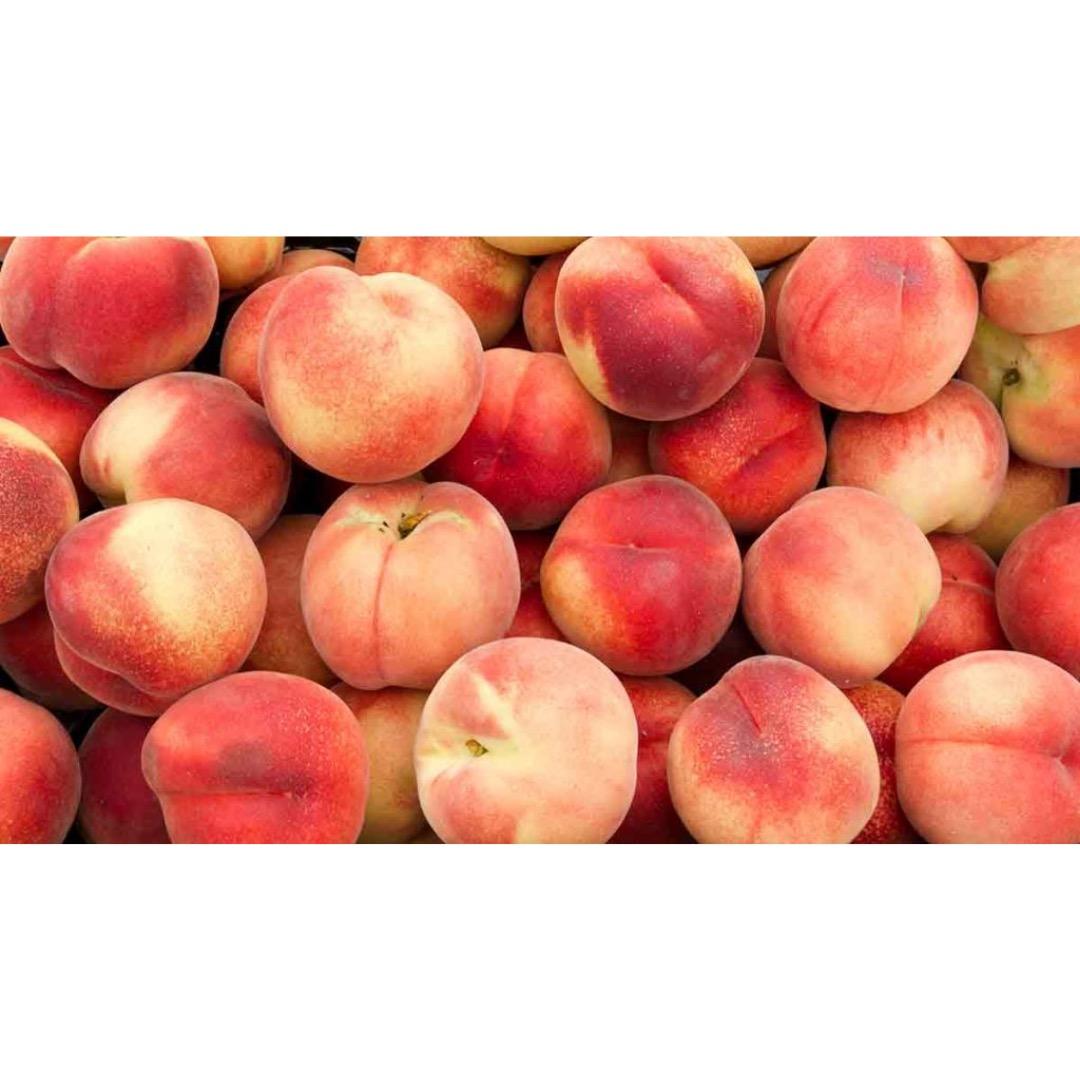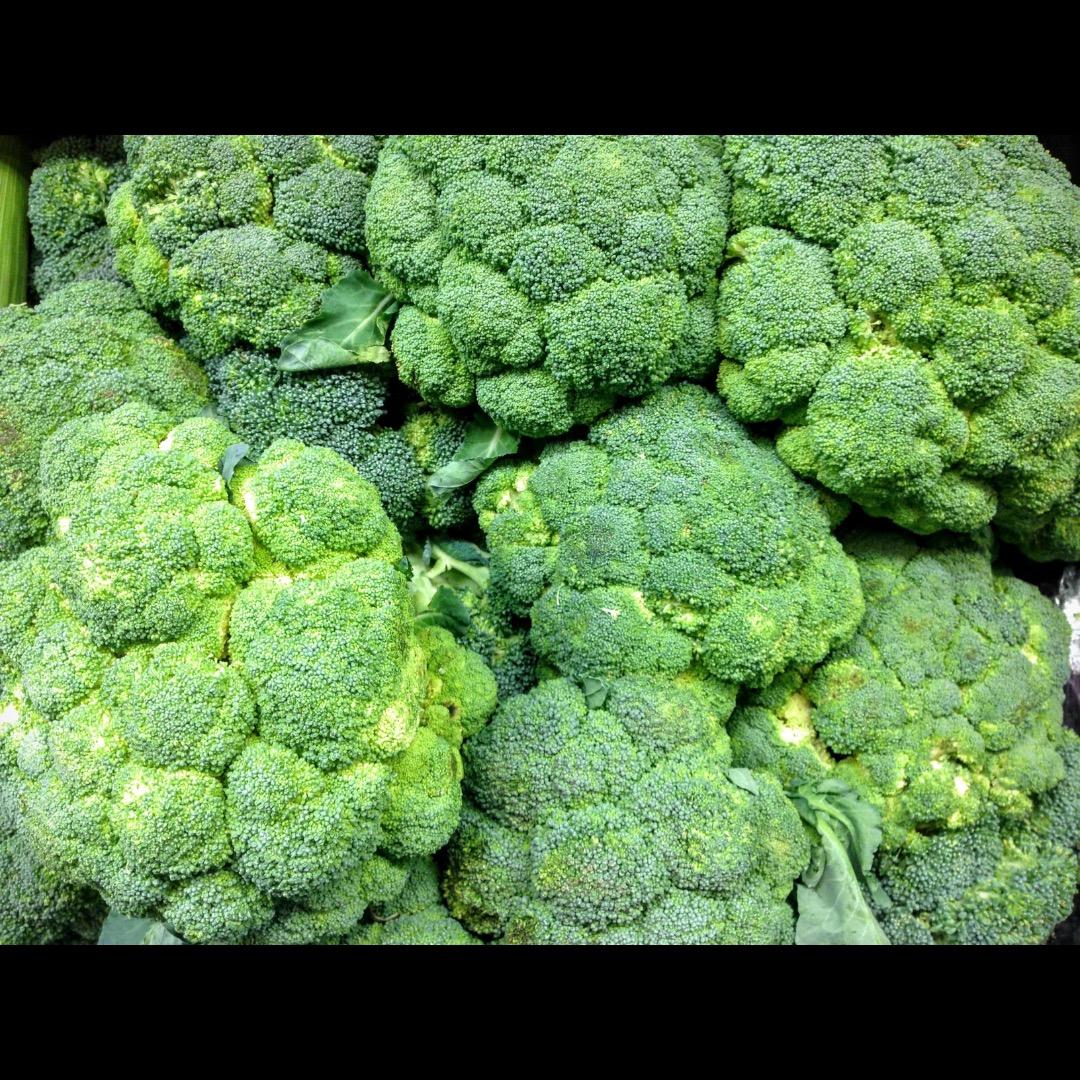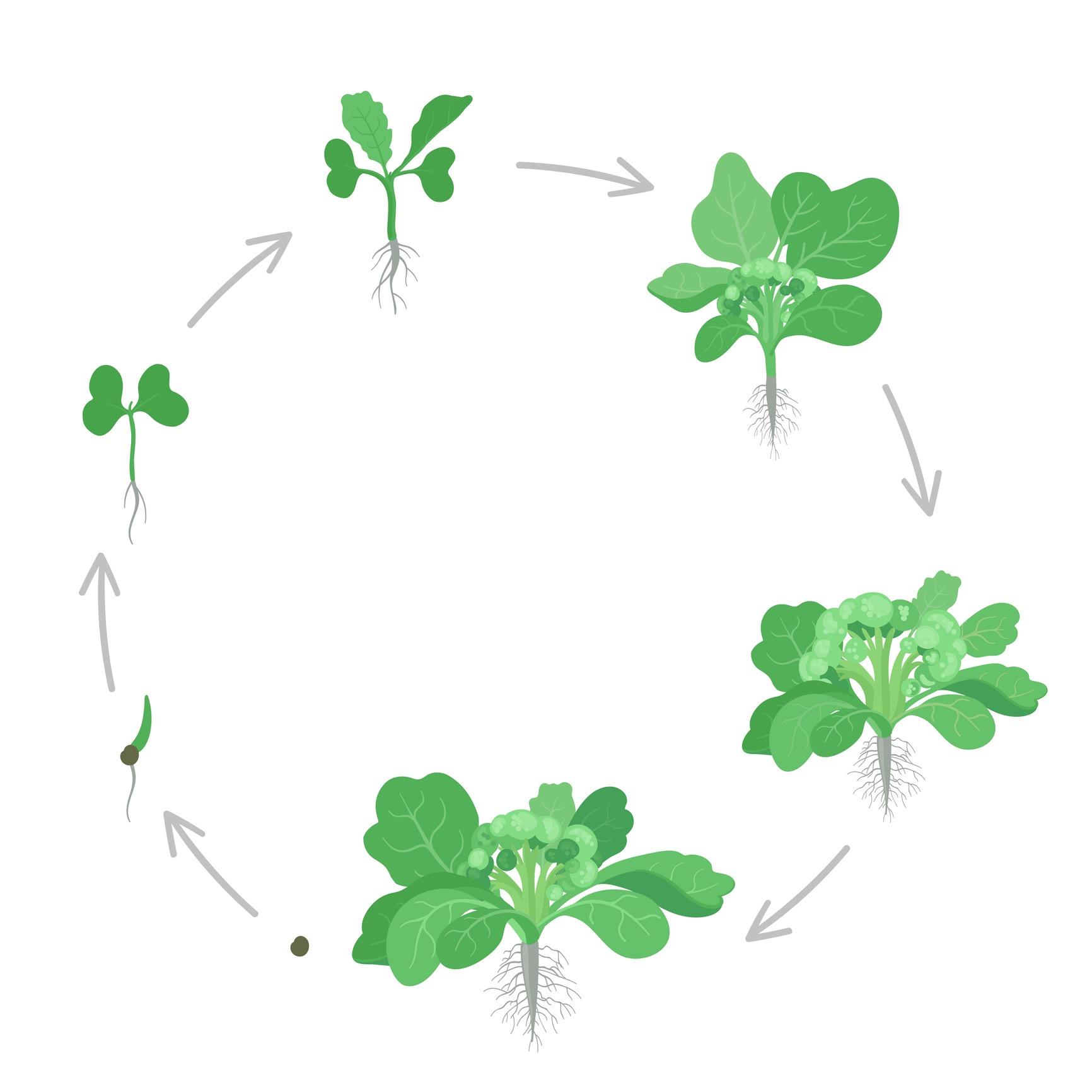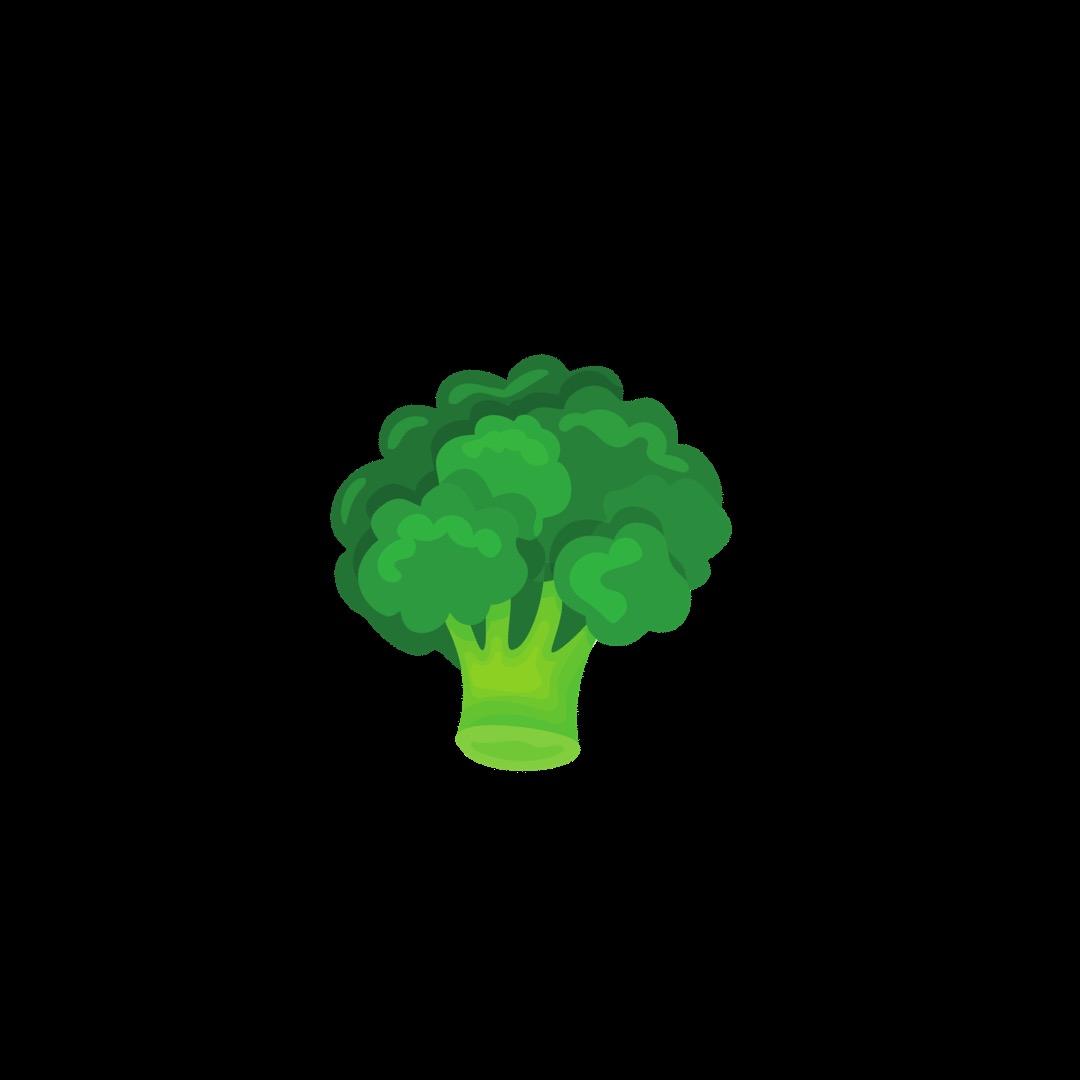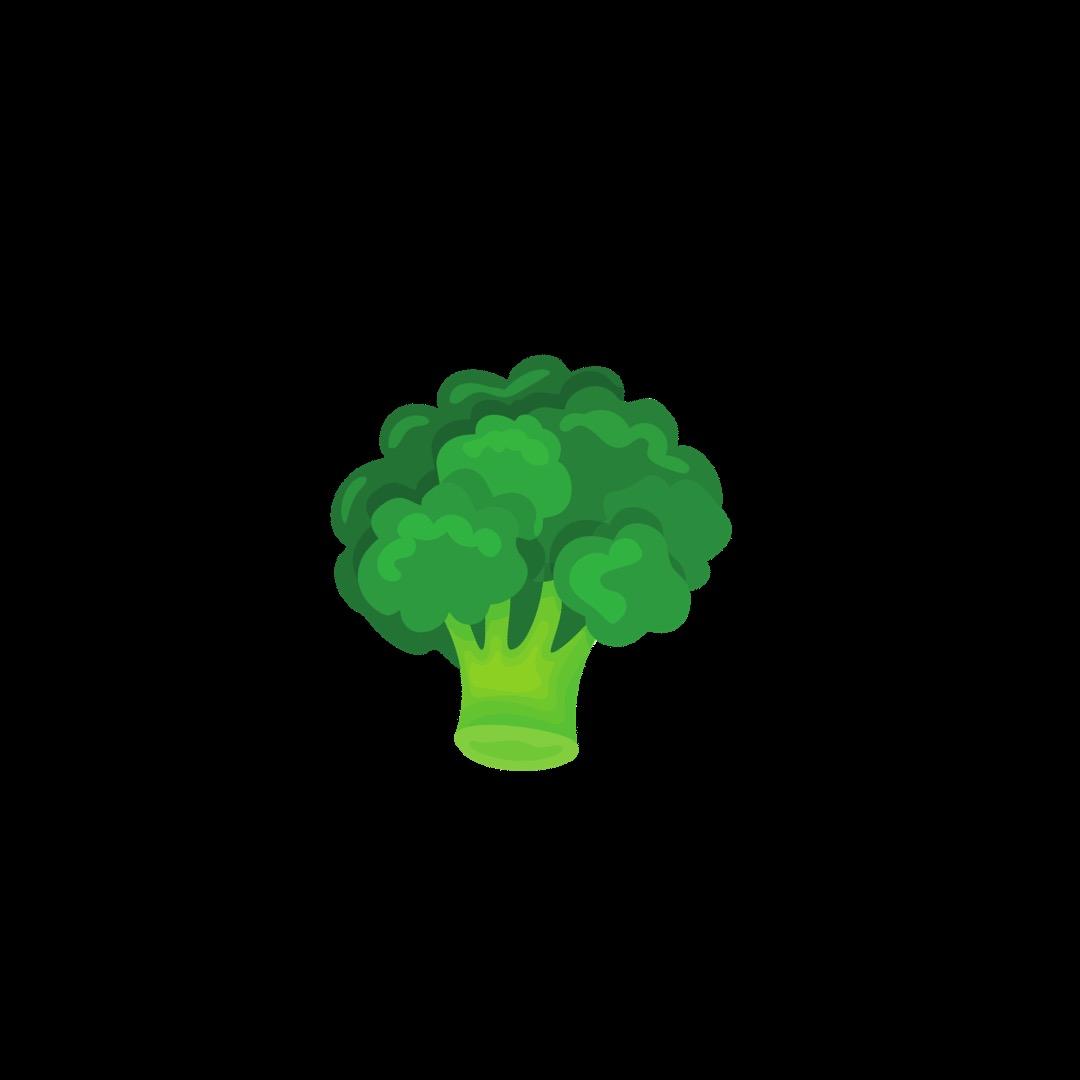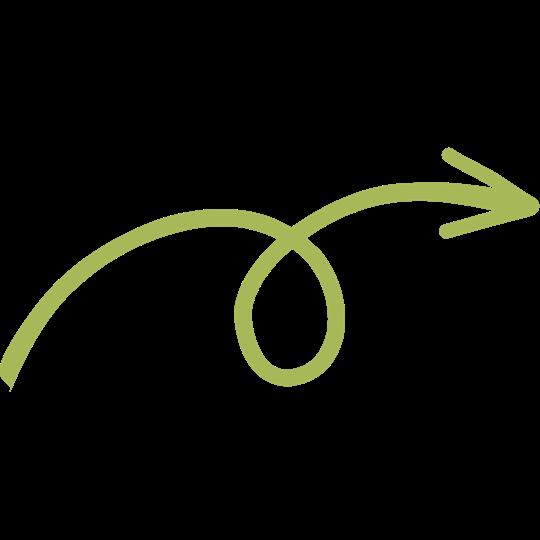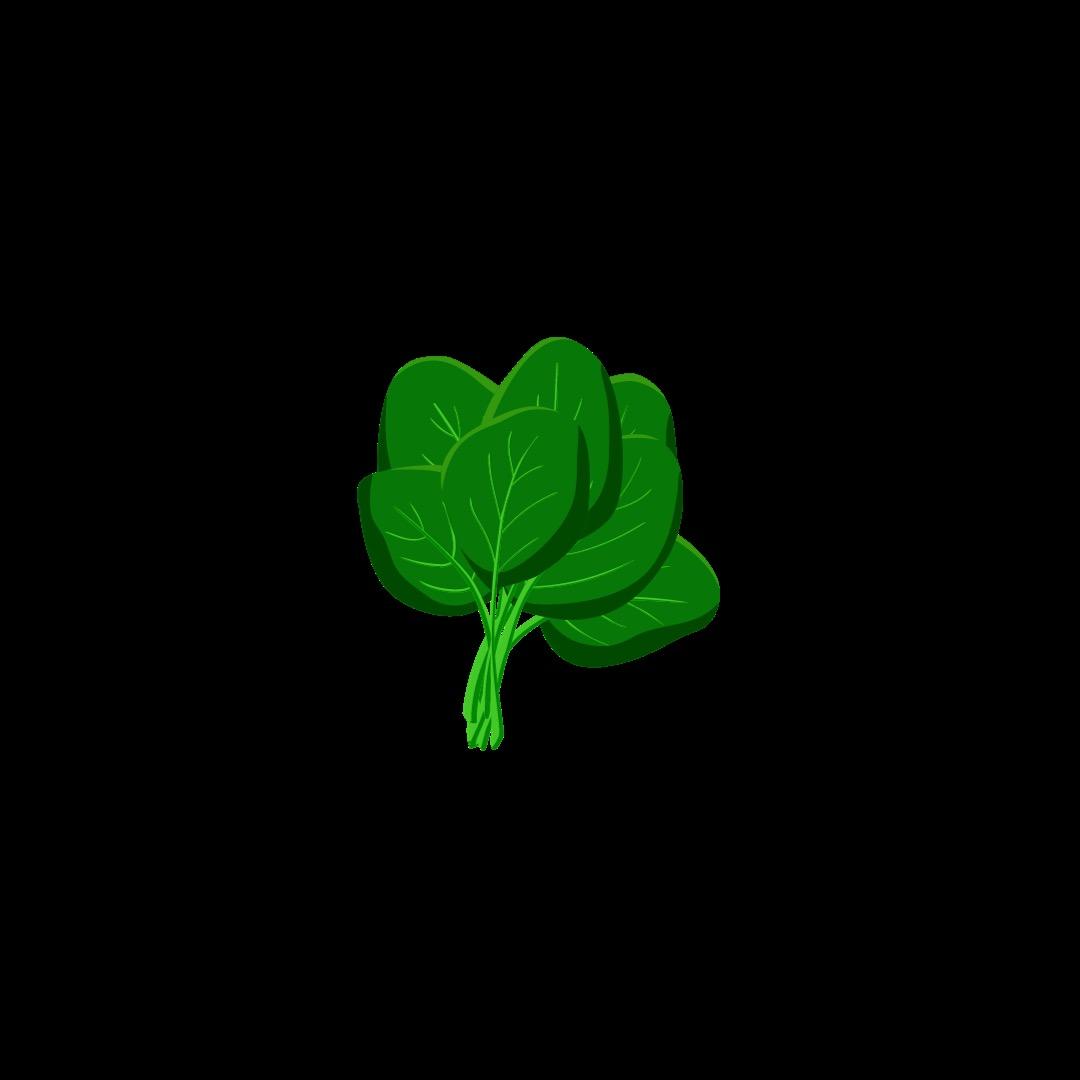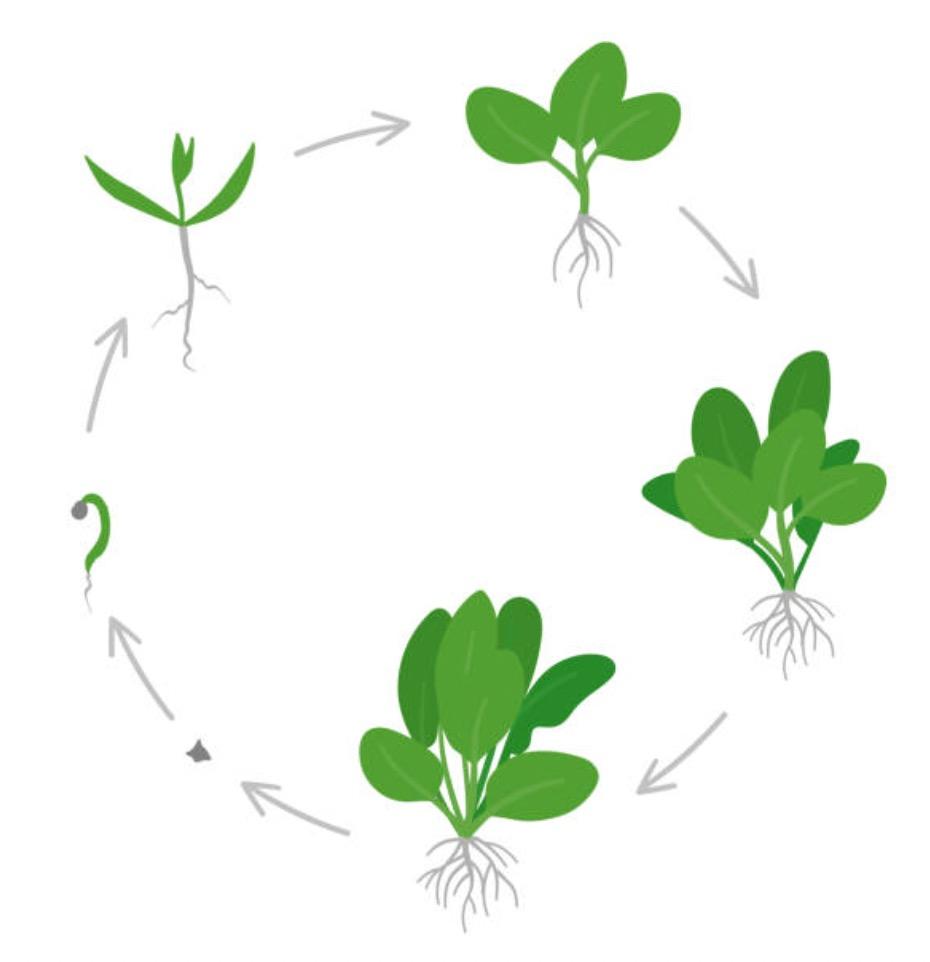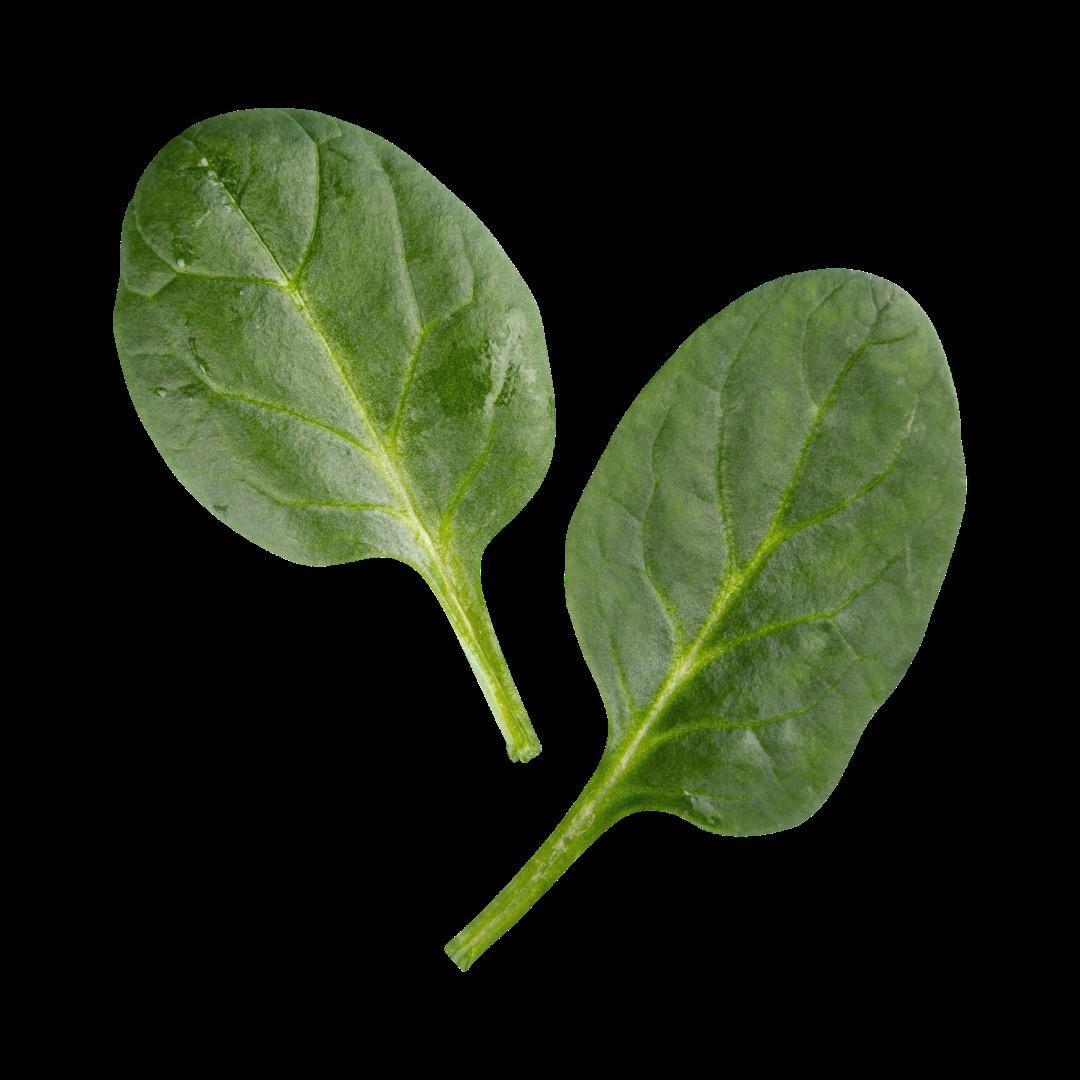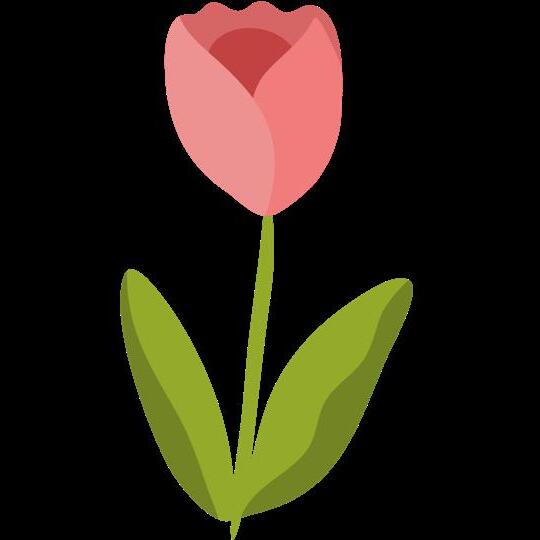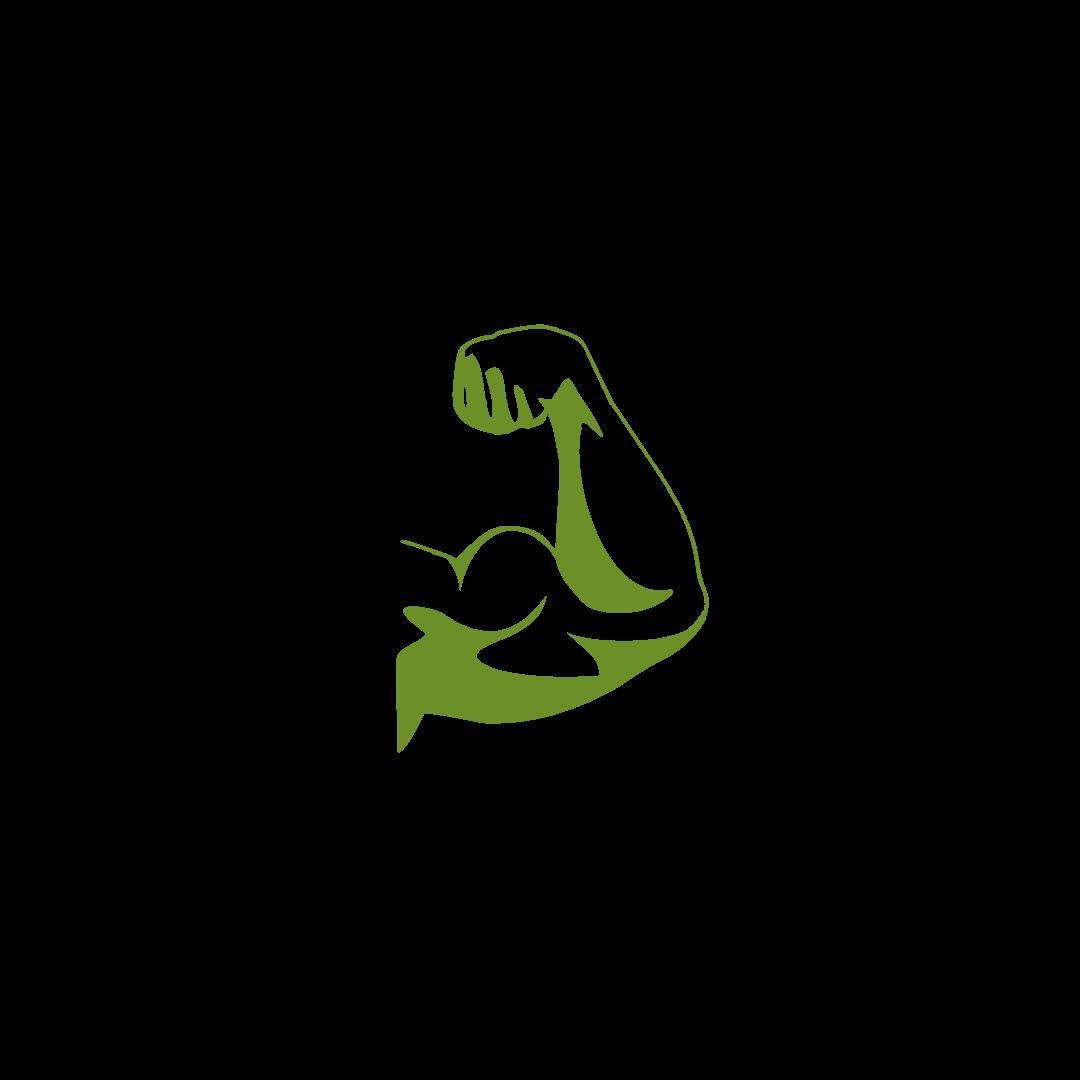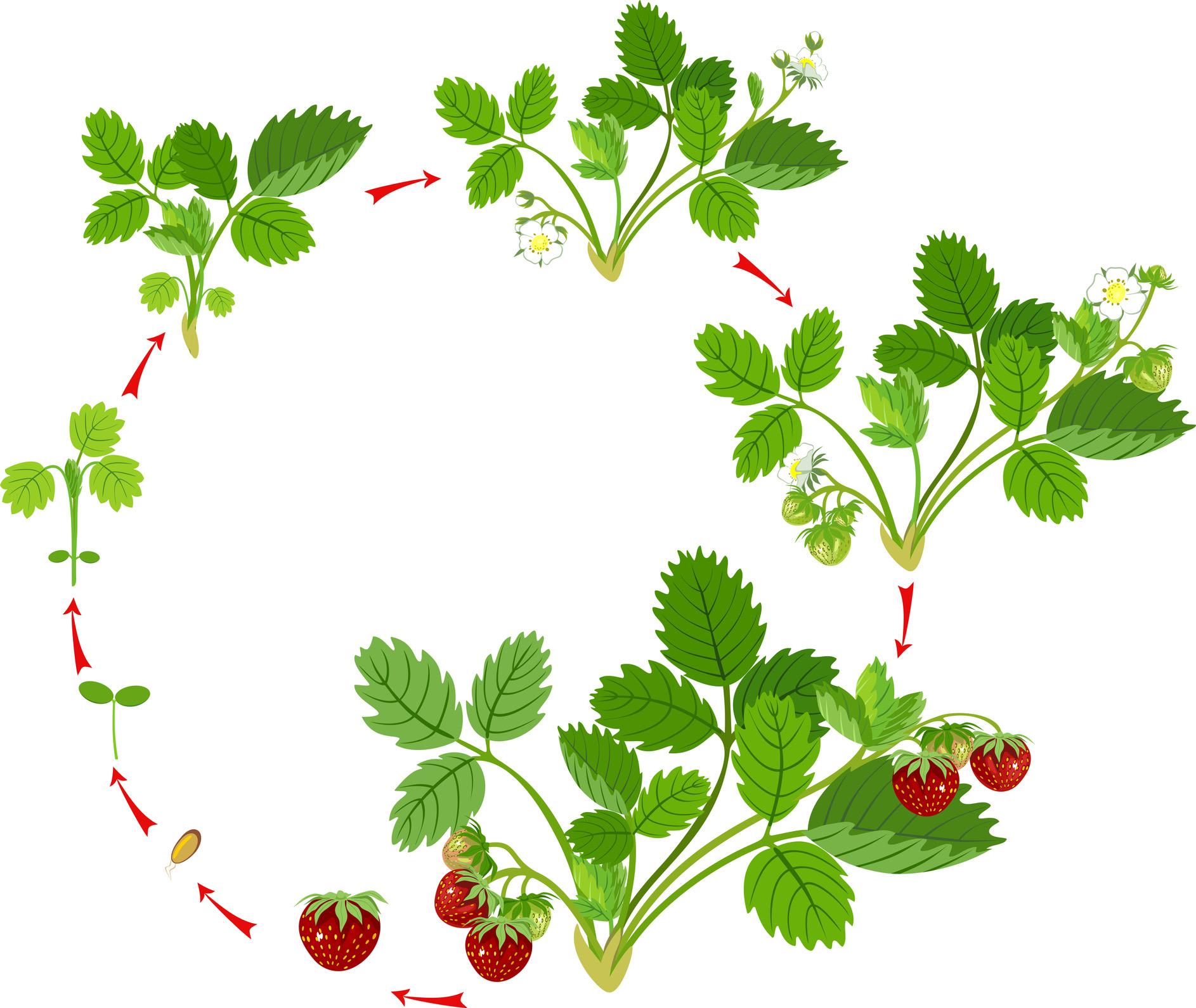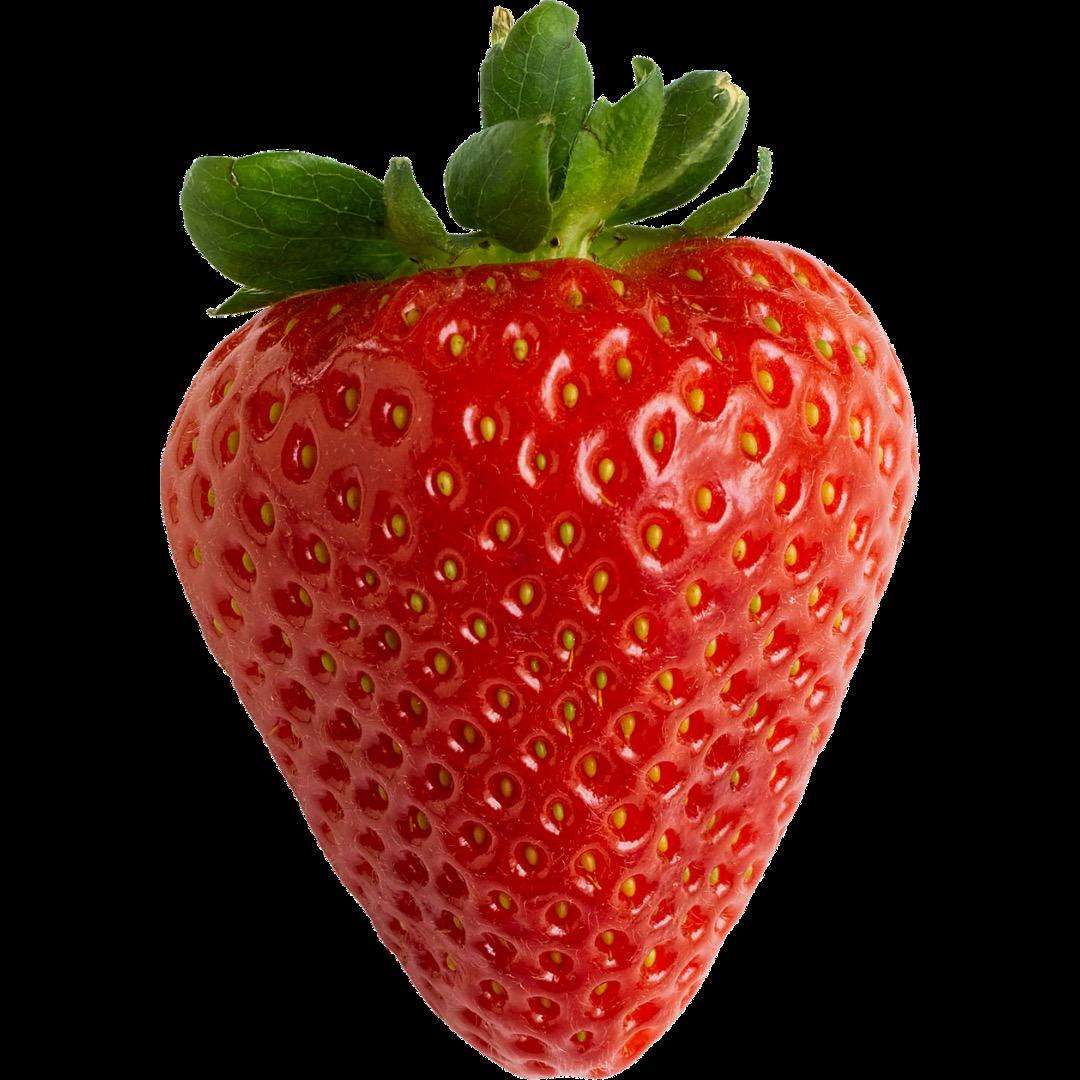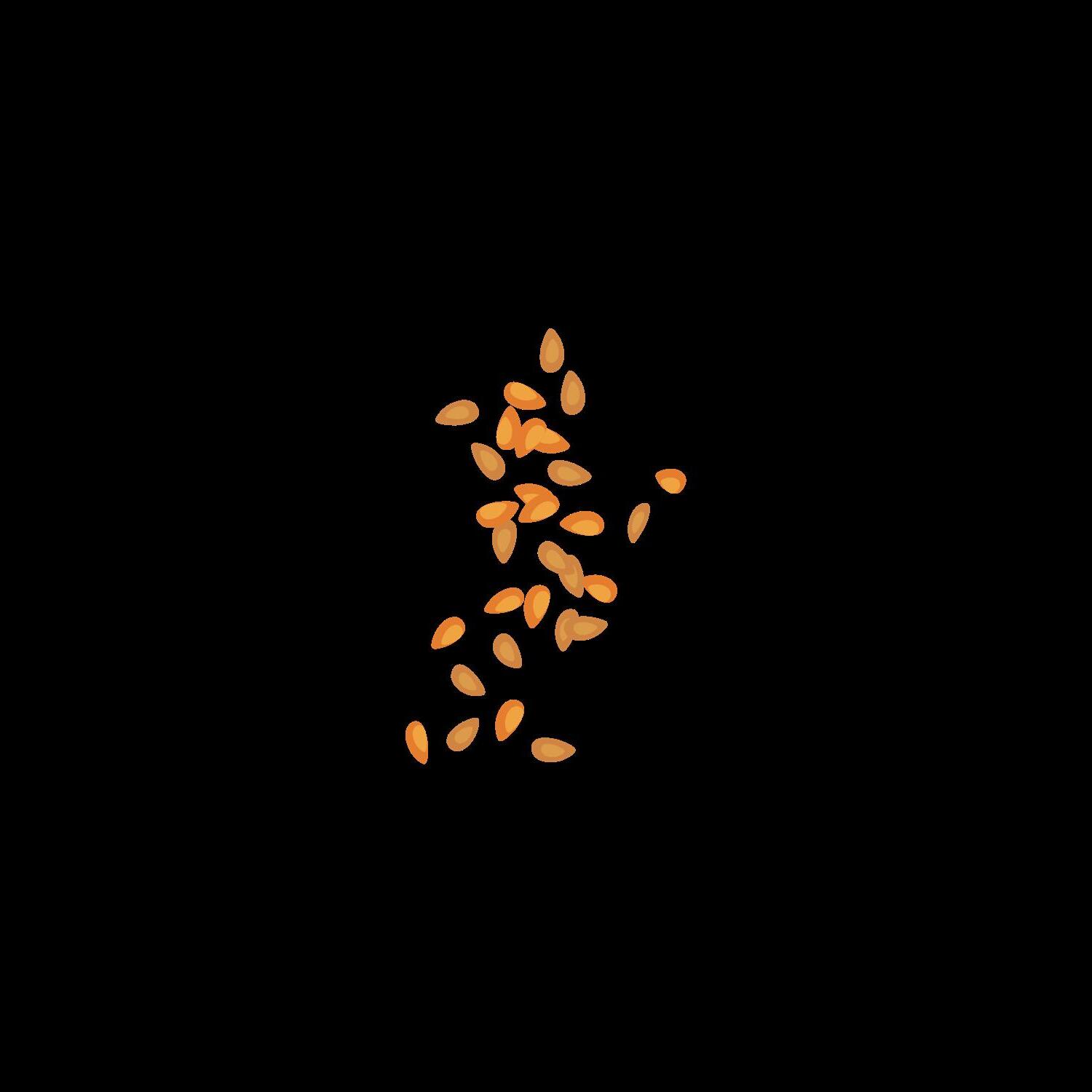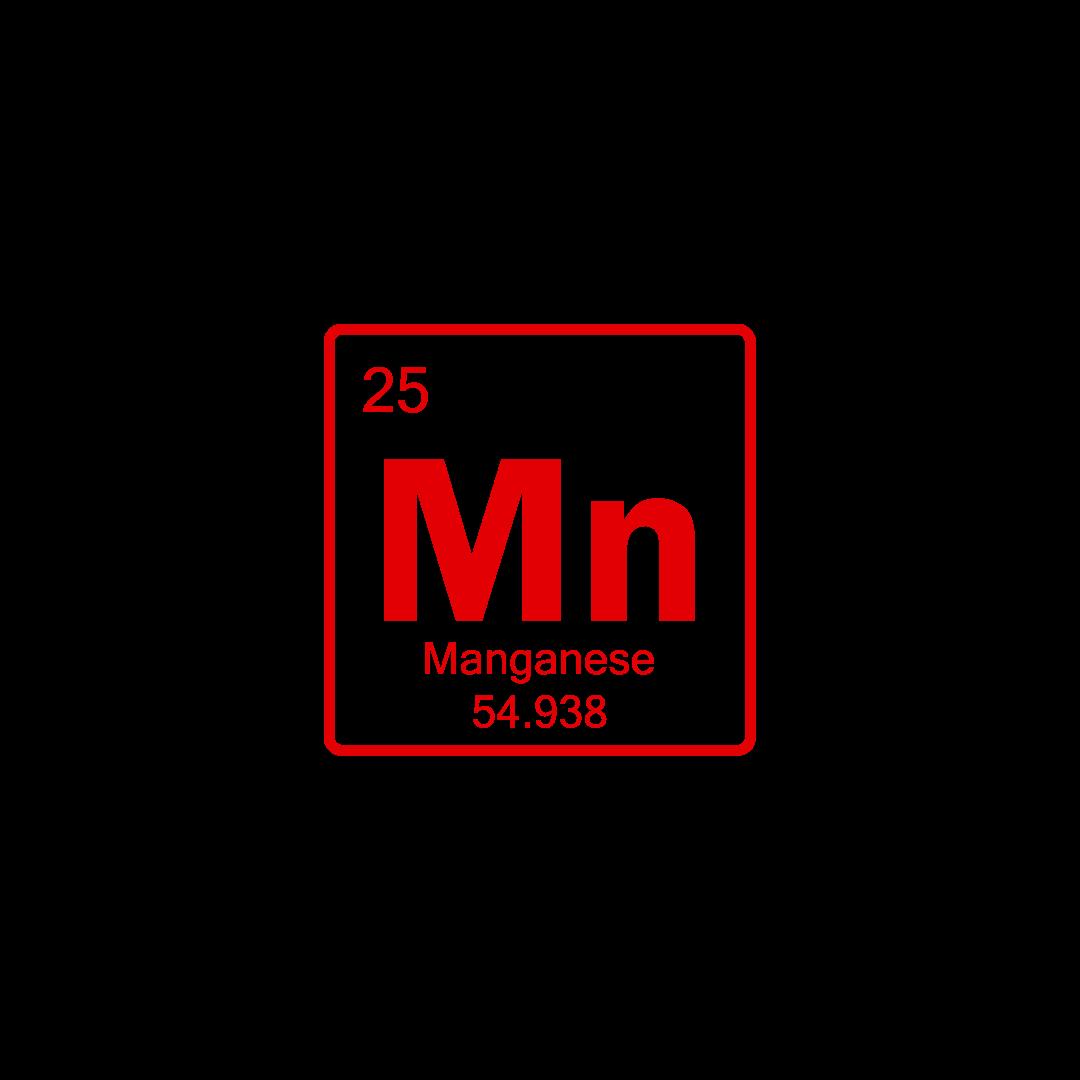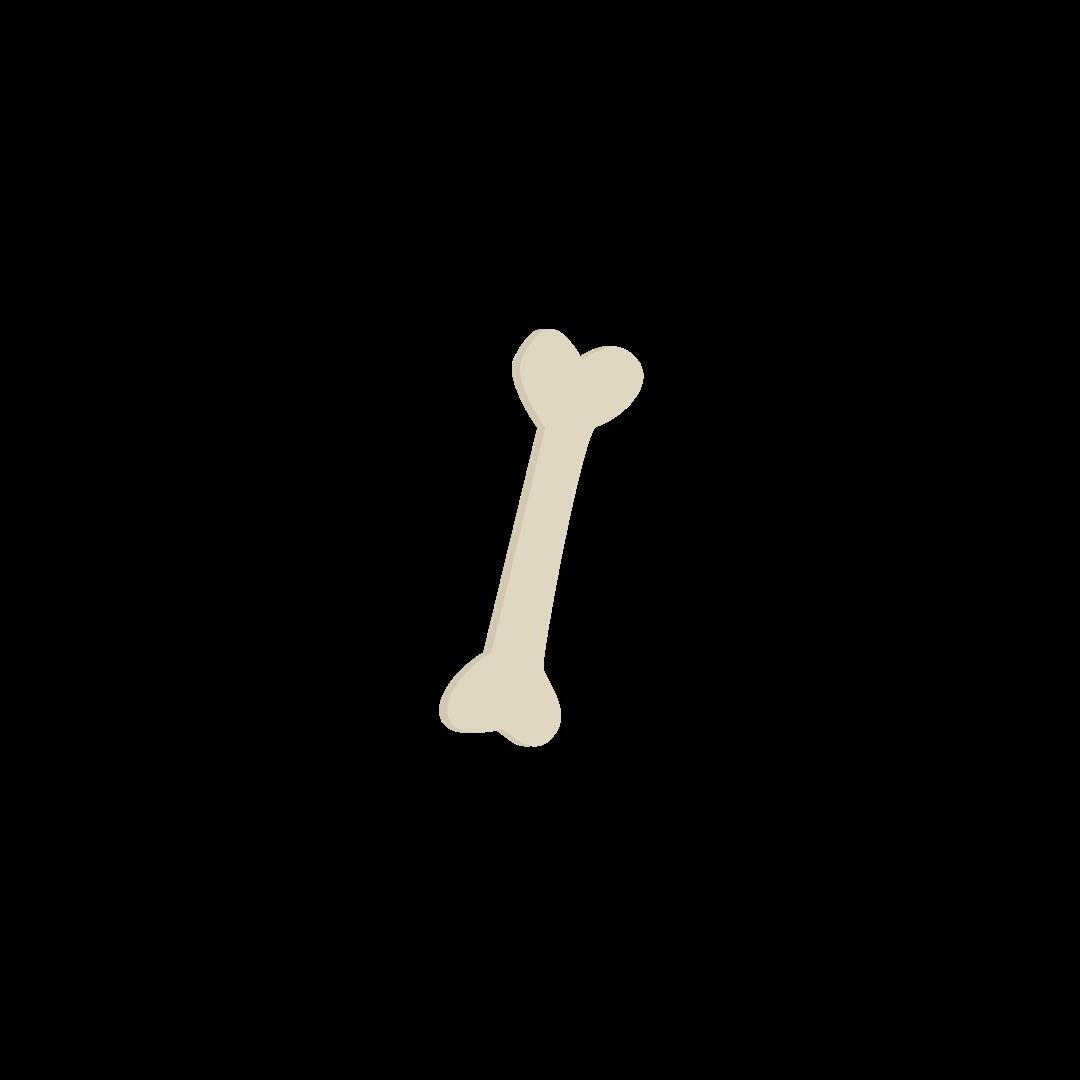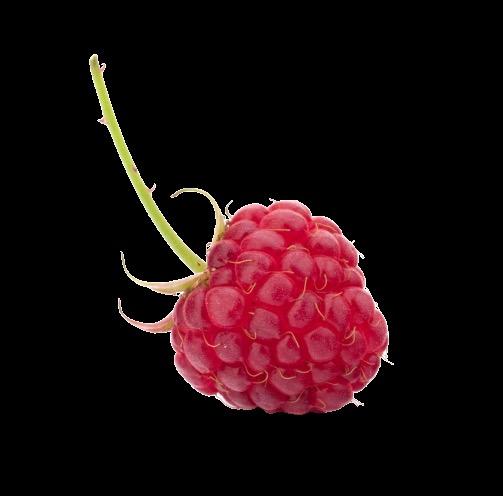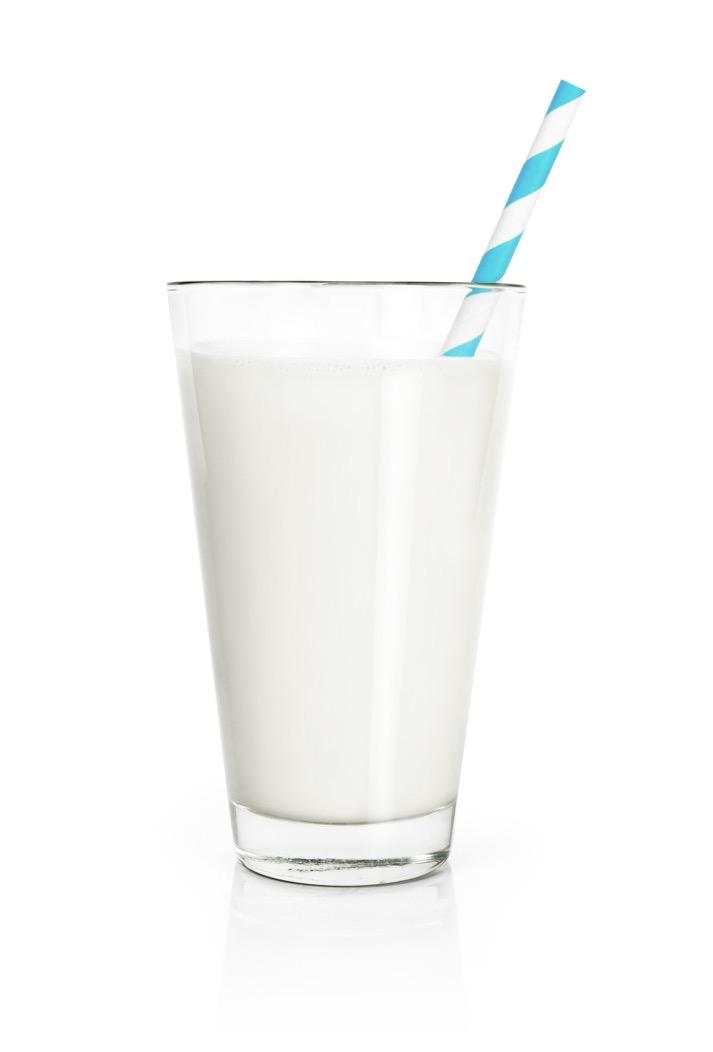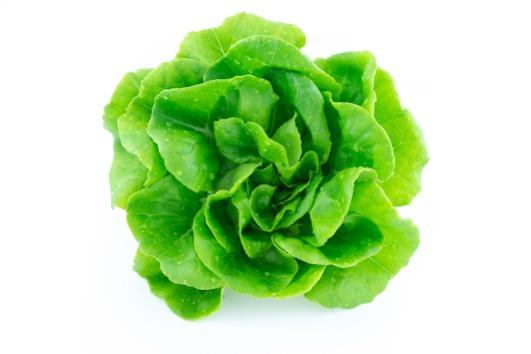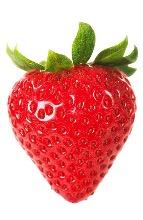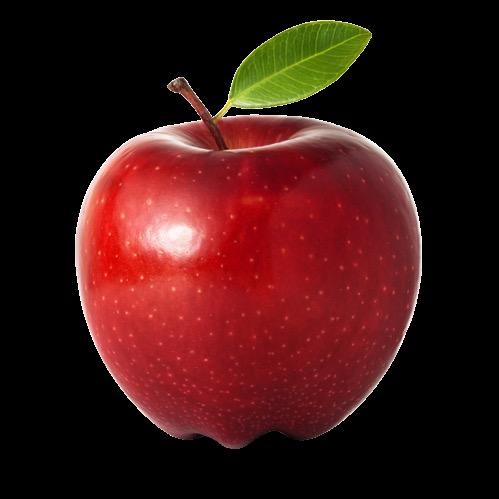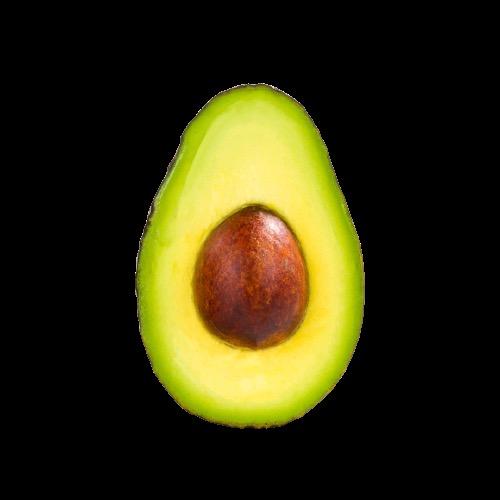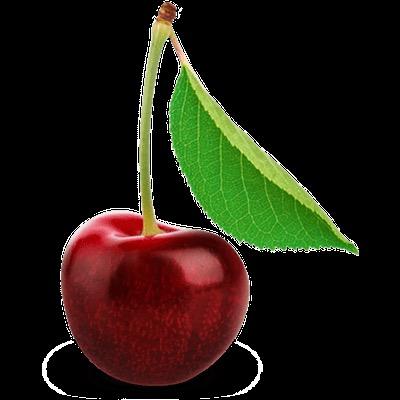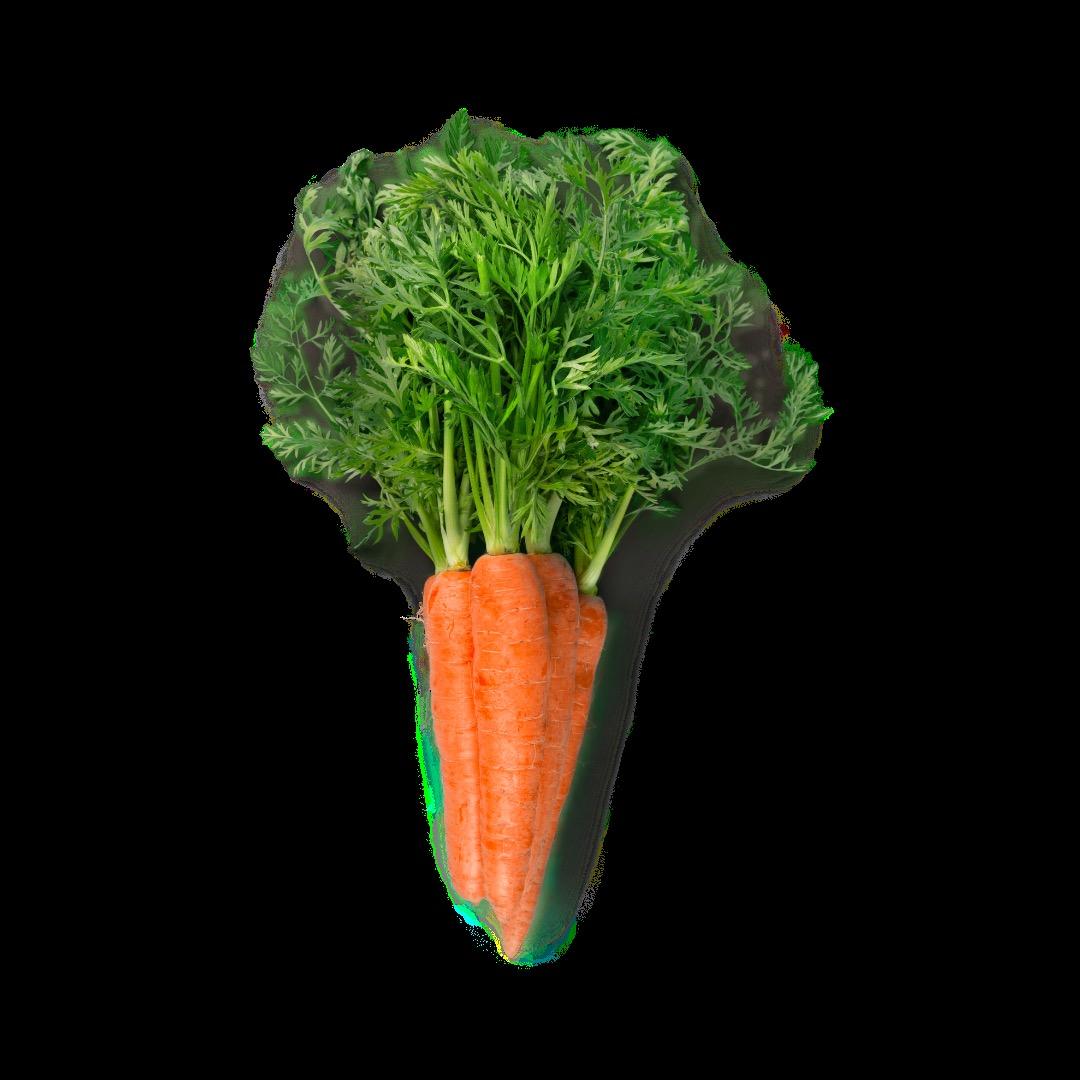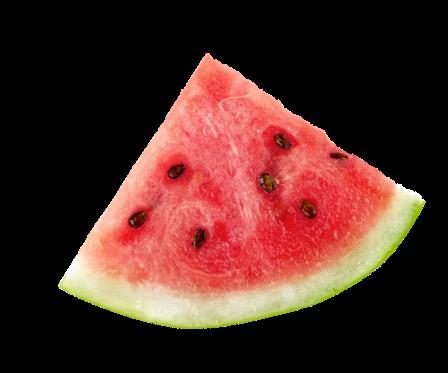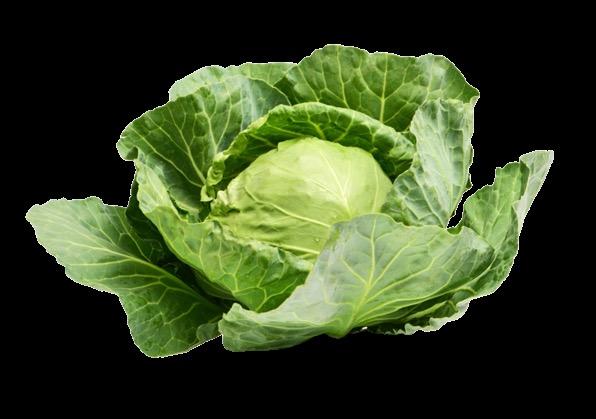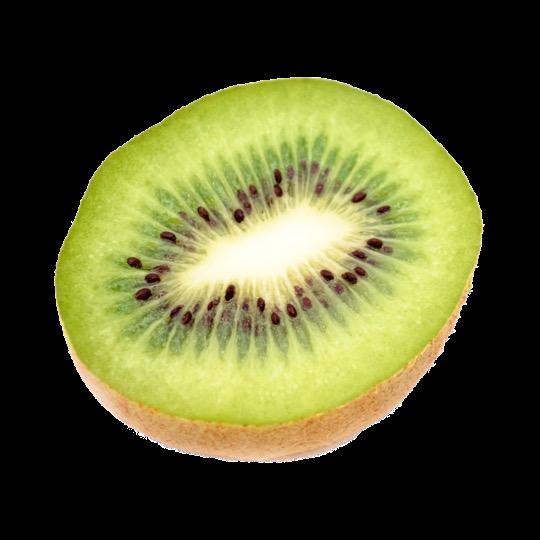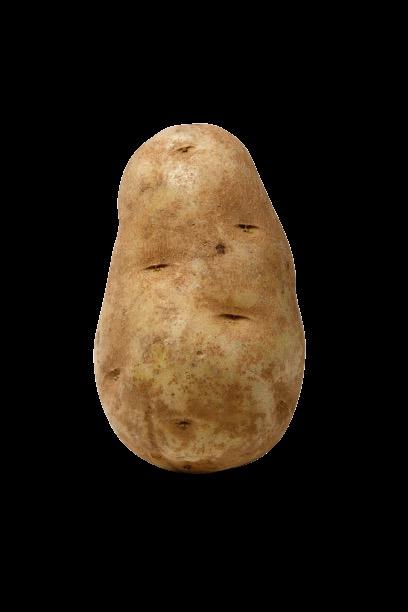Apples are one of the most widely cultivated tree fruits. The U.S. is home to approximately of apple orchards.
the Most Popular Varieties of Apples:
Red Delicious
Golden Delicious
There are
2,500+
apples apples are Most apples are HAND-PICKED An apple blossom is the flower that comes from an apple tree. different varieties of apples are grown in the U.S.
Apple trees take 4- 8 years to start producing fruit.
Fiber Fiber supports movement through the digestive system.
Fiber is a type of carbohydrate that the body doesn’t digest; it simply passes through.
Soluble fiber dissolves in water…it helps regulate blood sugar levels and removes cholesterol from
Insoluble fiber is sometimes referred to as “roughage. ”
2 types of fiber:
1. Soluble fiber
Insoluble fiber
Fiber is ONLY found in plant foods.
Dairy & meat products do not have any fiber.
Fiber helps to regulate the body’s use of sugar.
Insoluble fiber does not dissolve in water…it helps food move throughout the digestive system.
BOTH forms of fiber are important & beneficial to overall health.
Sweet Potatoes Sweet potatoes are a type of starchy root vegetable.
Root vegetables are grown underground!
There are 400+ different varieties of sweet potatoes.
Sweet potato roots are harvested 90120 days after planting.
Sweet potatoes are a great source of vitamins and minerals!
Sweet potatoes are a very popular Thanksgiving side dish.
Jewel most popular variety of sweet potato.
Sweet potatoes and yams are NOT the same thing!
Sweet potatoes can be orange, yellow, red, white or purple.
Orange sweet potatoes are the SWEETEST .
Potassium Potassium supports balancing fluid in the body & proper function of the muscles and
Once potassium enters the body, it functions as an electrolyte
Electrolytes help amount of water in the body.
Helps to keep the body potassium is found in
The body is made helps promote
Potassium helps to regulate the
Potassium helps to regulate contractions.
Many runners eat foods high in potassium before a run to prevent muscle cramps.
Grapes Grapes are a type of berry that grows in clusters.
Grapevines can reach up to 50 feet in length.
1 grape cluster contains around 75 grapes.
B Vitamins B Vitamins help support the body’s energy levels, brain function & cell metabolism
essential B vitamins:
Vitamin B1, Vitamin B2, Vitamin B3, Vitamin B5, Vitamin B6, Vitamin B7, Vitamin B9 & Vitamin B12.
Water is needed to help the body absorb B vitamins.
B5, B12, C and E knock on your door…what do you do?
In-Vitamin!
B vitamins helps the body make energy from food.
The body cannot store most B vitamins, so they need to be regularly consumed.
B vitamins plays a role in serotonin production.
Serotonin makes us feel happy
Green Beans Green beans are kidney beans that are harvested at a young age.
Green beans taste best when they are thinner than a pencil.
Green beans are the 3rd most homegrown vegetable
Bush & pole are the 2 main types of green beans. 130+ varieties of green beans.
Green beans are also known as string or snap beans.
Calcium Calcium supports healthy bones as well as proper blood
Calcium is the most abundant chemical element in the Earth’s crust.
99% of the body’s calcium is stored in the bones
blood, muscles & other tissues. muscles
Calcium helps form bones and teeth and keep them healthy. heart health.
Calcium helps to heal cuts & wounds.
Calcium is the MOST abundant mineral in the human body.
Oranges Oranges are a type of citrus fruit known for their sweet, juicy pulp & leathery rind
Popular Types of Oranges: 1. Navel
2. Hamlin
3. Valencia
There are over 600 varieties of oranges.
oranges are
One orange tree can grow THOUSANDS oranges in its lifetime! = of orange juice!
Sub-tropical climates are ideal for growing oranges.
Vitamin C Vitamin C supports the immune systemthe body’s defense against infections.
ENERGY booster! Vitamin C is also referred to as “ascorbic acid.”
Vitamin C is an antioxidant. Antioxidants help protect against damage caused by exposure to harmful substances in the environment.
The body cannot make vitamin C on its own - it has to come from food.
Vitamin C helps keep you happy & healthy! What do you call a vitamin that improves your eyesight?
A Vitamin C! Vitamin C is a very important vitamin for healthy gums & teeth.
Cauliflower Cauliflower is a cruciferous vegetable
Cauliflower is white due to its leaves protecting it from the sun
The BIGGER the cauliflower head, the BIGGER the flavor!
Cauliflower is a coolseason crop.
Cauliflower plants can grow to be 1.5 feet tall.
“Cabbage Flower” Cauliflower is a superfood!
the most common.
Cauliflower can also be green, purple, orange, brown & yellow!
There are H U N D R E D S of different varieties of cauliflower.
Vitamin K Vitamin K supports proper blood function, bone growth & kidney health. The body has the ability to create vitamin K on its own.
2 main forms of vitamin K: K1 and K2.
Vitamin K is a fat-soluble which means… It absorbs better into the body when eaten with foods with some fat like olive oil or avocados!
Vitamin K helps the body heal from wounds.
Vitamin K helps produce proteins that bind themselves to calcium - this helps build strong bones.
Vitamin K supports heart health.
Vitamin K is found throughout the body in the liver, brain, heart, pancreas & bones.
Vitamin K plays a role in proper blood function- specifically with clotting.
Pears Pears are a type of pome fruit – fruits that have a “core” and several small seeds.
Pears used to be called
Over varieties of pears. The wood from pear trees is often used to make musical instruments.
Pears known to be the most fragile fruit.
The most common types of pears are Anjou, Bartlett, Bosc, Comice & Forelle.
Pears ripen best after they are picked.
Pears are a part of the rose family.
The majority of pears grown in the U.S. are grown on the west coast. Pear trees grow to be around 40 feet tall.
Copper Copper supports the creation of red blood cells
Red blood cells help oxygen because their plants roots absorbed them.
Copper helps the brain function properly.
Most copper in the body is found in the liver, brain, kidneys & skeletal muscles.
Copper is known as an essential nutrient
Copper plays a role in helping the body turn food in energy!
Zucchini Zucchini are one of the most popular types of squash
Zucchinis have MORE potassium than a banana.
Zucchinis grow best in temperate climates.
1 zucchini plant can produce 3 - 10 pounds of zucchini.
More specifically, zucchini is a type of summer squash.
Zucchini are made water.
Zucchini are a type of “Courgette”
Zucchinis are in peak season from May - August.
edible and considered a delicacy.
The LARGEST zucchini ever grown was 69.5 inches long and weighed 65 pounds!
Vitamin C Vitamin C supports the immune systemthe body’s defense against infections.
ENERGY booster! Vitamin C is also referred to as “ascorbic acid.”
Vitamin C helps keep you happy & healthy!
Vitamin C is an antioxidant. Antioxidants help protect against damage caused by exposure to harmful substances in the environment.
The body cannot make vitamin C on its own - it has to come from food.
What do you call a vitamin that improves your eyesight?
A Vitamin C! Vitamin C is a very important vitamin for healthy gums & teeth.
Tomatoes Tomatoes are considered to be both a fruit & a vegetable!
1. Cherry
2. Grape
3. Roma
MANY Americans grow tomatoes in their own garden.
12,000+ TONS of fresh market tomatoes are grown/year in the U.S.
Tomatoes take 60 - 100 days to grow from seed to fruit.
Botanically, tomatoes are a season crop that LOVE the sun.
Vitamin A Vitamin A supports good more vivid colors during the day
How far can you read down this eye chart?
Vitamin A has antioxidant properties.
Vitamin A can help speed up the healing process of cuts & scrapes.
Vitamin A supports immune system to fight off infections.
Vitamin A is a fat-soluble vitamin.
Vitamin A is a fat-soluble vitamin – which means it absorbs better into the body when eaten with foods with some fat like avocados!
Plums 4
Plums are a type of stone fruit - a fleshy fruit that contains a hard “pit” inside.
Most Common Varieties of Plums:
1. Damson
2. Greengage
3. Victoria Plum
4. Mirabelle Plum
Dried plums are known as “prunes. ” Plums trees start to bloom in the early spring.
Plums are one of the MOST
Plums are grown on EVERY continent except Antarctica.
a unique color and flavor.
The total # of species of plums is unknown.
Plum trees grow to be around 20 - 33 feet tall. Plum trees can live for 20 - 30 years.
Fiber Fiber supports movement through the digestive system.
Fiber is a type of carbohydrate that the body doesn’t digest; it simply passes through.
Soluble fiber dissolves in water…it helps regulate blood sugar levels and removes cholesterol from
Insoluble fiber is sometimes referred to as “roughage. ”
2 types of fiber:
1. Soluble fiber
Insoluble fiber
Fiber is ONLY found in plant foods.
Dairy & meat products do not have any fiber.
Fiber helps to regulate the body’s use of sugar.
Insoluble fiber does not dissolve in water…it helps food move throughout the digestive system.
BOTH forms of fiber are important & beneficial to overall health.
Cucumbers Cucumbers are technically fruits since they & contain seeds.
There are cucumbers.
1 vine can produce 25 - 125 cucumbers of cucumbers seeds.
World Cucumber Day is June 14th!
Cucumbers grow on Bees are pollination of cucumbers.
Hydration Hydration is the process of replacing fluids Water is the body’s main source of hydration.
The body’s 6 essential nutrients: carbohydrates, proteins, fats, vitamins, minerals & WATER ! helps convert food
Hydration helps regulate body’s temperature
Water helps carry nutrients & oxygen to all the cells in the body.
Proper hydration can help to improve moods.
The body is better at fighting off when properly hydrated.
Sleep quality can improve when the body is hydrated.
Many fruits & vegetables have a high water content, making them hydrating to eat.
Peaches Peaches are a type of stone fruit - a fleshy fruit that contains a hard “pit” inside.
Peaches come in two main categories – clingstone & freestone.
Freestone peaches are the most common.
There are over 300 varieties of peaches.
Peaches take 3-5 months to grow once pollinated.
1 peach tree can produce up to 66 pounds of fruit each year.
Peaches are in peak season from June - the end of August.
Peach trees can produce fruit for 12 years. Peach trees usually grow to be around 25 feet tall.
Vitamin C Vitamin C supports the immune systemthe body’s defense against infections.
ENERGY booster! Vitamin C is also referred to as “ascorbic acid.”
Vitamin C is an antioxidant. Antioxidants help protect against damage caused by exposure to harmful substances in the environment.
The body cannot make vitamin C on its own - it has to come from food.
Vitamin C helps keep you happy & healthy! What do you call a vitamin that improves your eyesight?
A Vitamin C! Vitamin C is a very important vitamin for healthy gums & teeth.
Broccoli Broccoli is a related to cabbage, kale, cauliflower & others.
1.
2. Heading
Pronounced · fr· uhs
Broccoli The word broccoli means “the flowering top of a cabbage. ”
Broccoli is a part of the brassica family.
All broccoli
Broccoli grows during the
Vitamin K 2 main forms of vitamin K: K1 and K2.
The body has the ability to create vitamin K on its own.
Vitamin K helps the body heal from wounds.
Vitamin K is a fat-soluble which means… It absorbs better into the body when eaten with foods with some fat like olive oil or avocados
Vitamin K helps produce proteins bind themselves to calcium - this helps build strong bones
Vitamin K supports heart health.
Vitamin K is found throughout the body in the liver, brain, heart, pancreas & bones.
Vitamin K plays a role in proper blood function- specifically with clotting.
Blueberries Blueberries are a type of fruit known for their mildly tarte taste.
Types of Blueberries: The U.S. is home to around 102,000 acres of blueberries.
Blueberries are native to North America.
4 JULY is National Blueberry Month!
Highbush blueberries are the most common.
The waxy coating on blueberries is called “bloom.”
1 blueberry bush can produce 6,000 blueberries/year.
Blueberries are one the only food naturally blue in color.
Lowbush blueberries are smaller & sweeterperfect for making jam!
B Vitamins B Vitamins help support the body’s energy levels, brain function & cell metabolism
essential B vitamins:
Vitamin B1, Vitamin B2, Vitamin B3, Vitamin B5,
Vitamin B6, Vitamin B7, Vitamin B9 & Vitamin B12.
Water is needed to help the body absorb B vitamins.
B5, B12, C and E knock on your door…what do you do? blood cells.
B vitamins helps the body make energy from food.
be regularly consumed.
B vitamins plays a role in serotonin production. Serotonin makes us feel happy
Spinach Spinach is a nutritious, leafy green
Main Types of Spinach:
1. Savoy
2. Semi Savoy
3. Flat
The U.S. harvests around 960,000 pounds of spinach each year.
Spinach is a part of the goosefoot family of the shape of its leaves.
F R E S H spinach is the B E S T spinach!
Flat spinach is the best known & most popular.
Late spring/early spinach season.
Spinach prefer to grow in cooler climates. of its major nutrients after harvesting.
Spinach thrives when grown in sandy soils.
Iron Iron carries oxygen in the blood, supports the immune system & proper brain function
2 forms of iron: Heme & Non-heme. comes from animal meat and is easily absorbed into the body after eaten. comes from plant foodslike spinach!
Iron is found in EVERY cell of the body.
Non-heme sources of iron are best absorbed into the body when eaten with a source of vitamin C, like an orange.
Iron helps muscles function by carrying oxygen to their cells.
Supports a healthy immune system.
Human blood is RED because of iron and oxygen reacting with each other.
The body uses iron to make hemoglobin.
80% of the Earth’s crust is composed of iron.
Hemoglobin helps carry and transport oxygen in the blood to other parts of the body…like a backpack!
Strawberries fruit to ripen in the spring.
2. Ever-bearing 3. Day-neutral
strawberry has ONLY fruit with seeds on the outside.
Peak strawberry harvesting season lasts from April through June.
Manganese Manganese supports the body’s energy levels & protecting its cells from damage.
brain health . Foods like strawberries absorb minerals through their roots.
Manganese is
Manganese helps
helps the body blood clots helping wounds heal faster! against infections.


